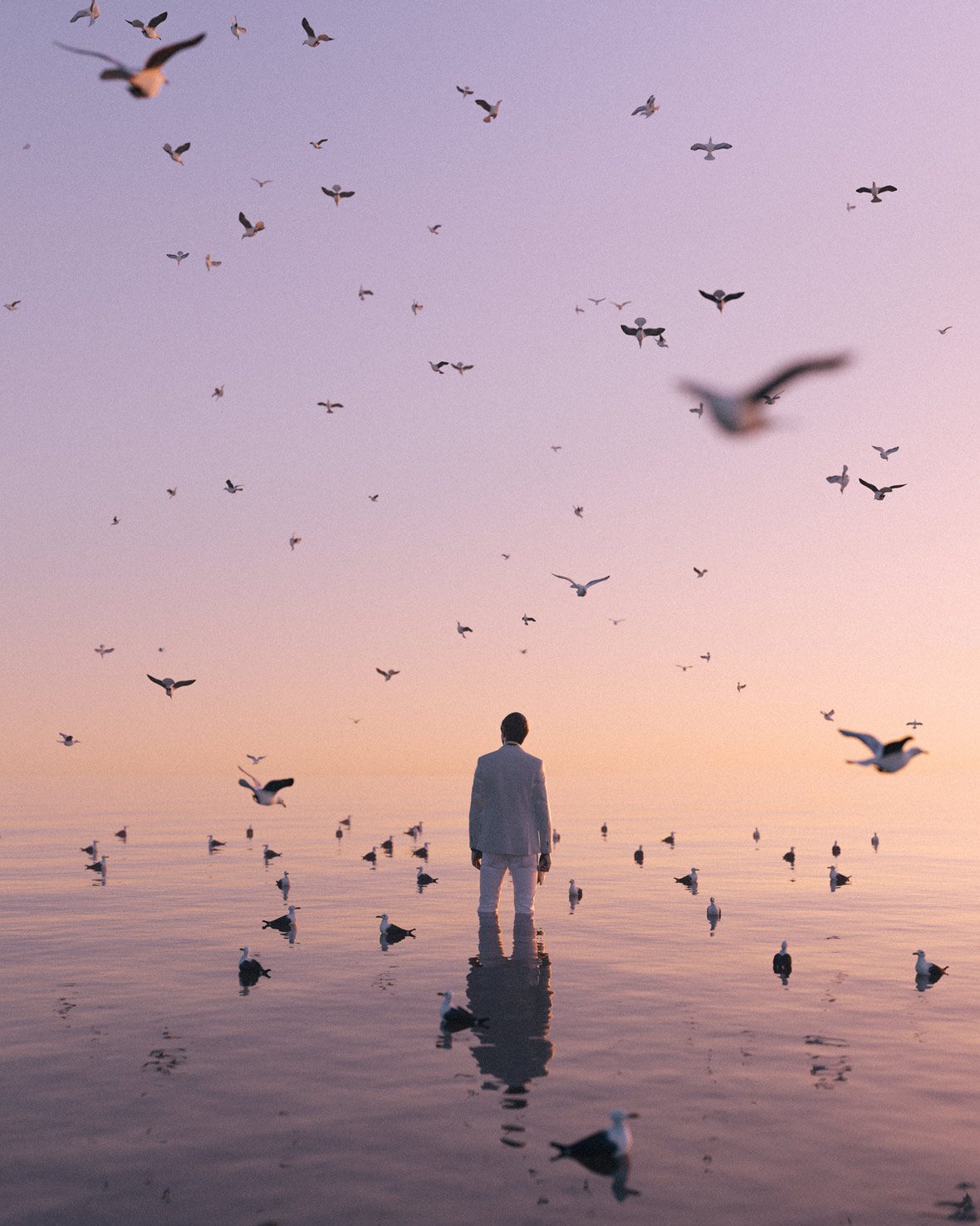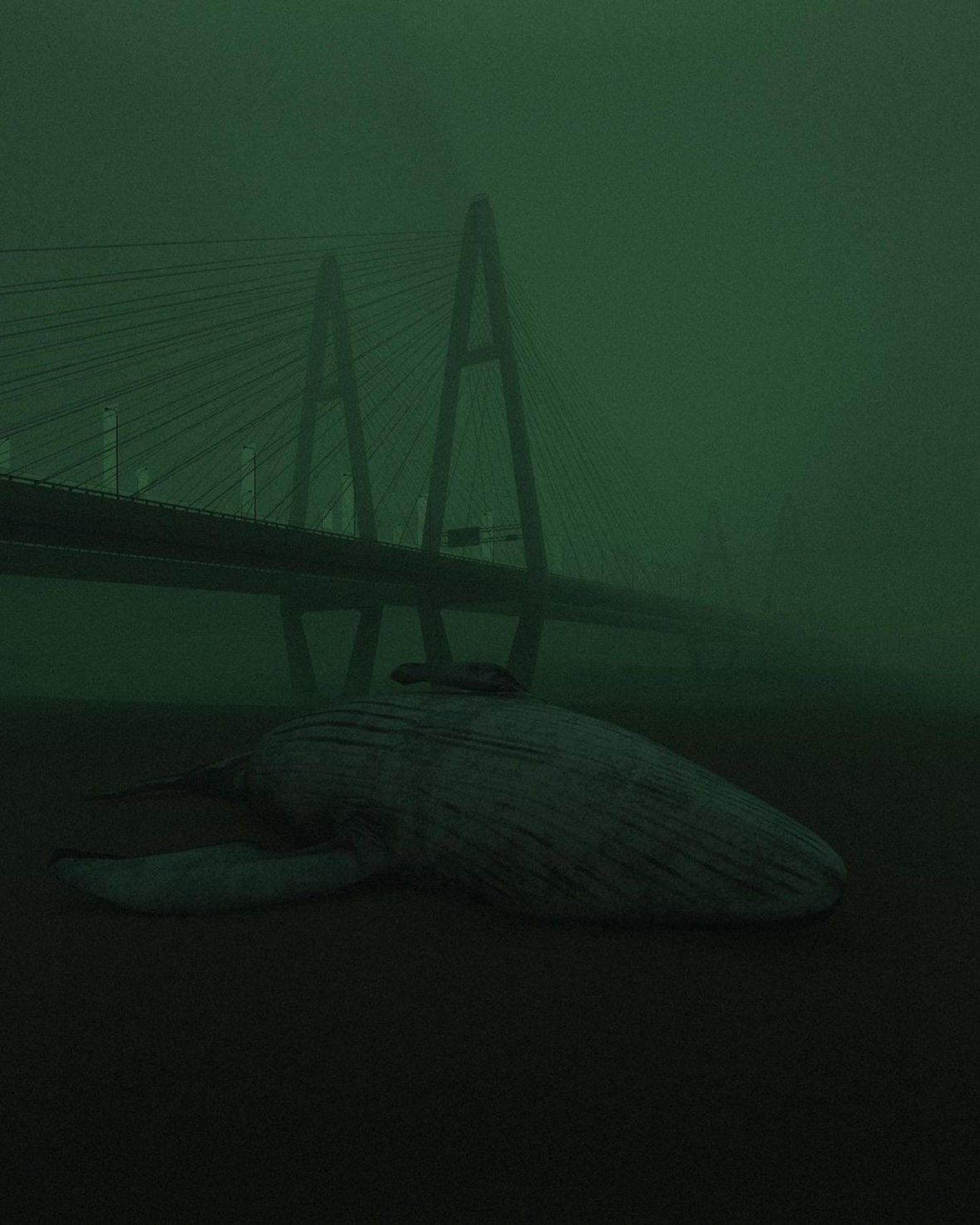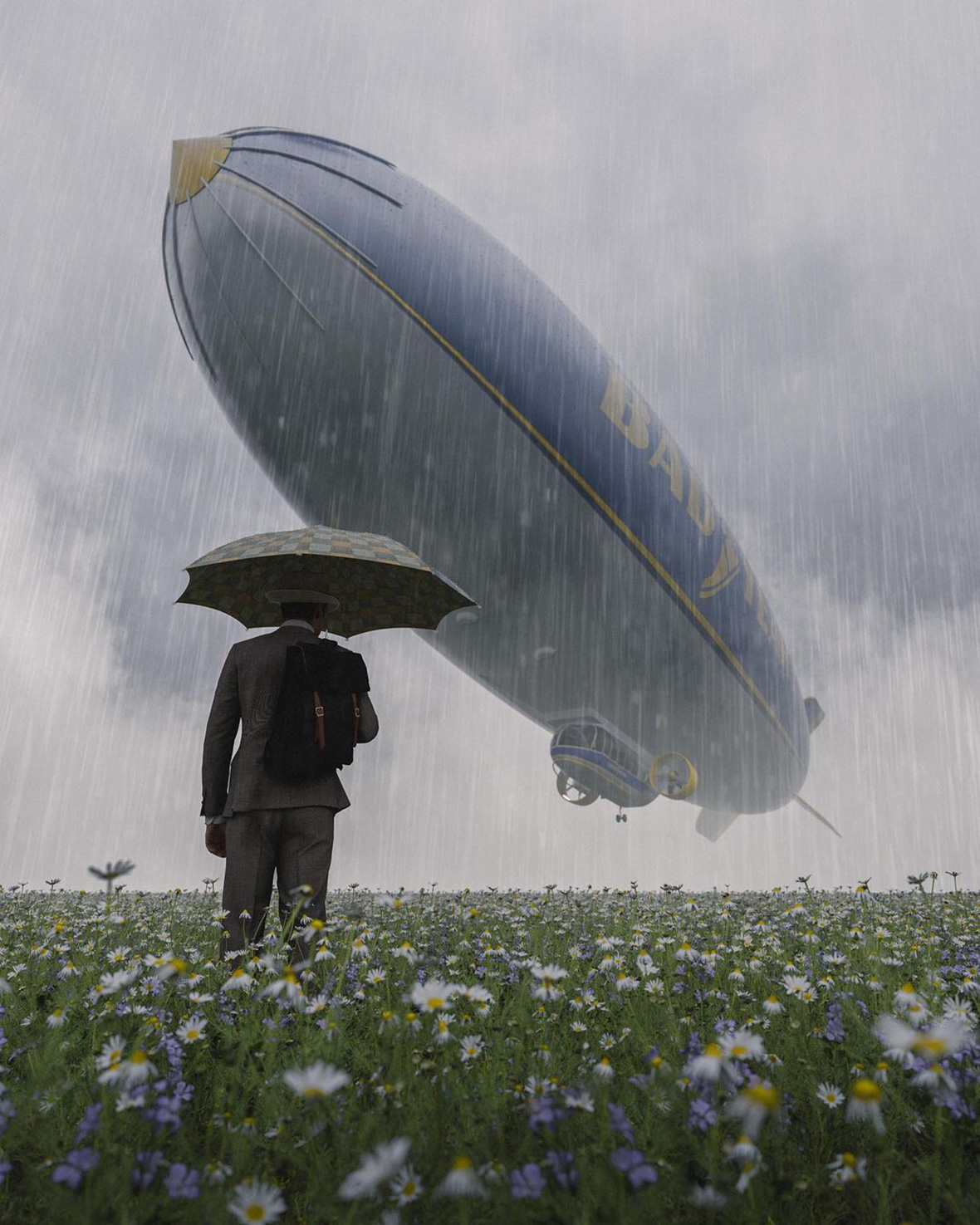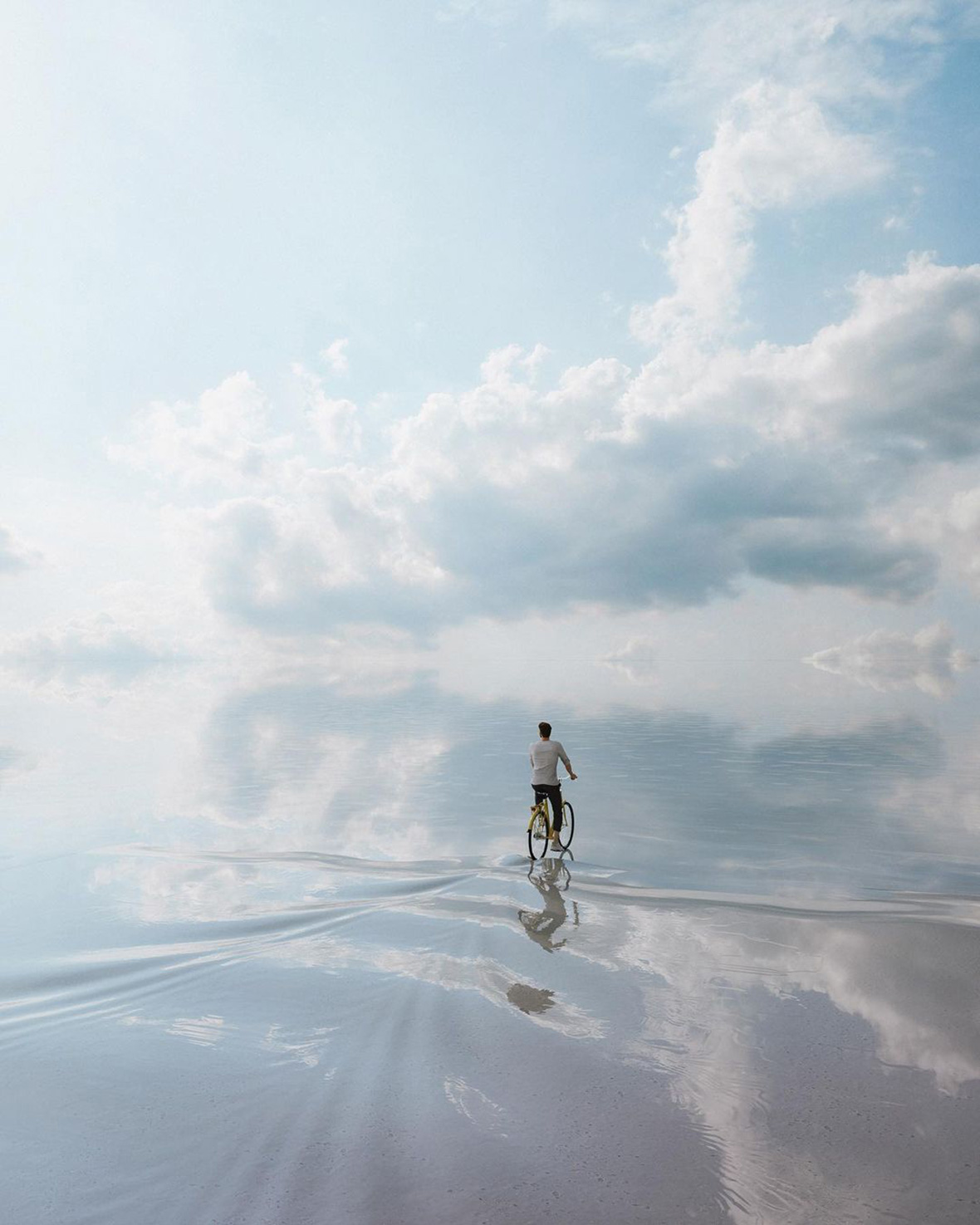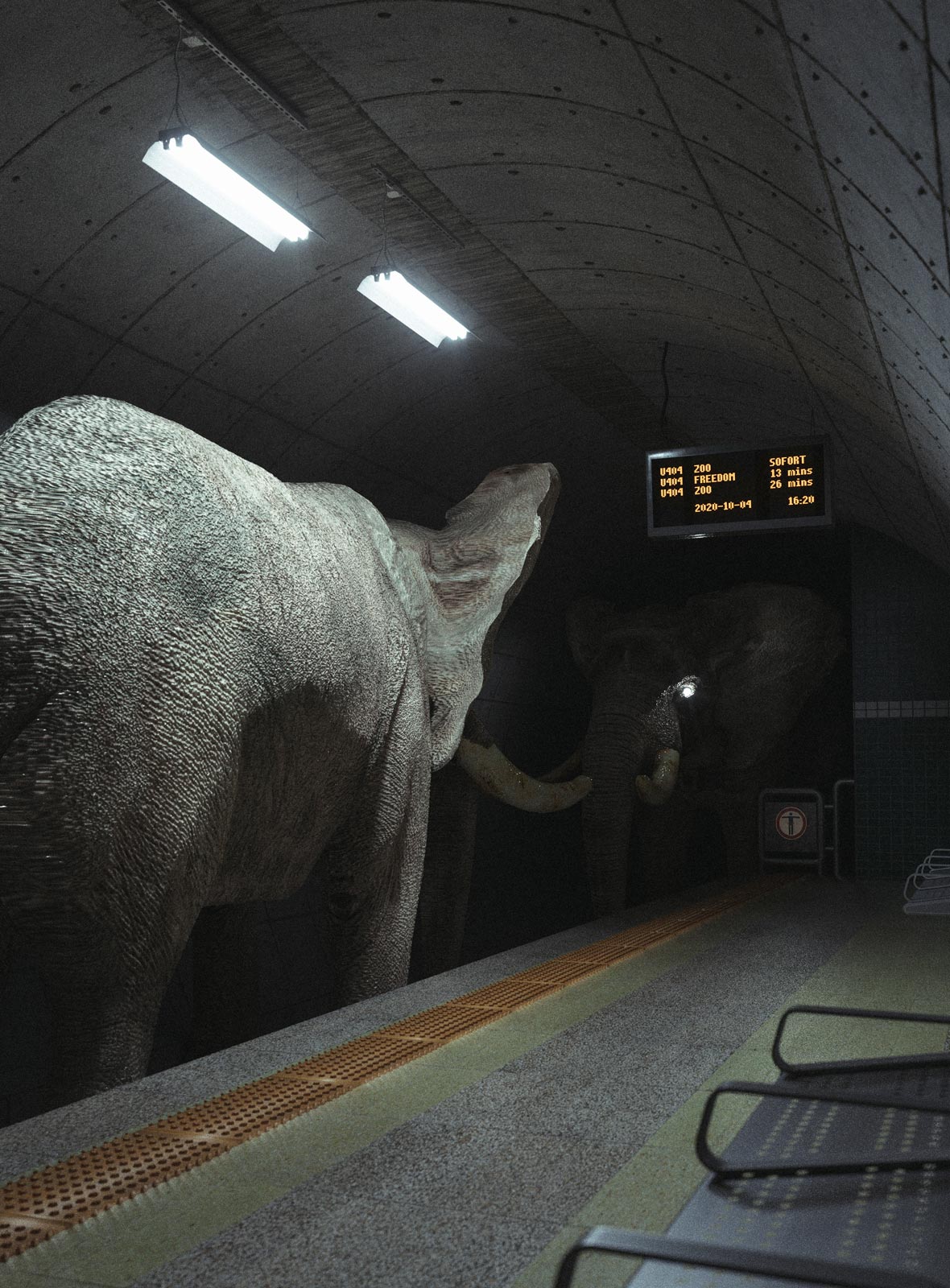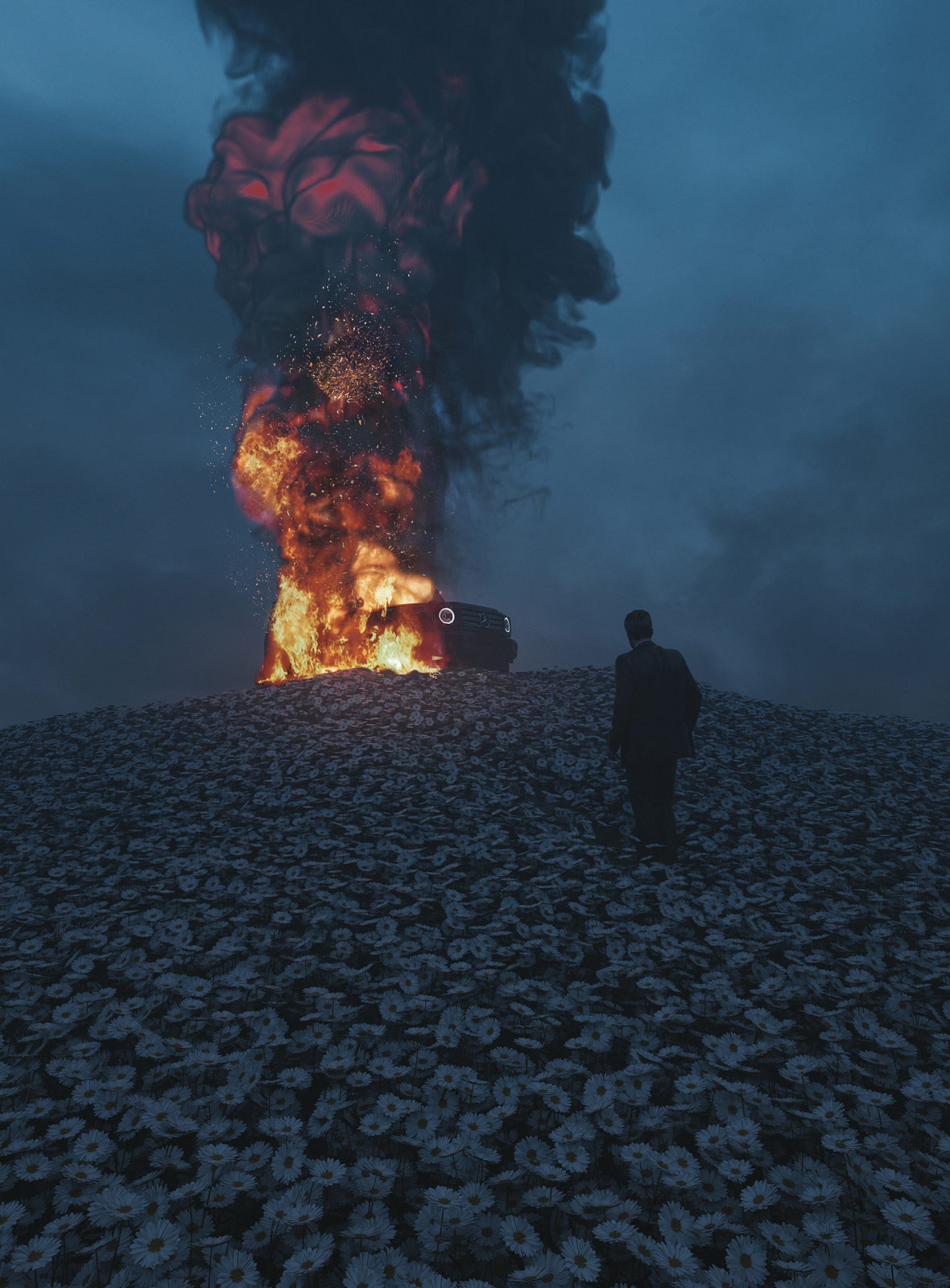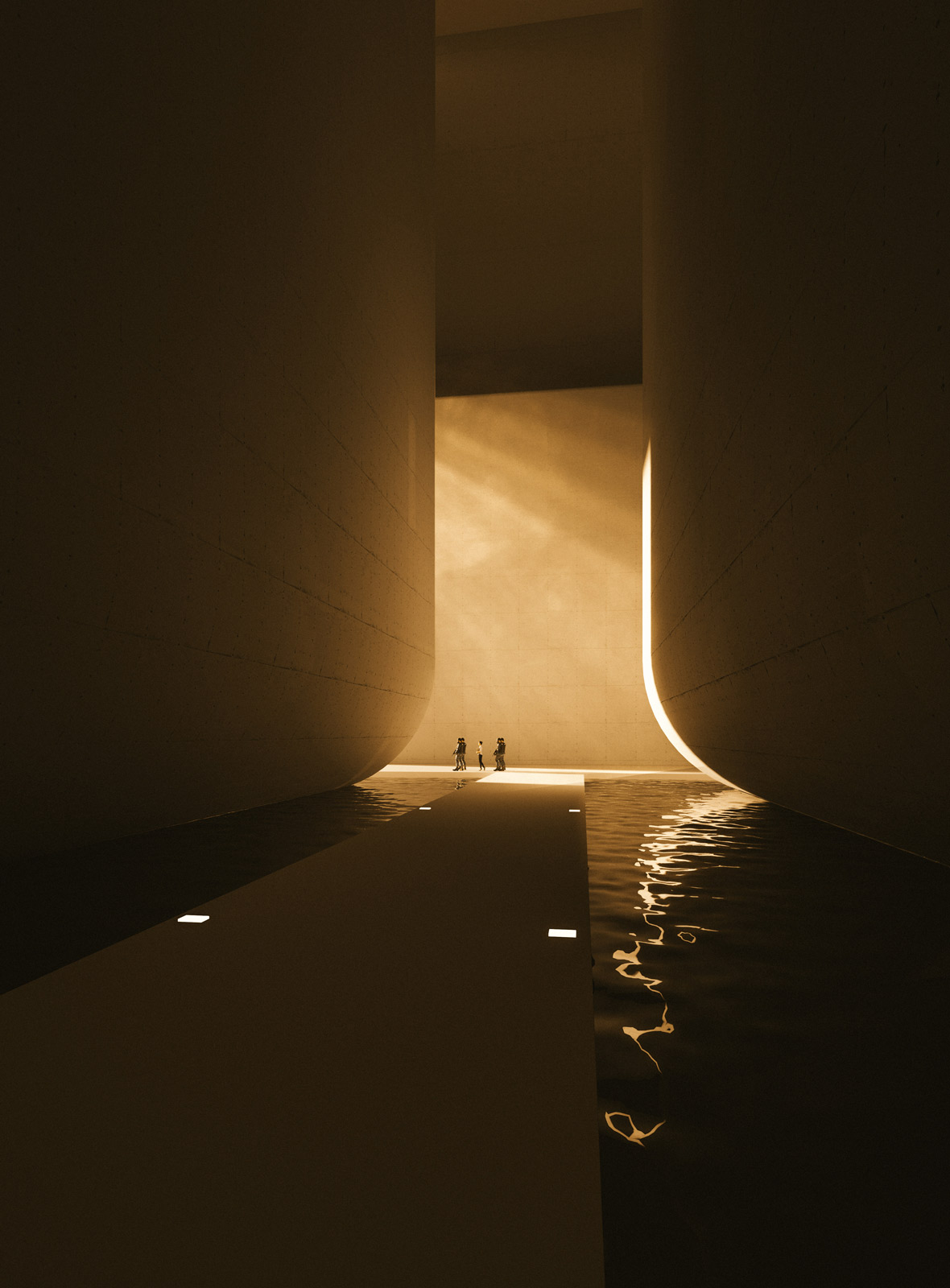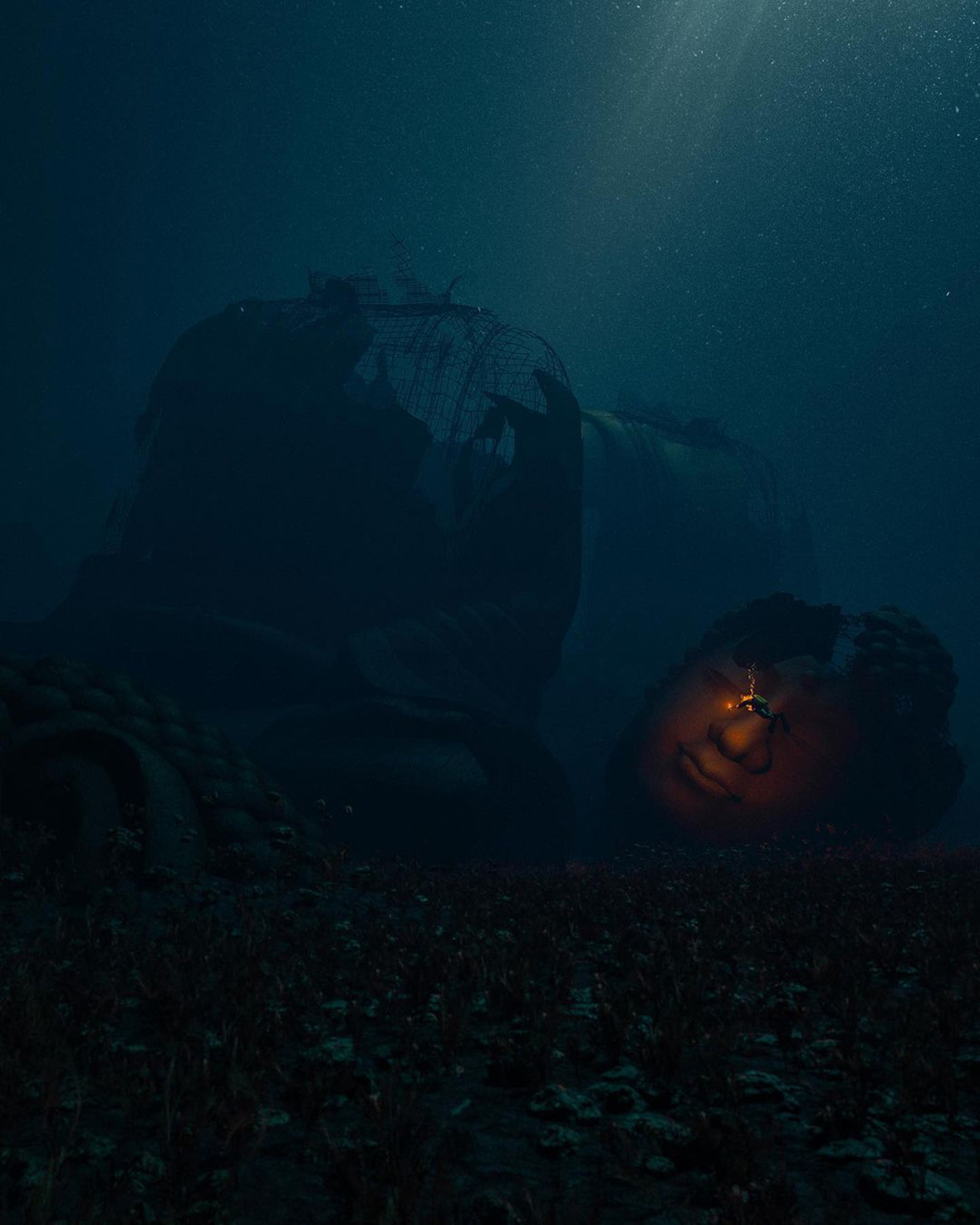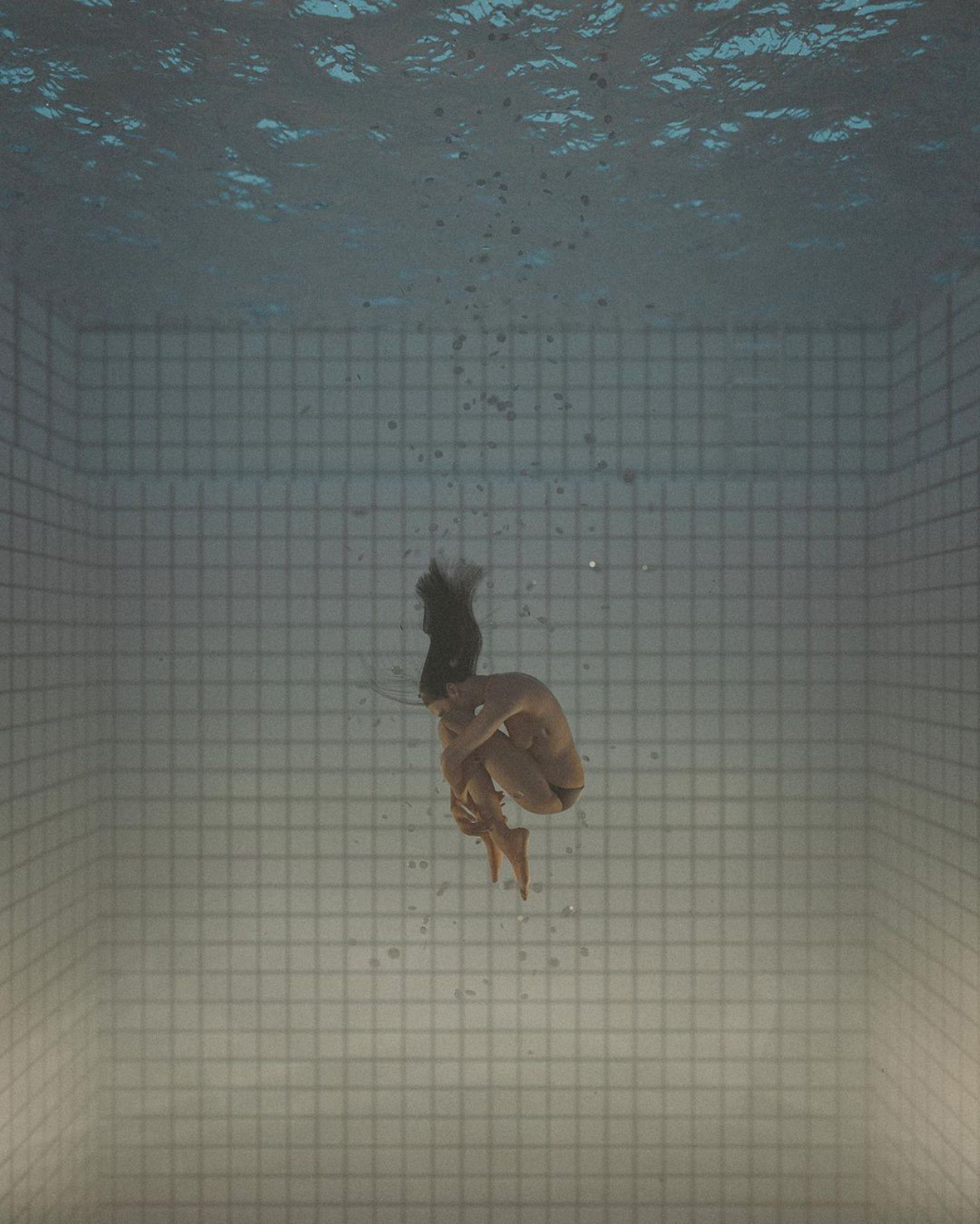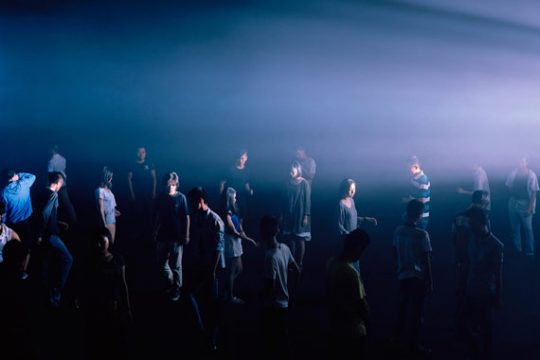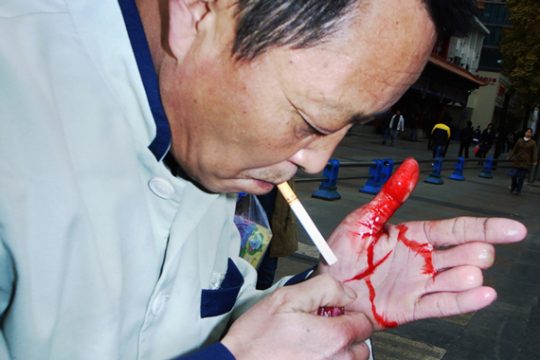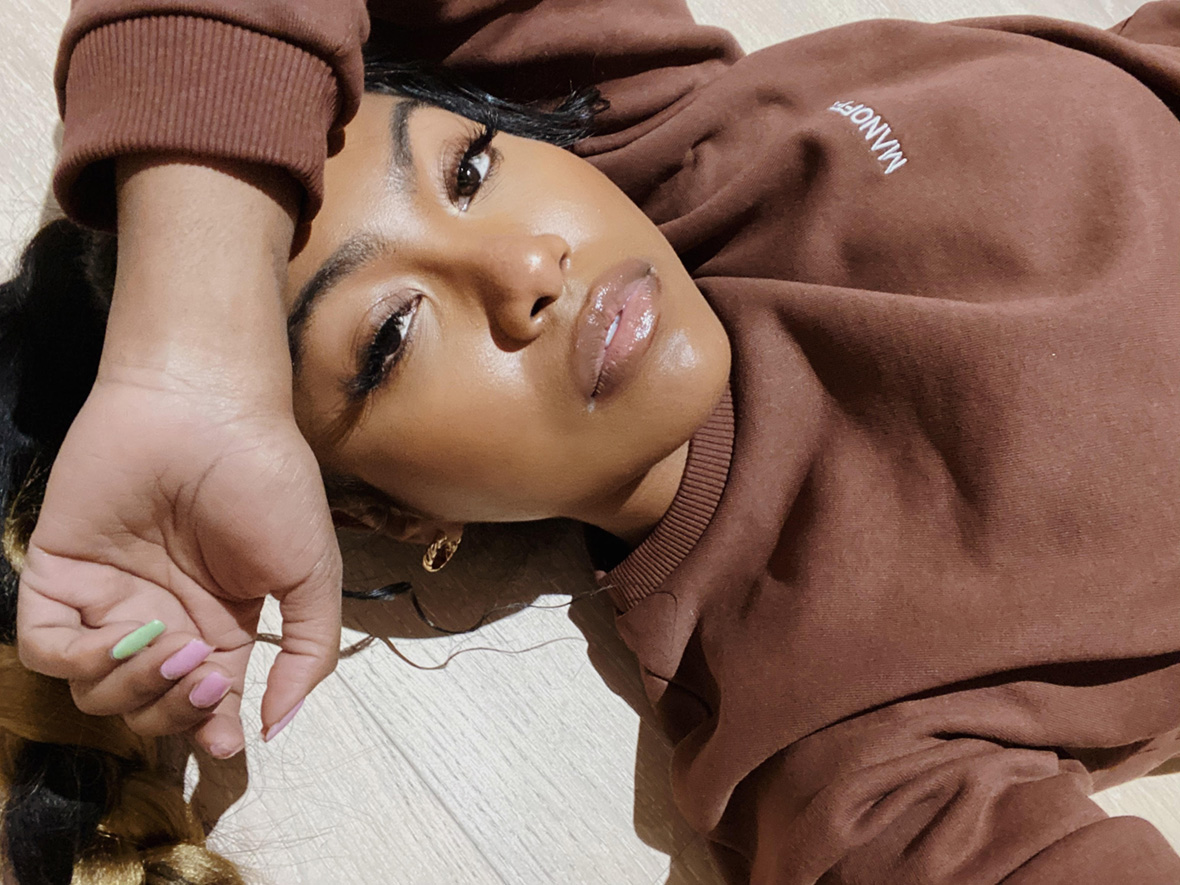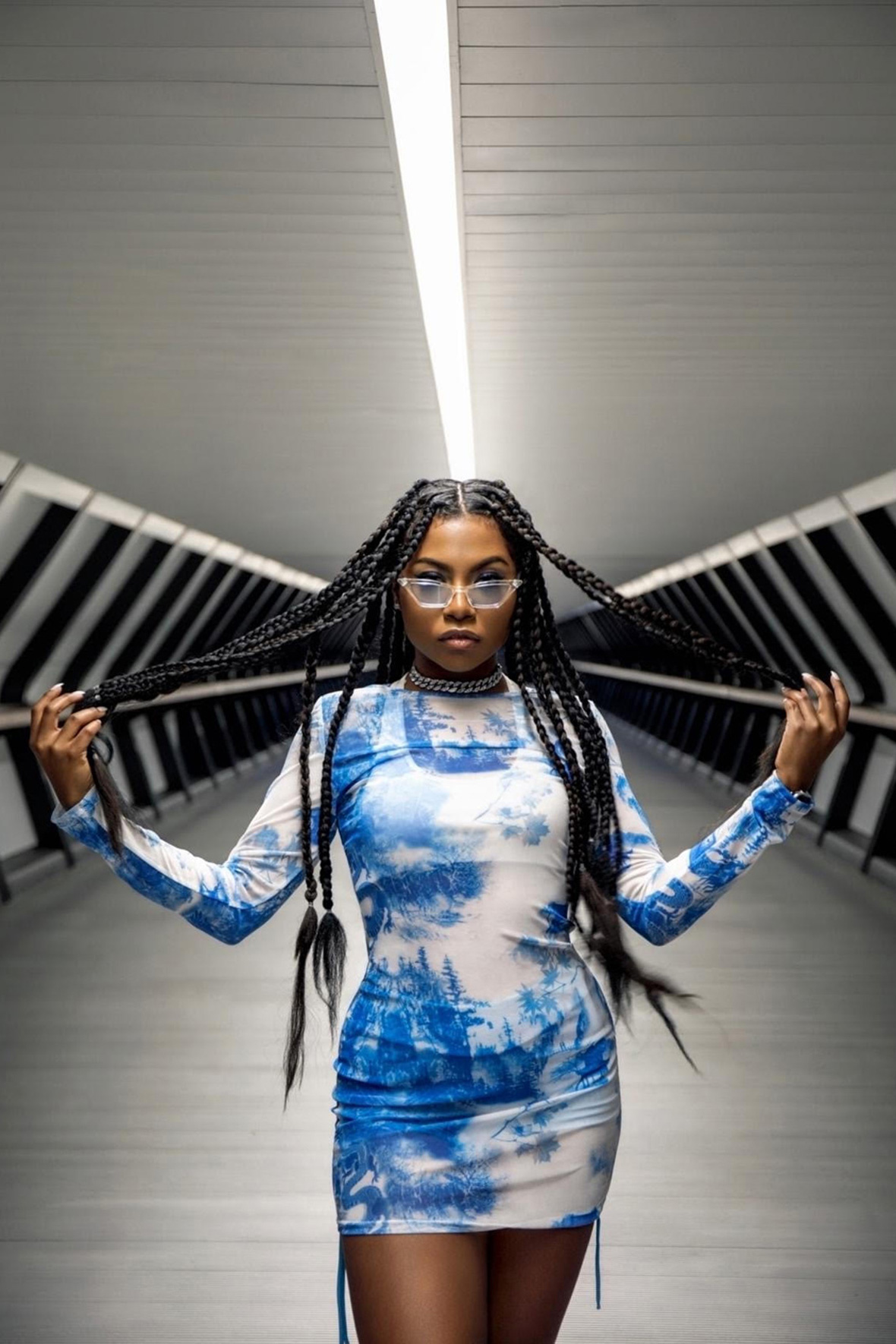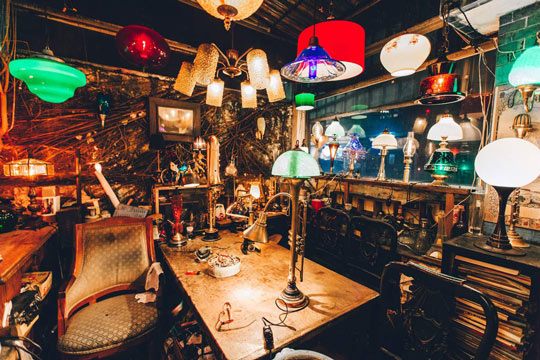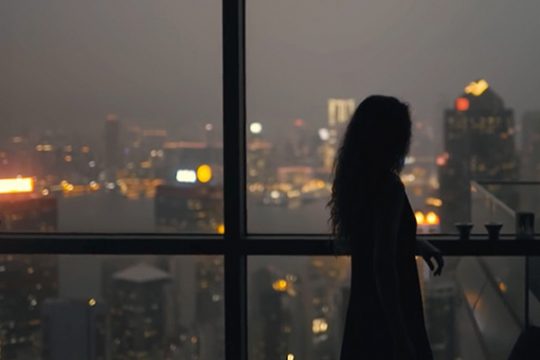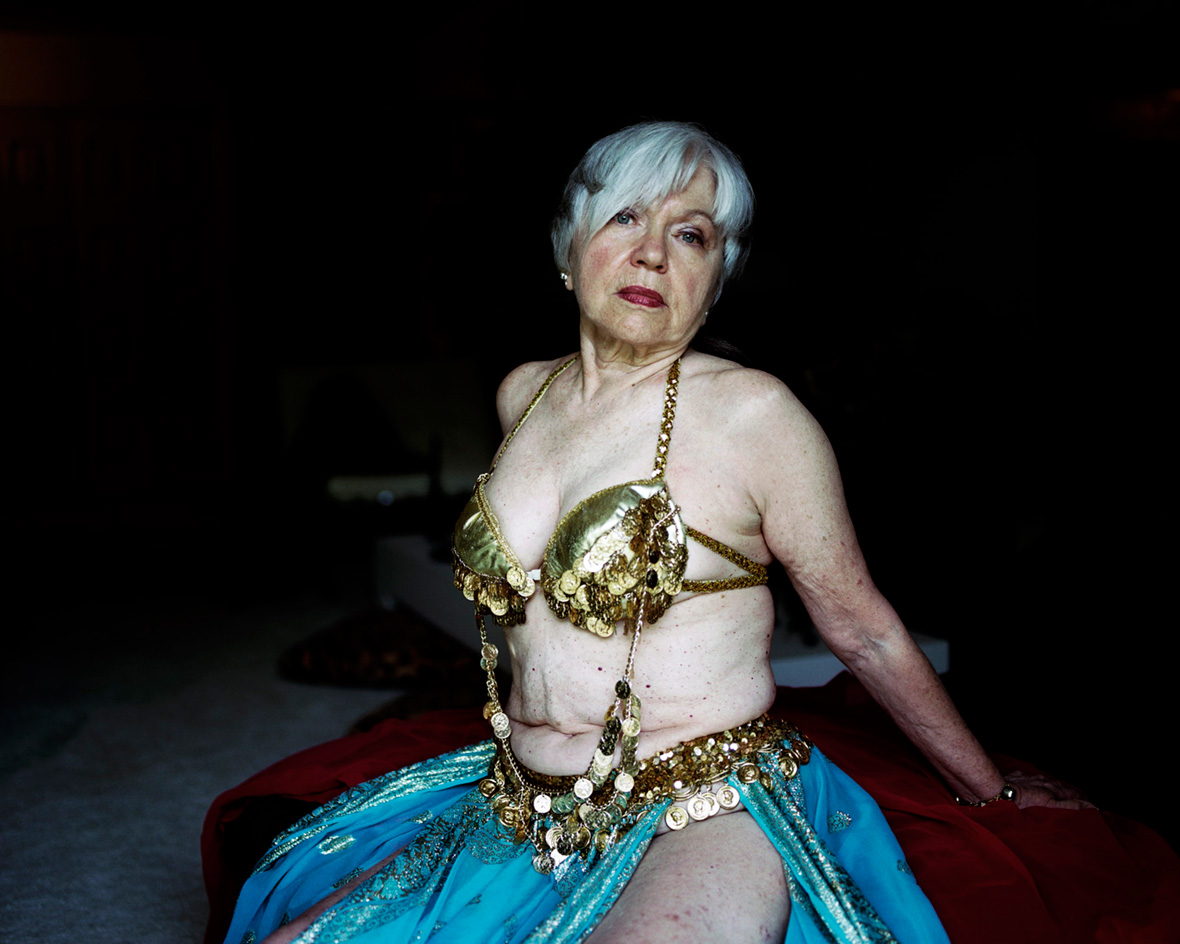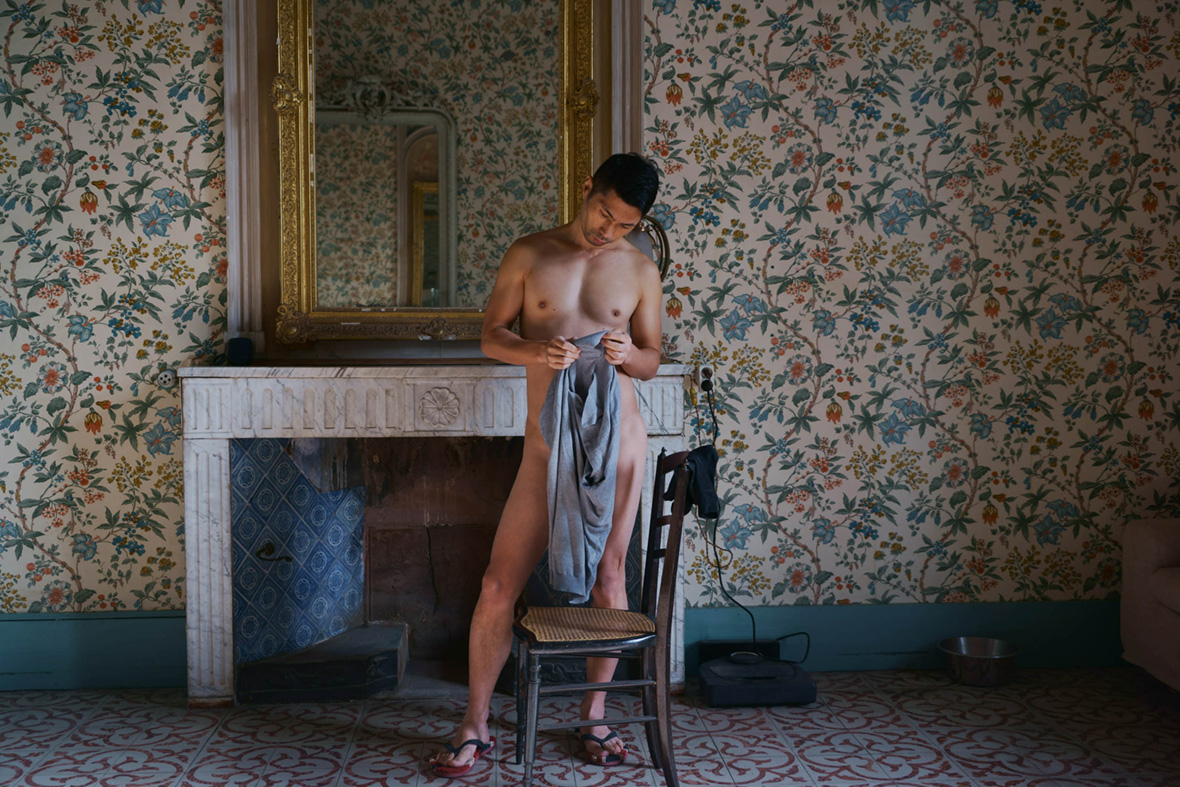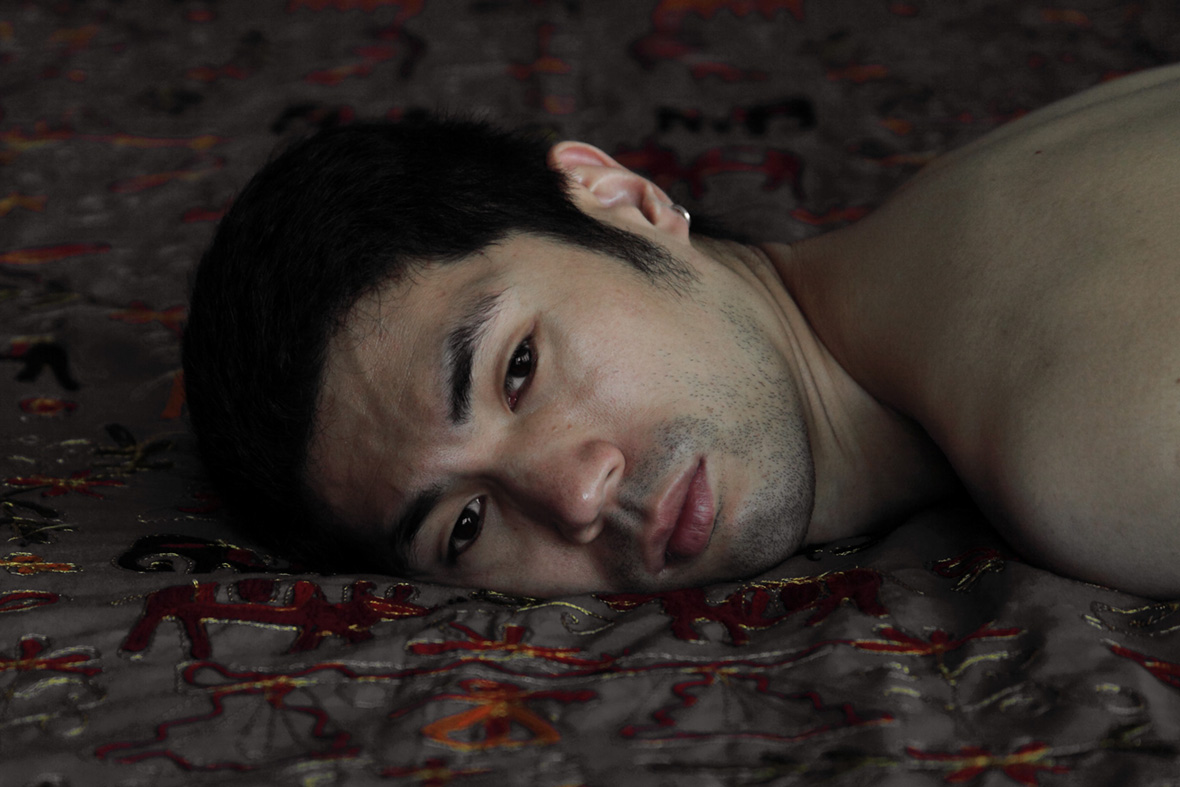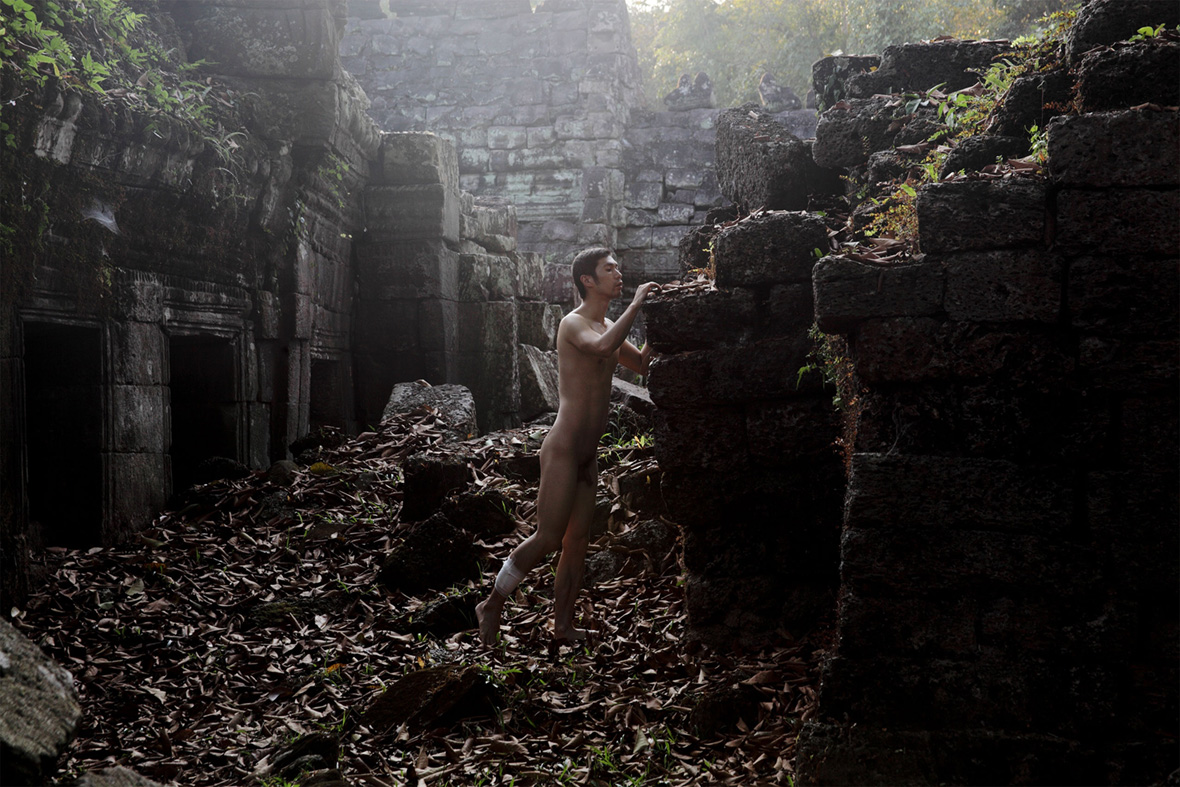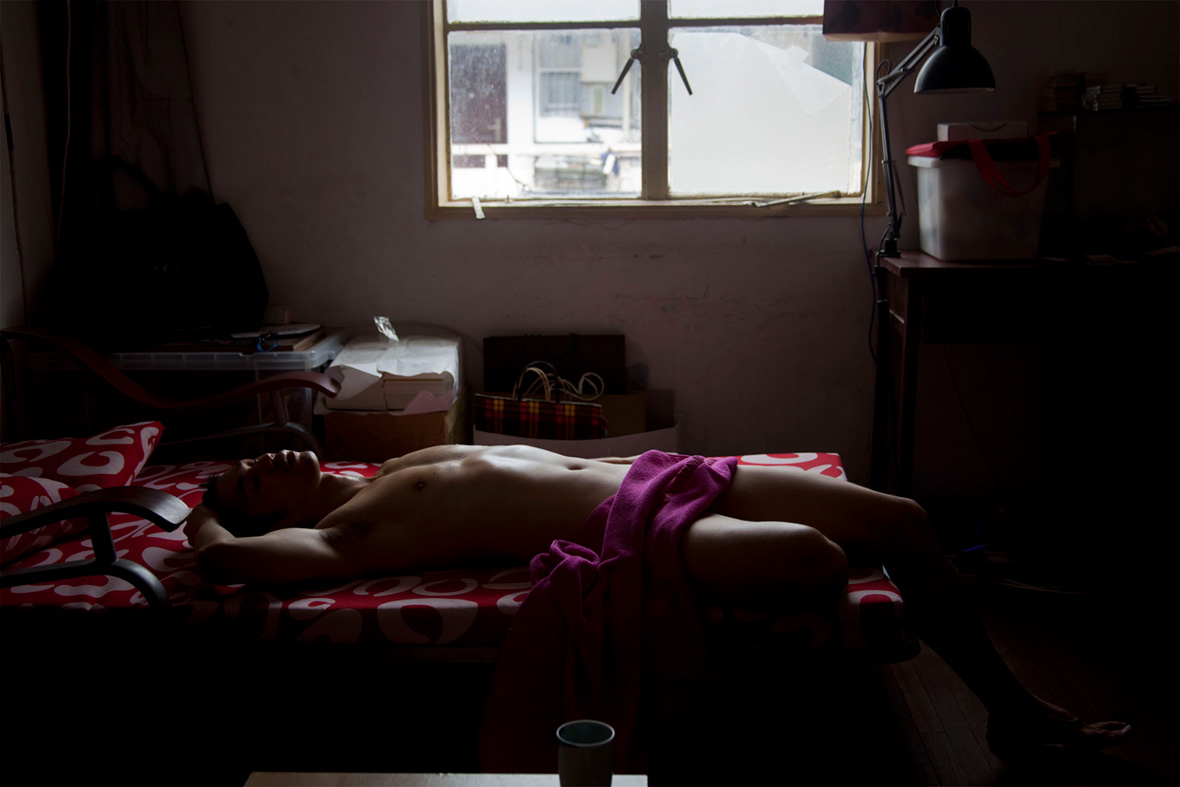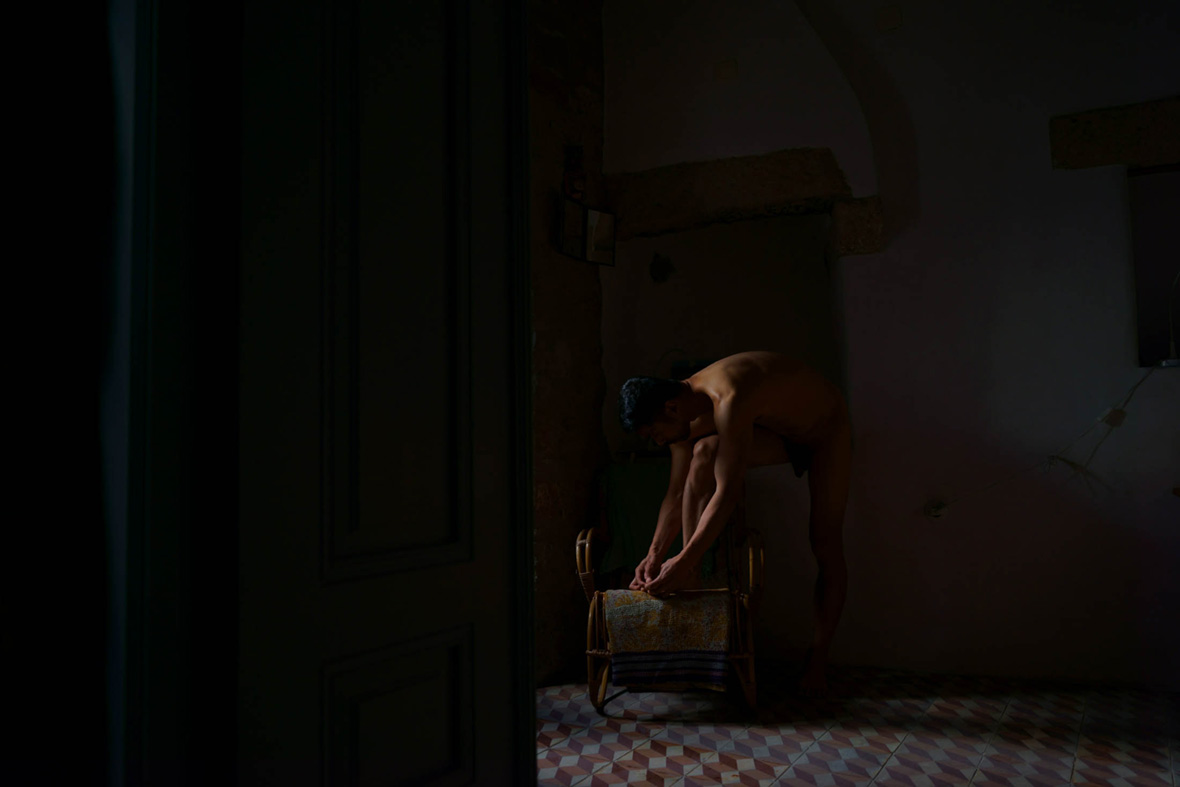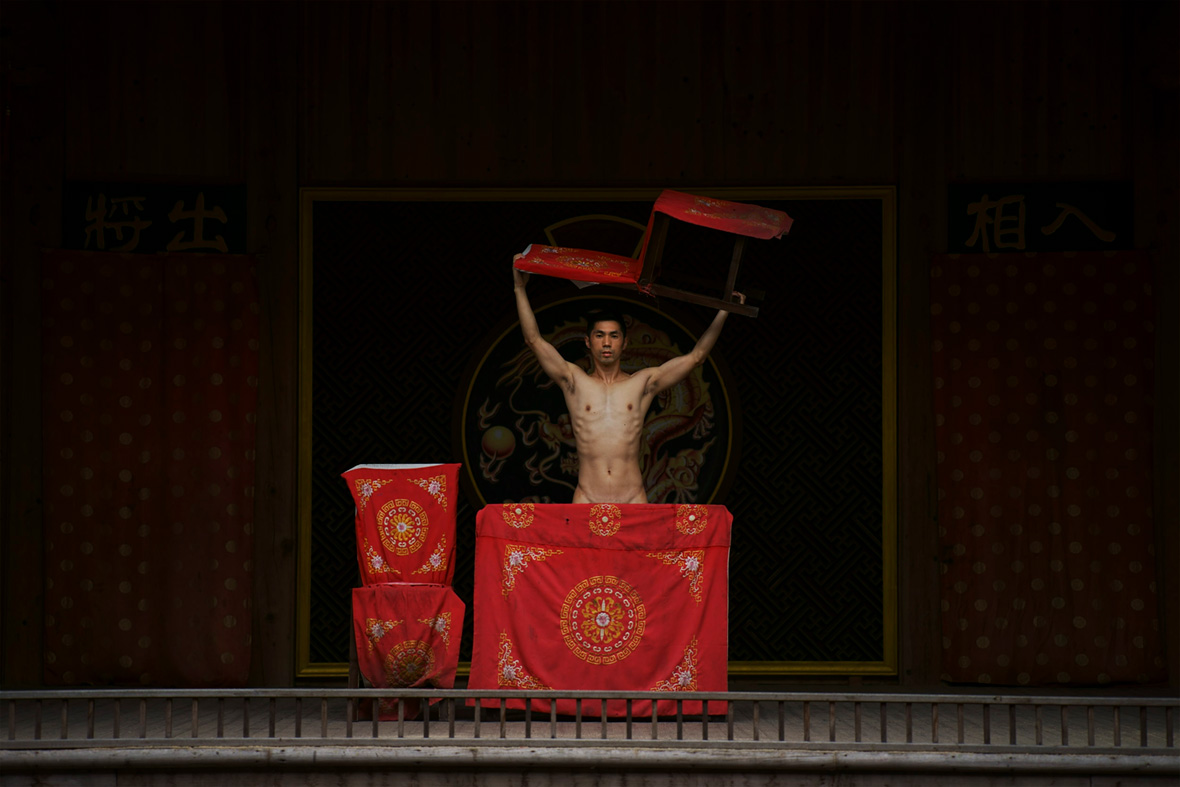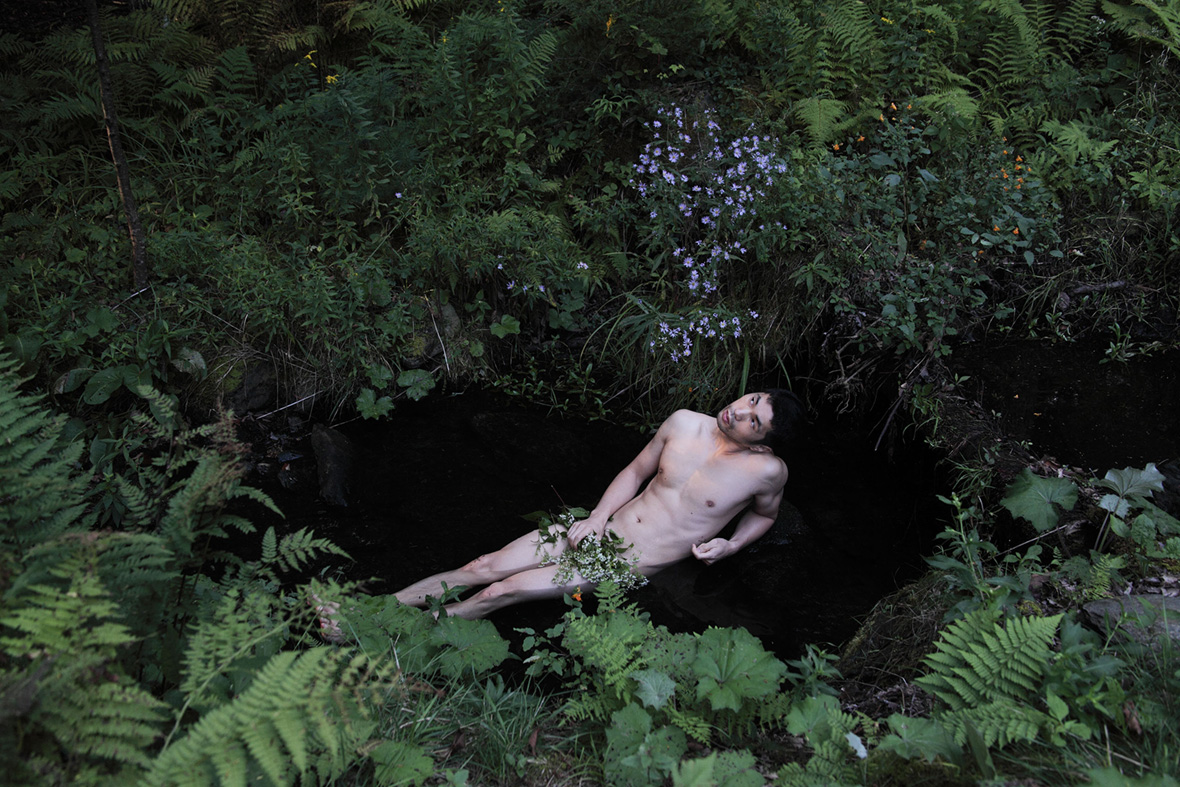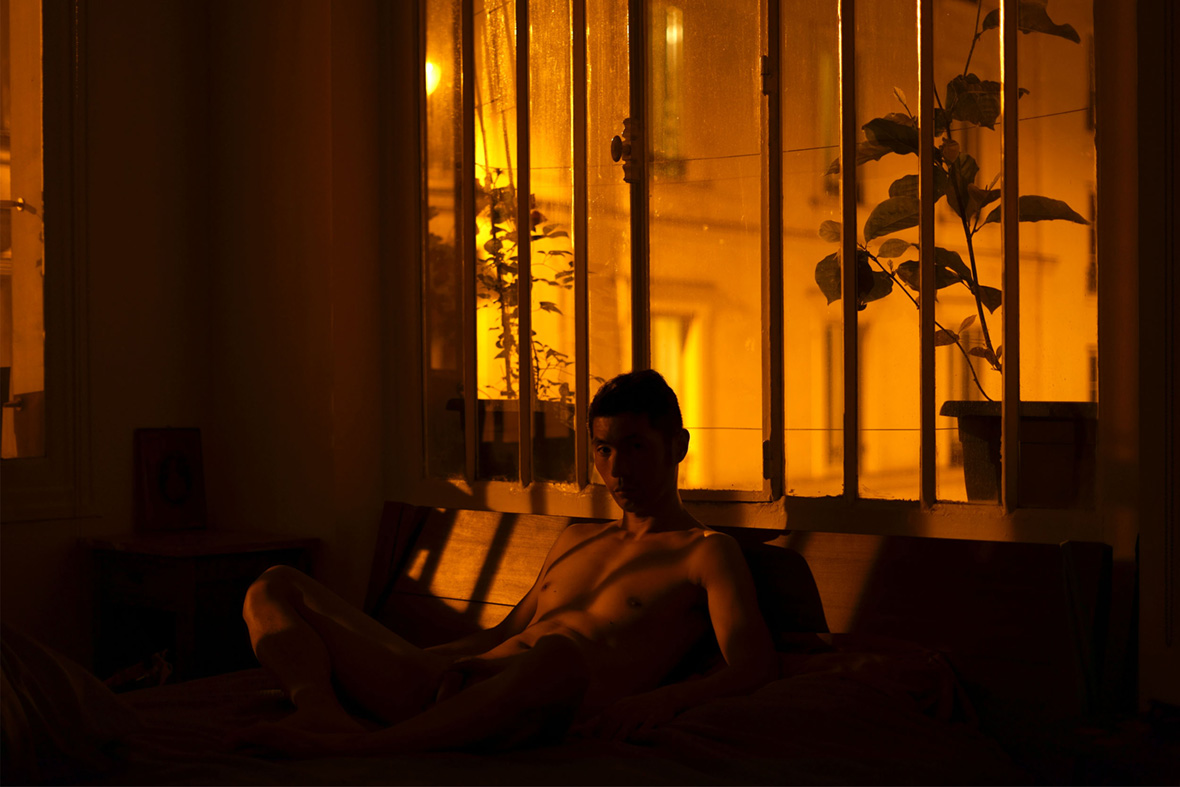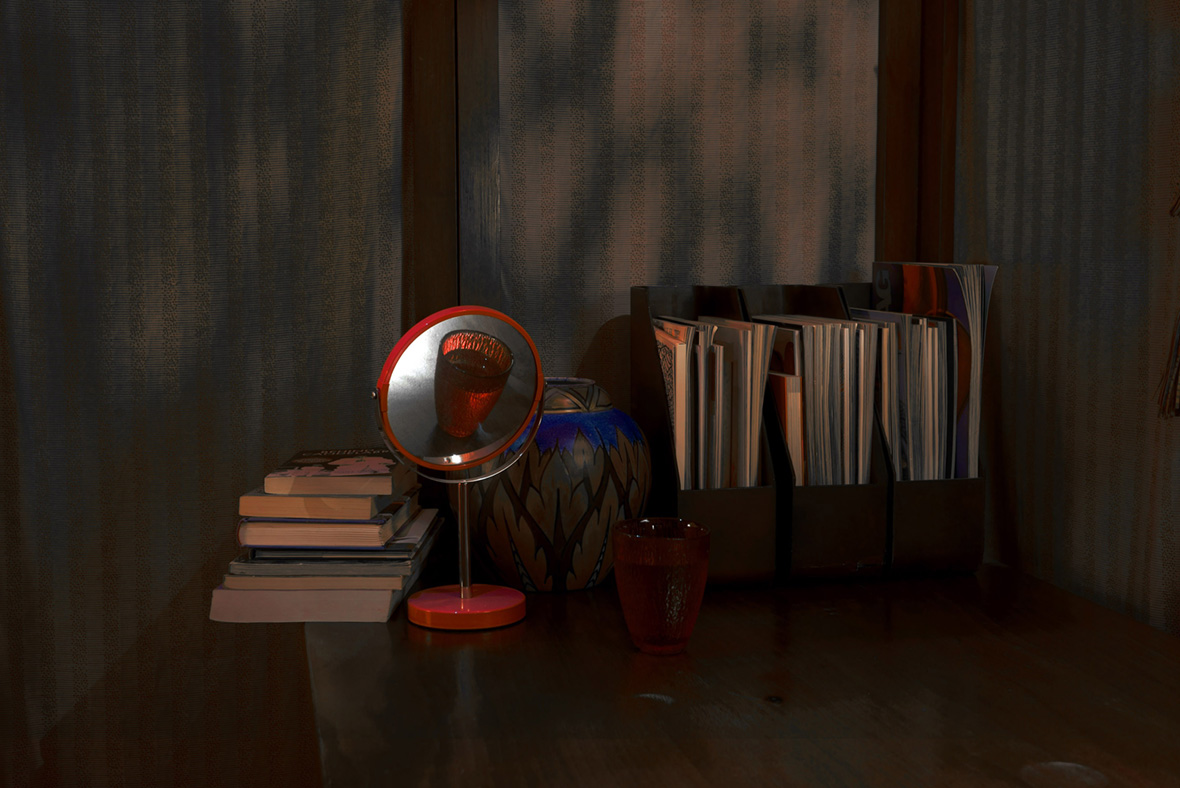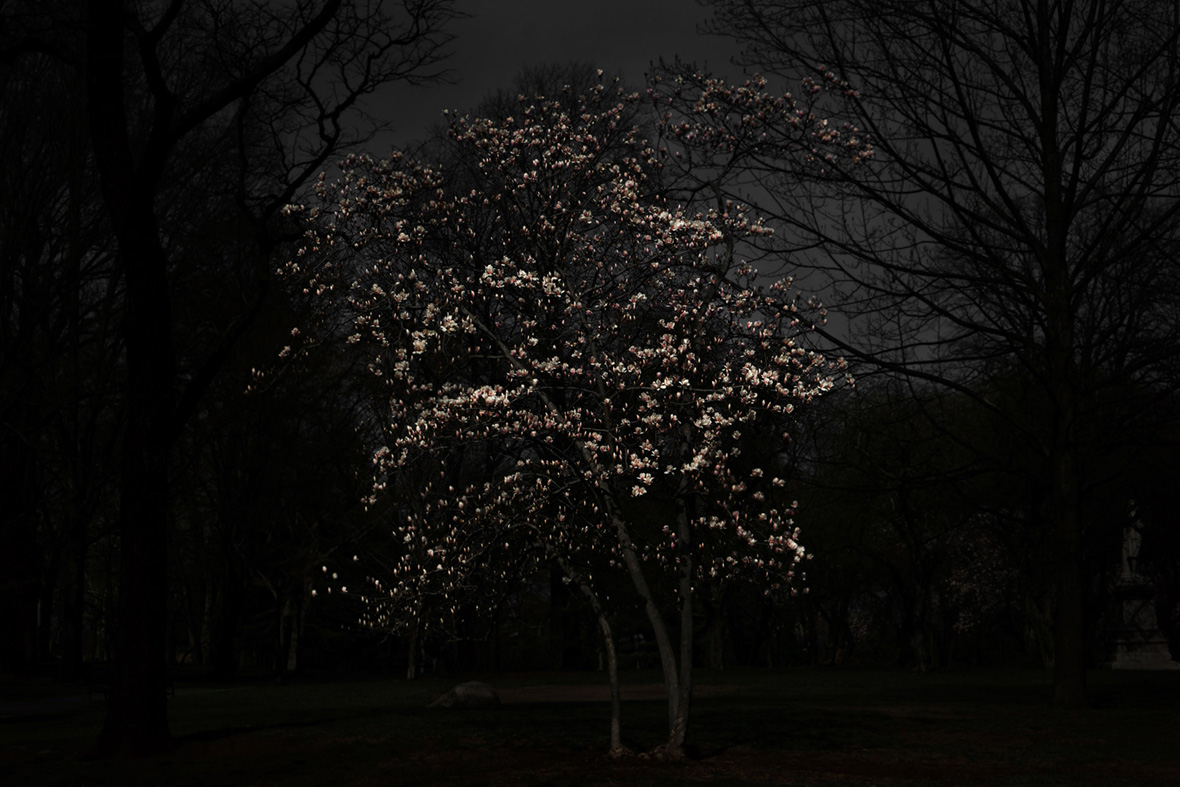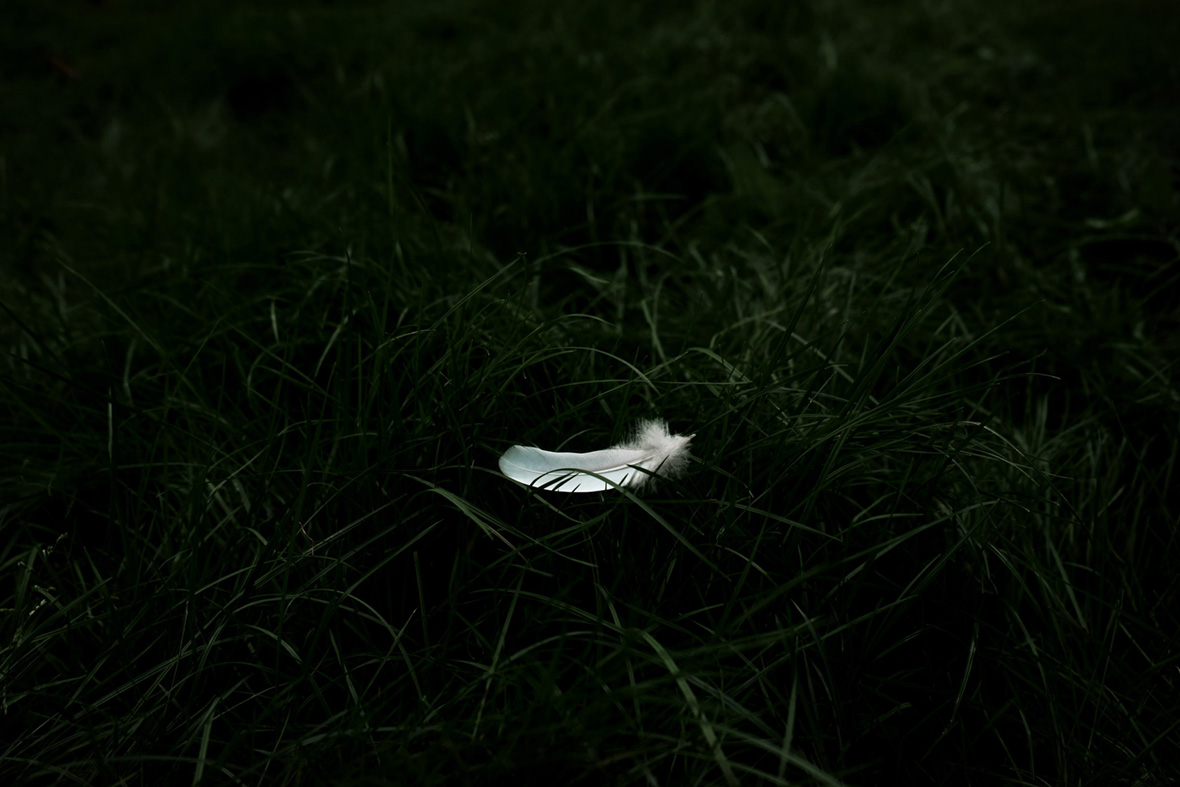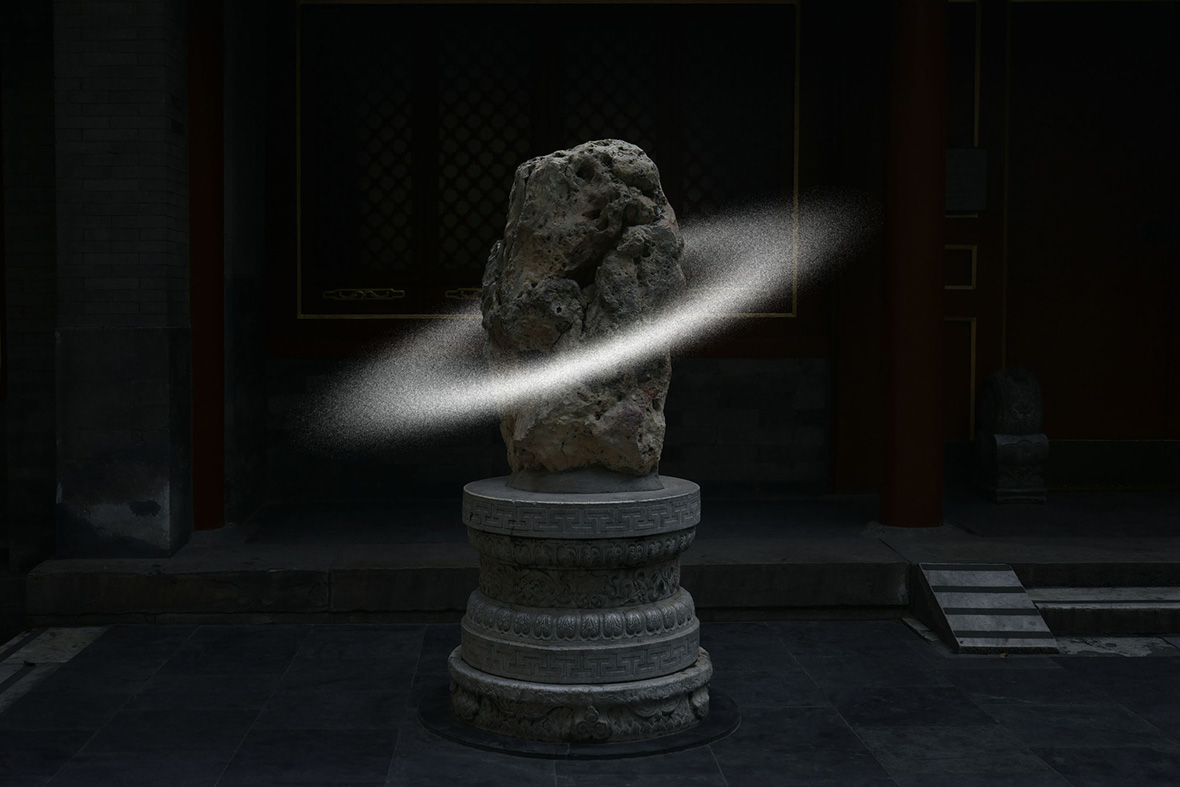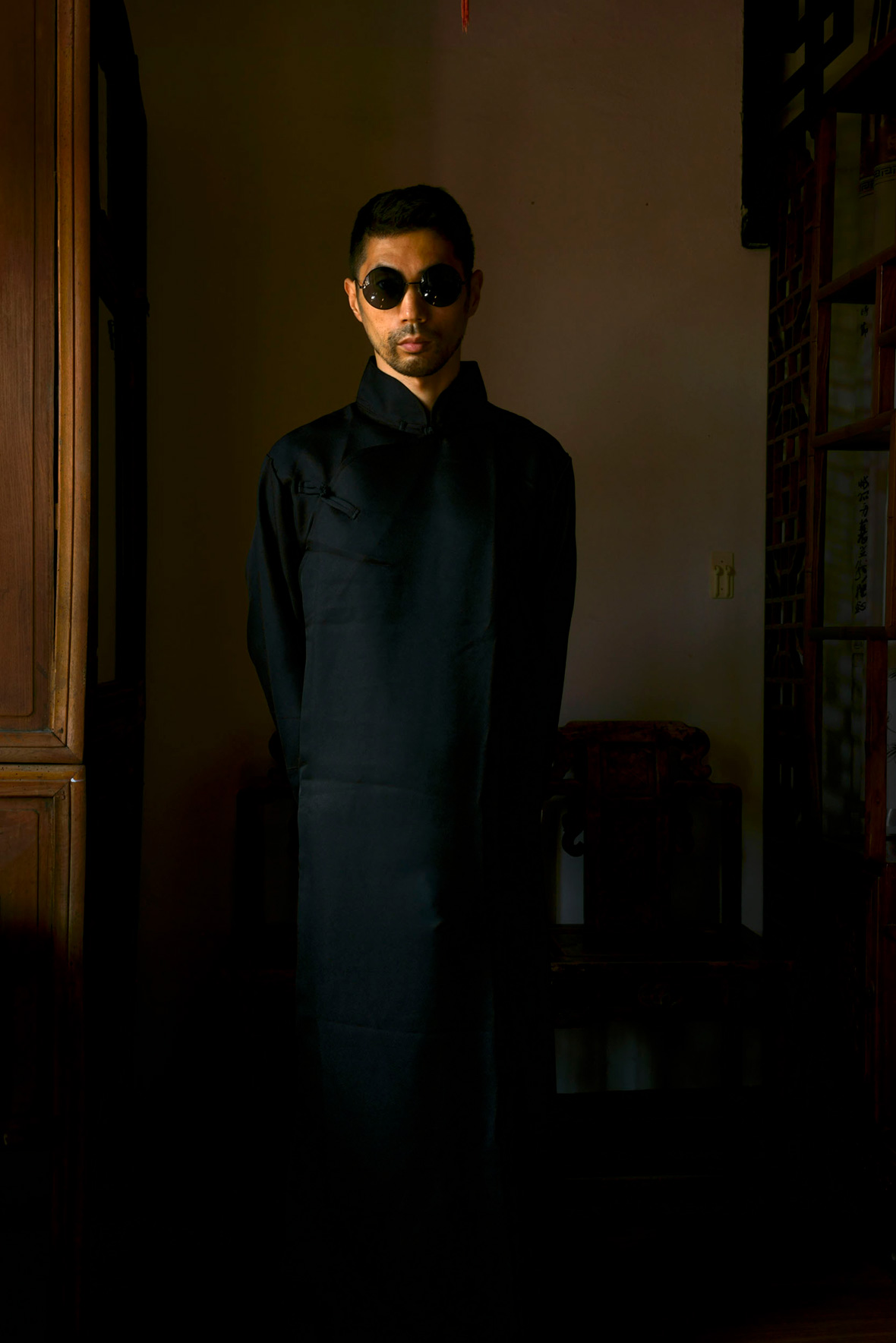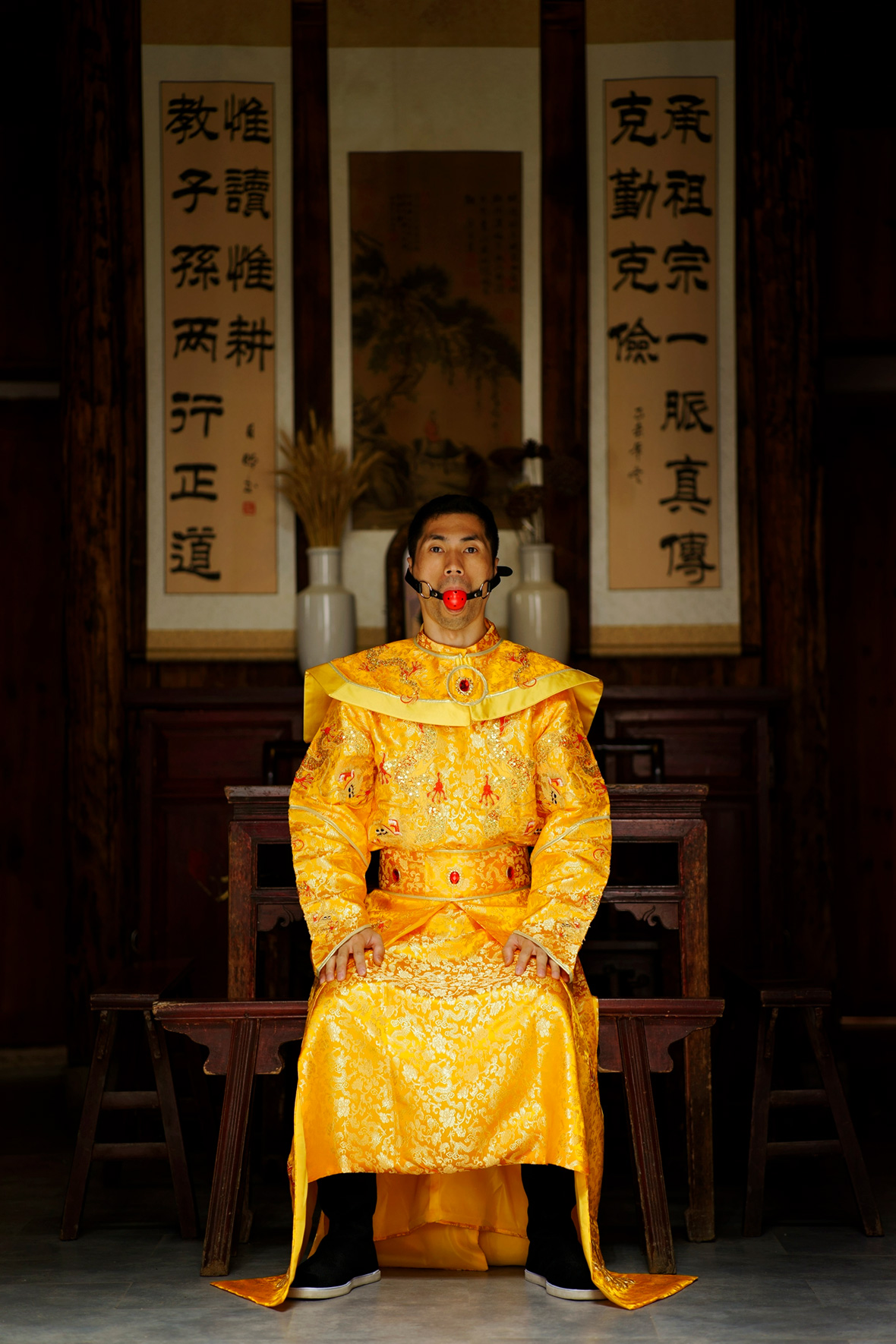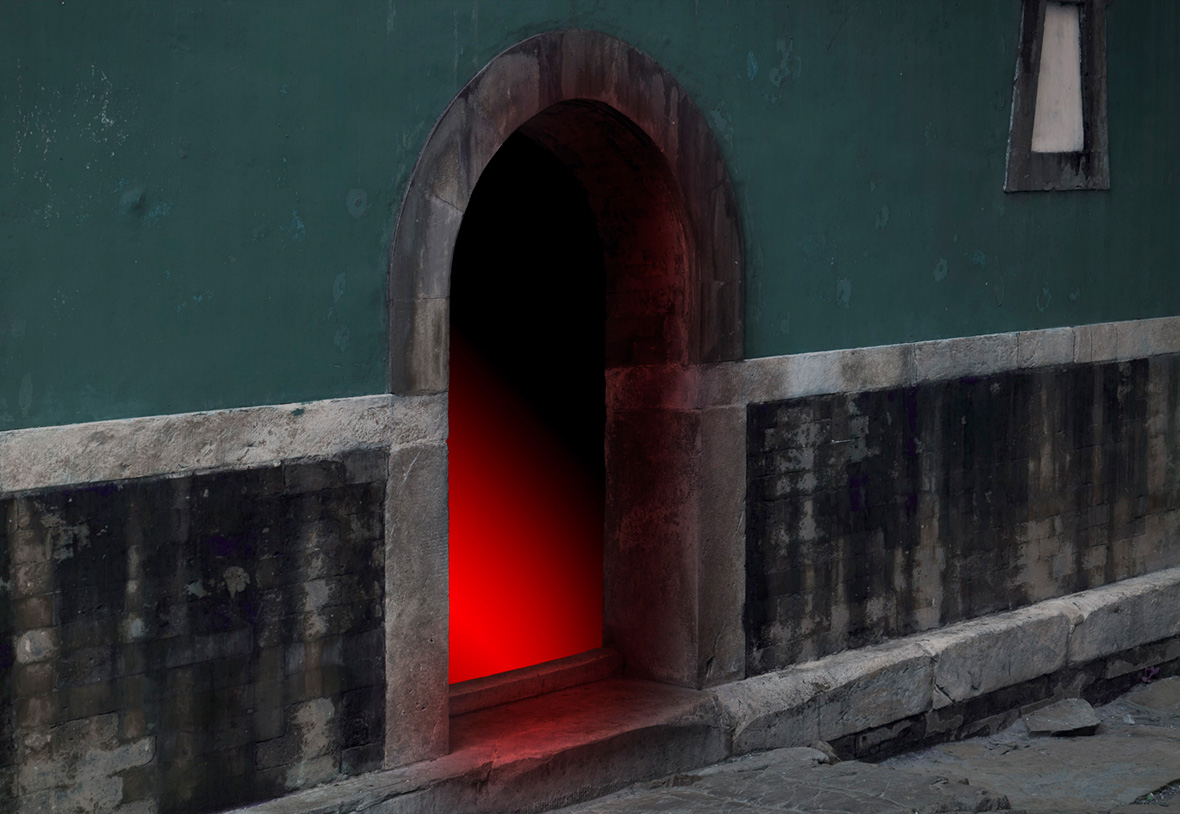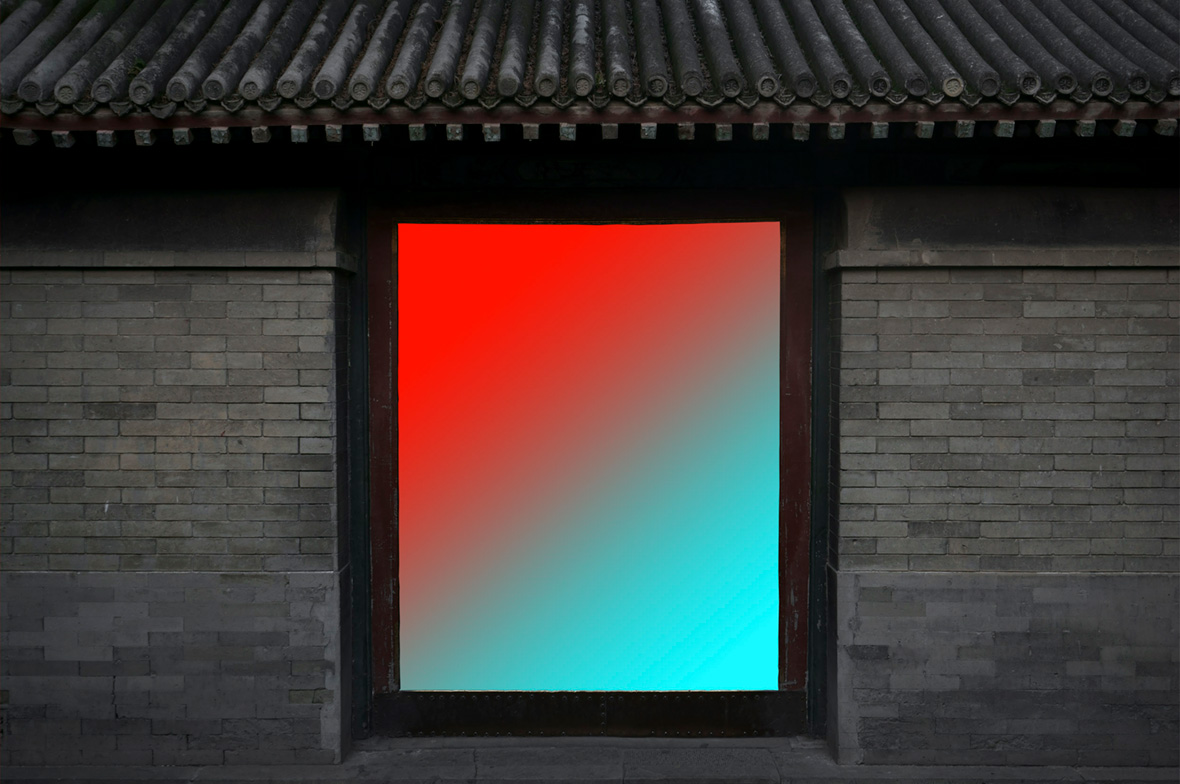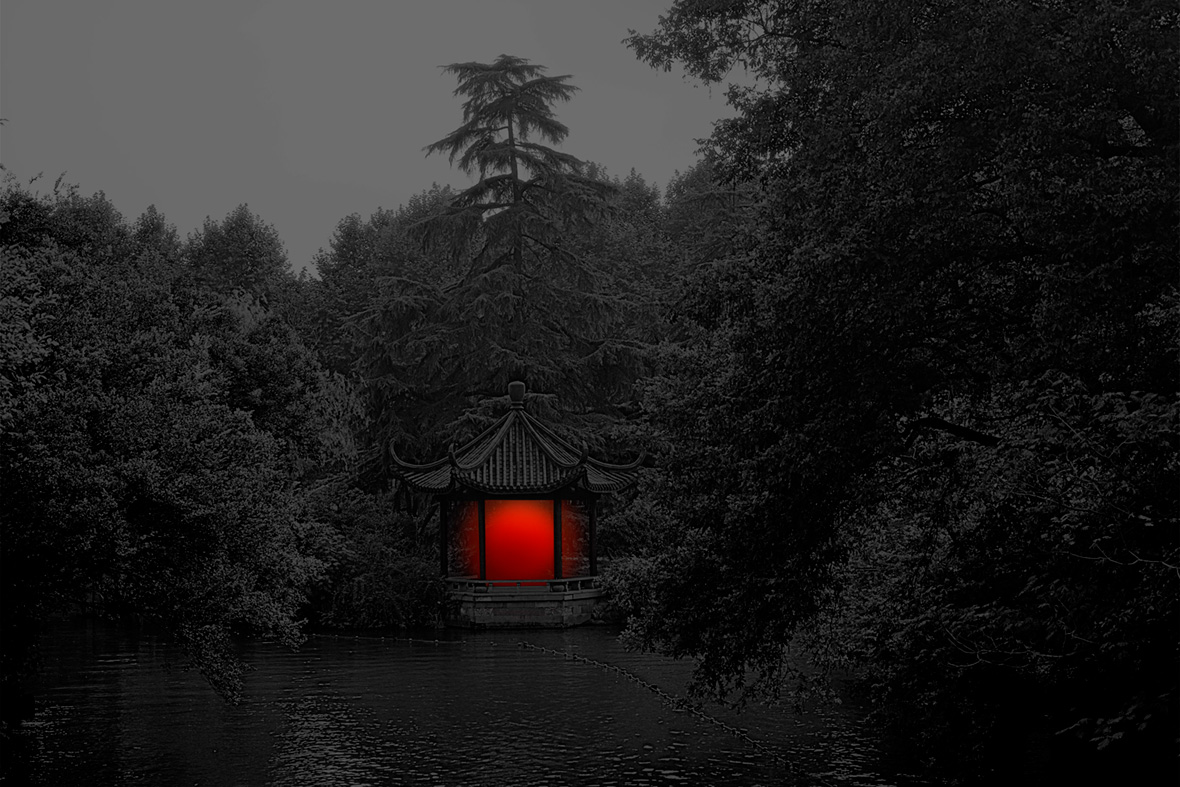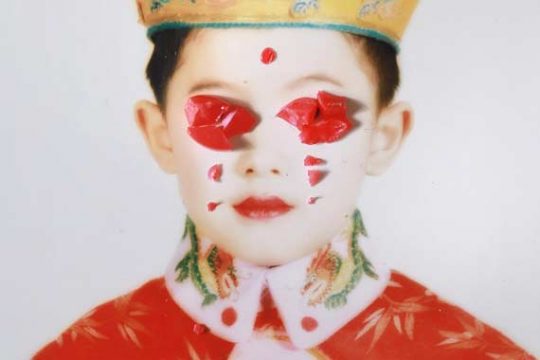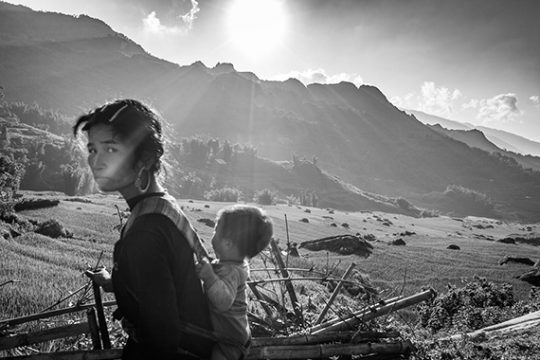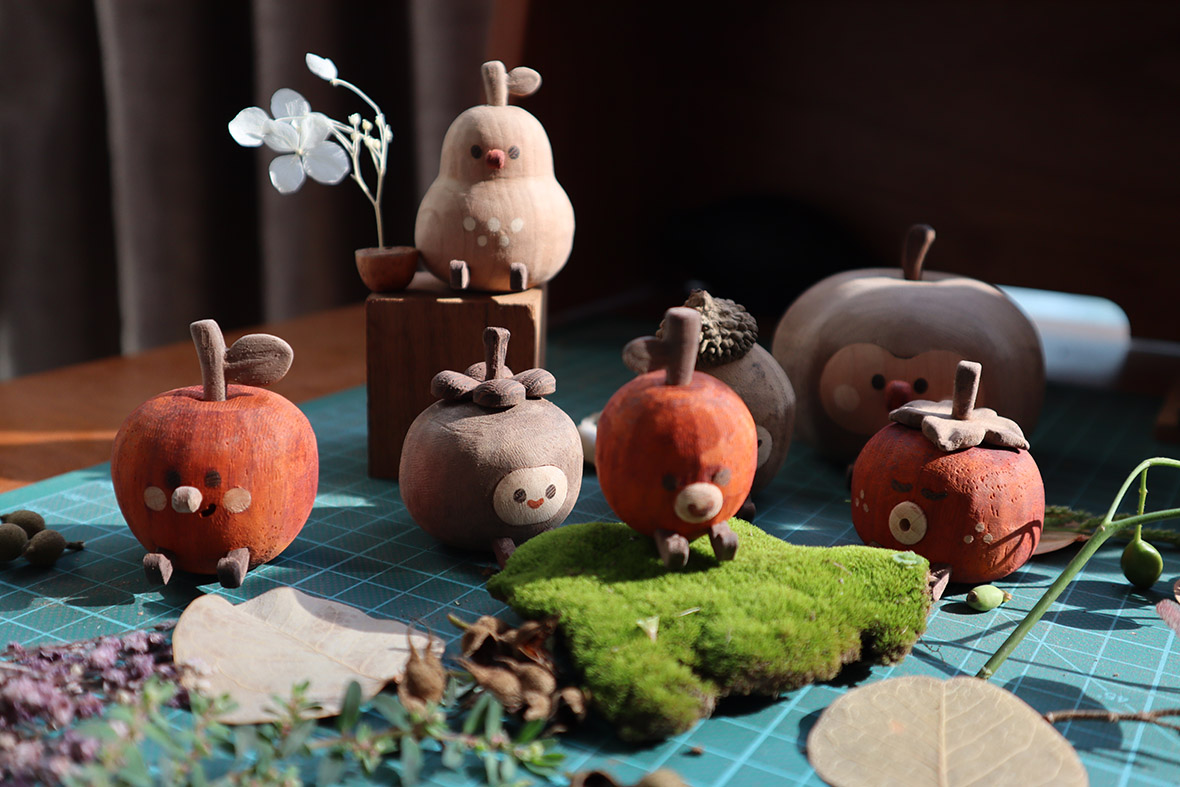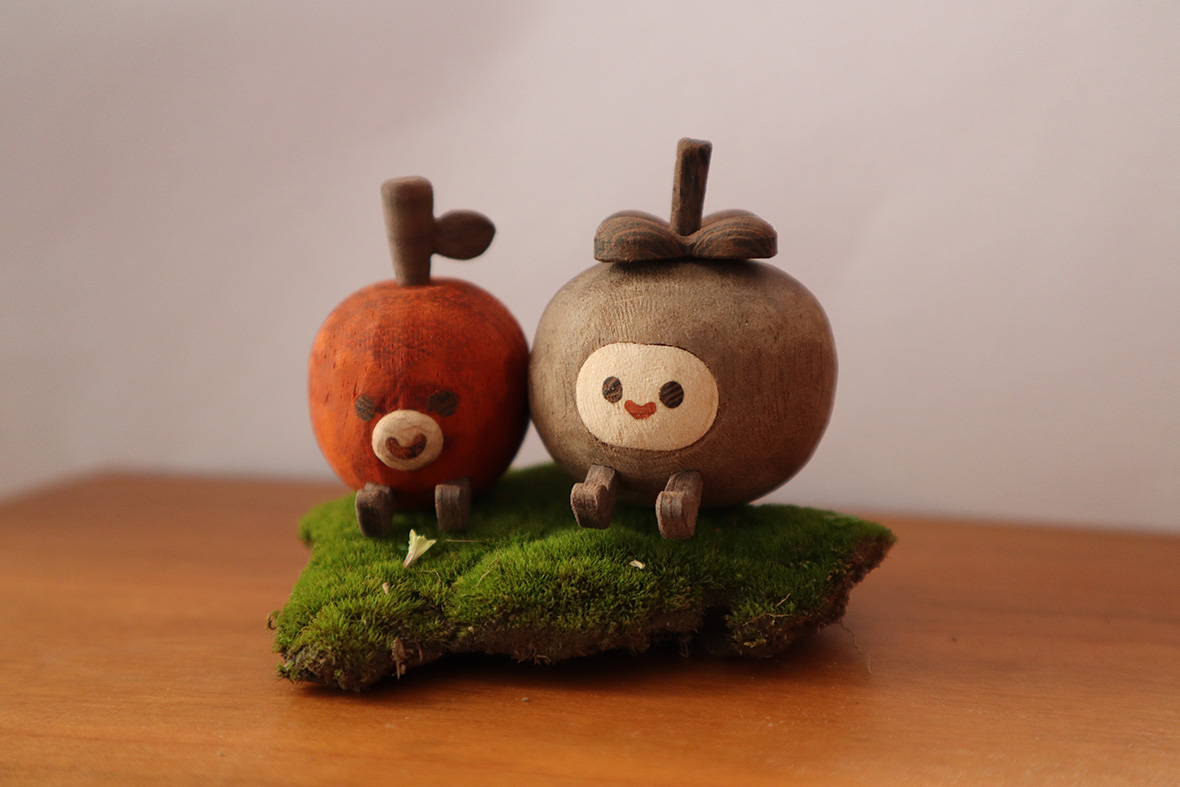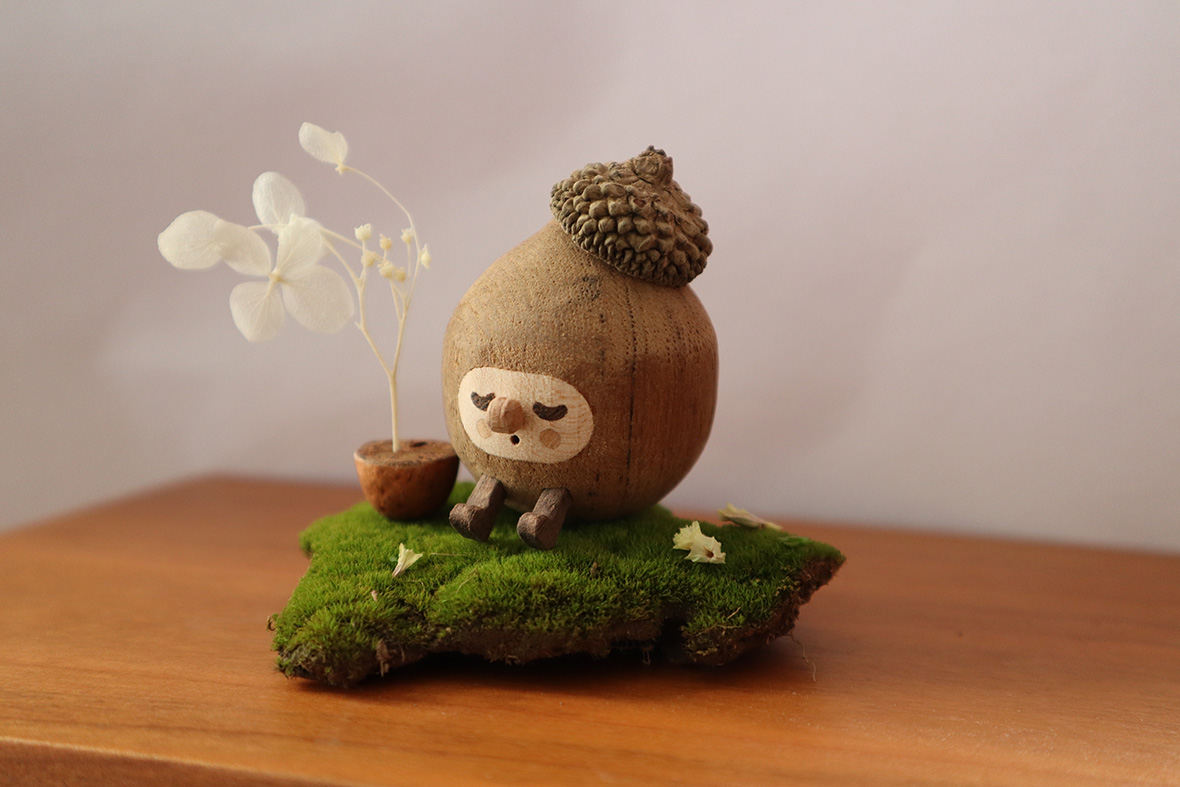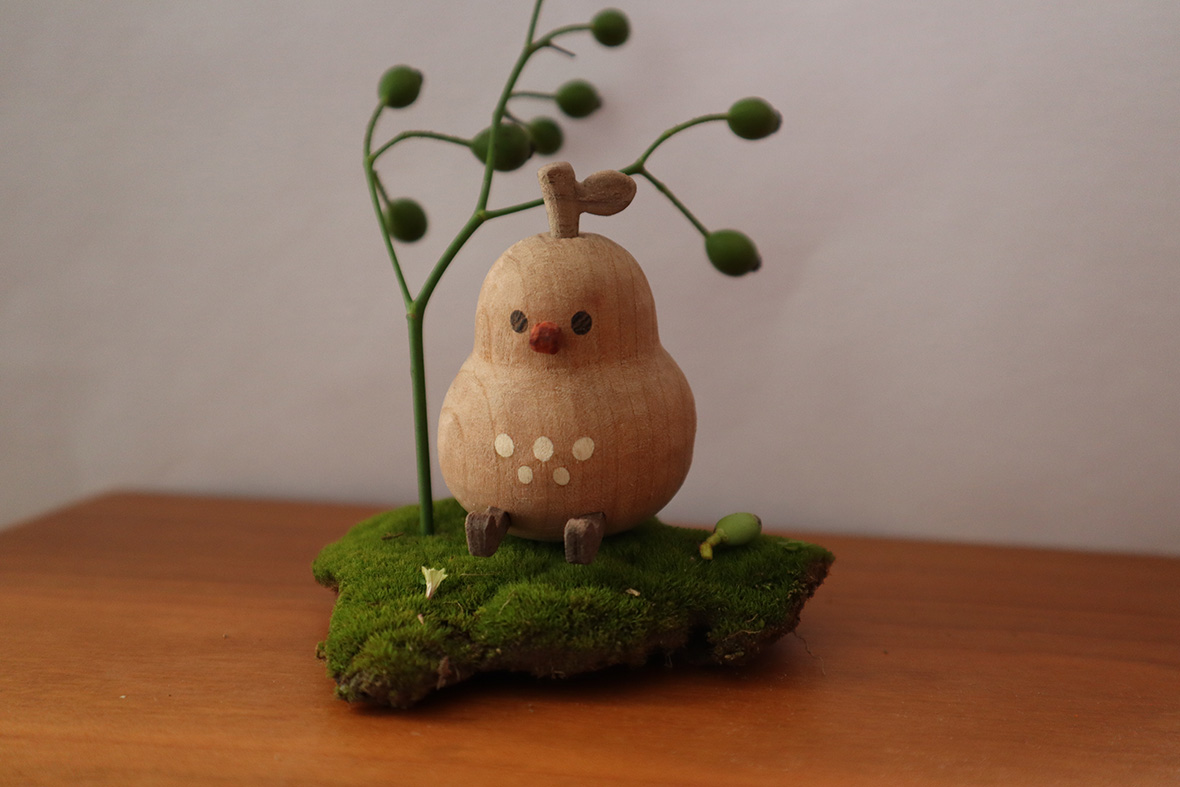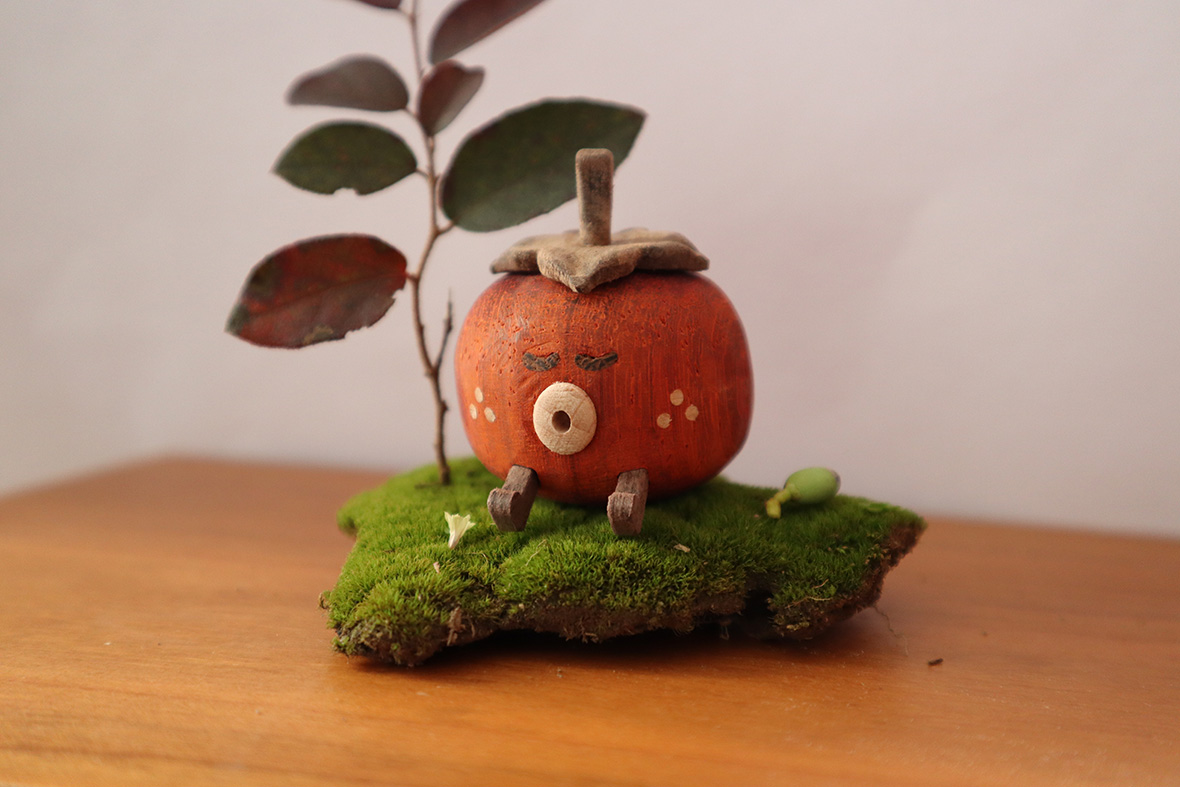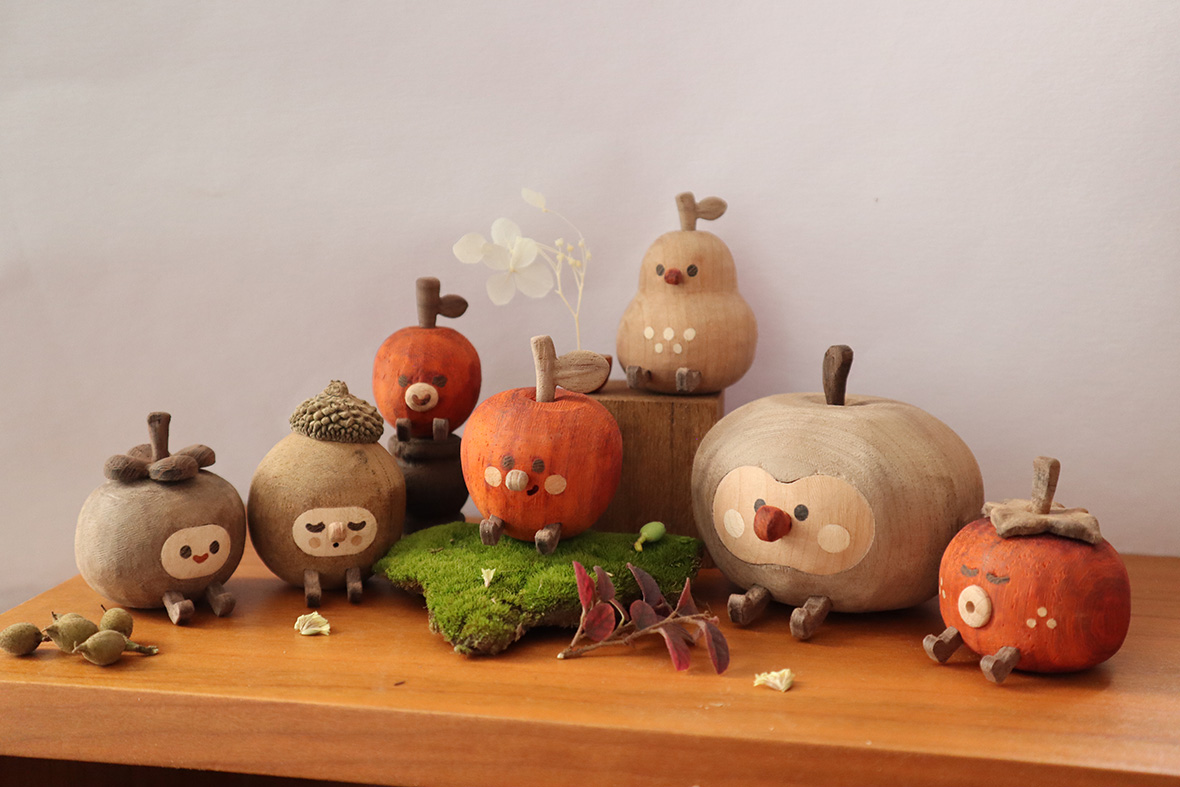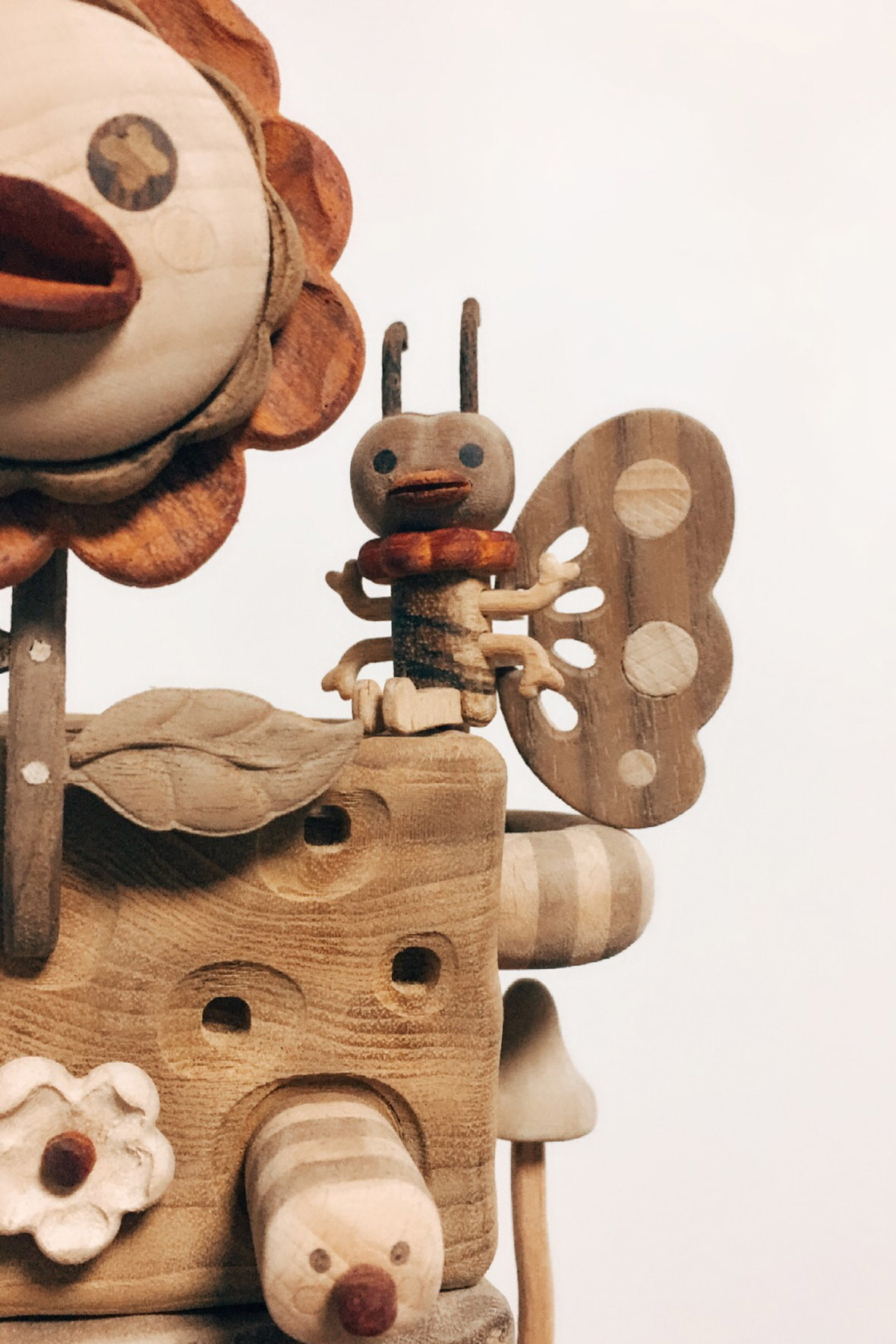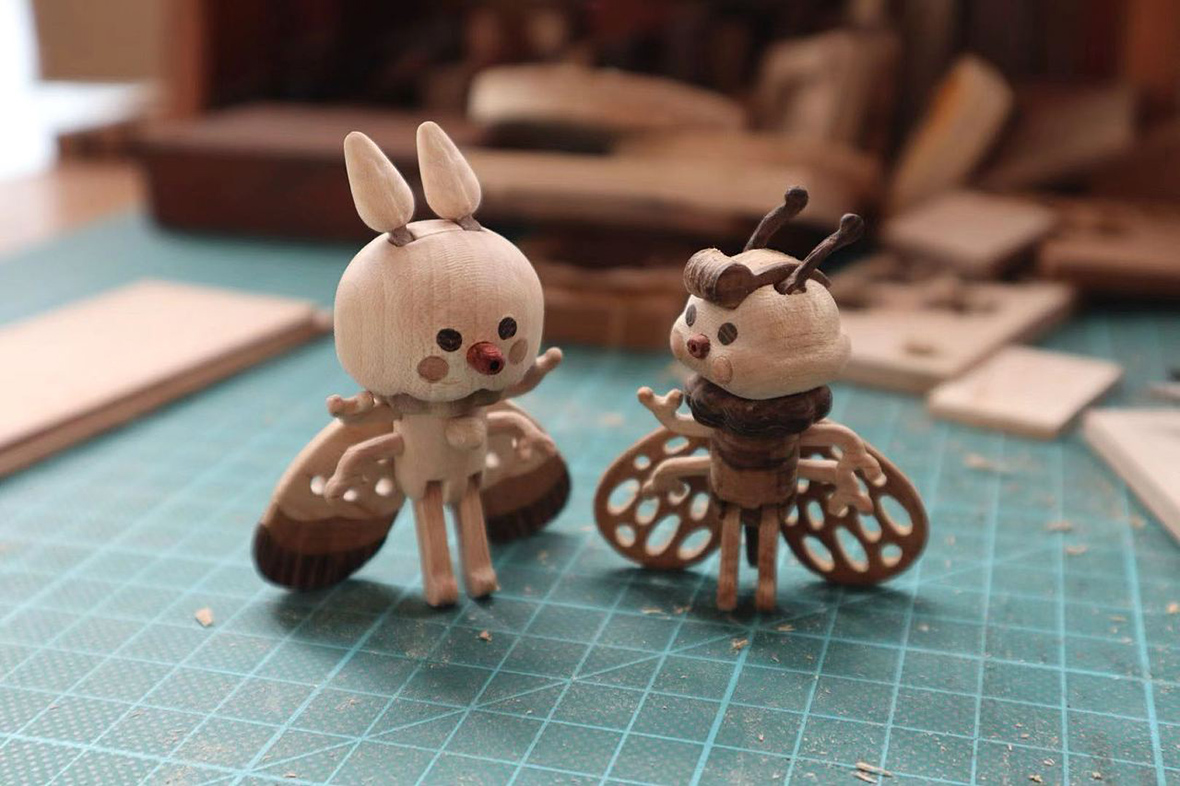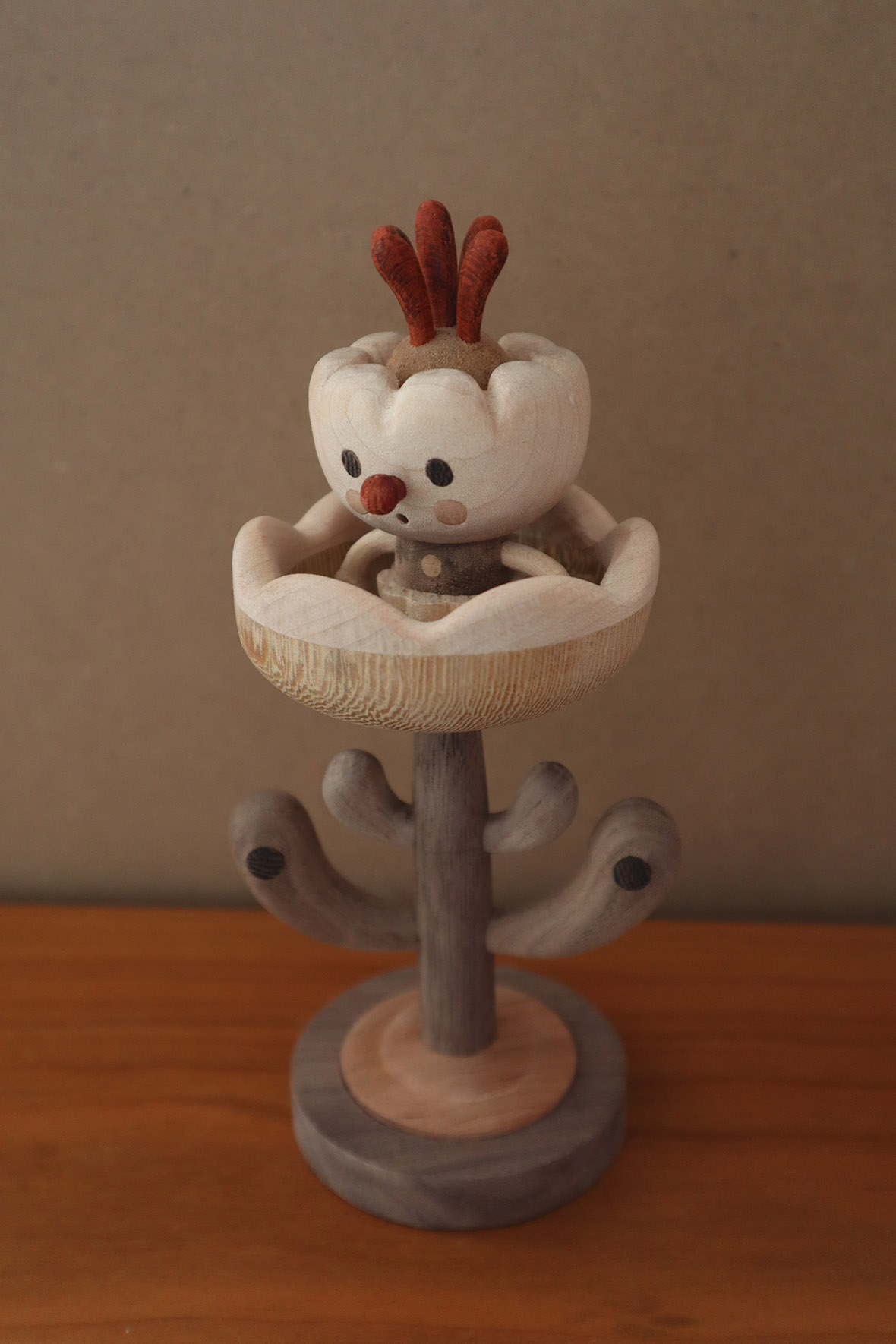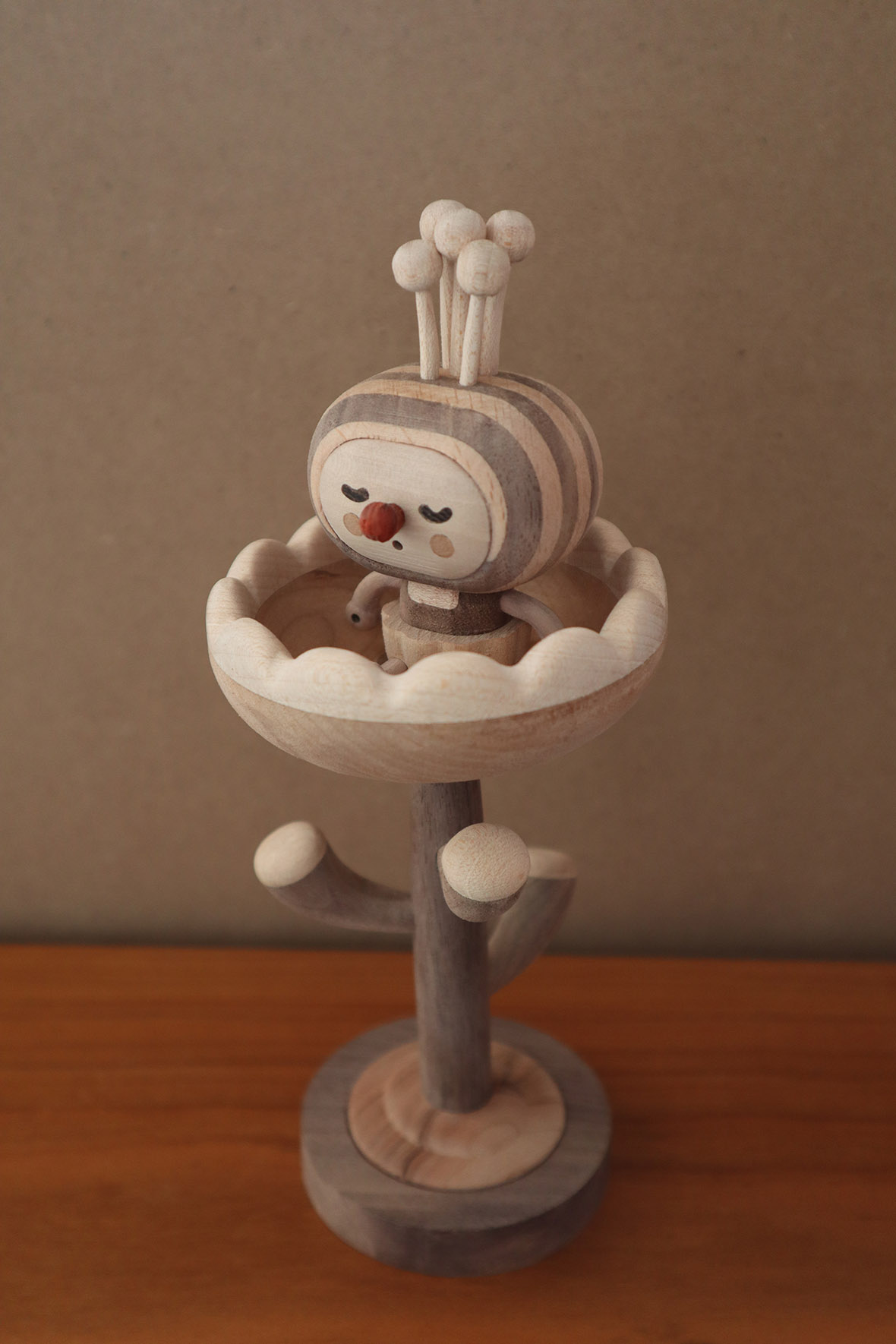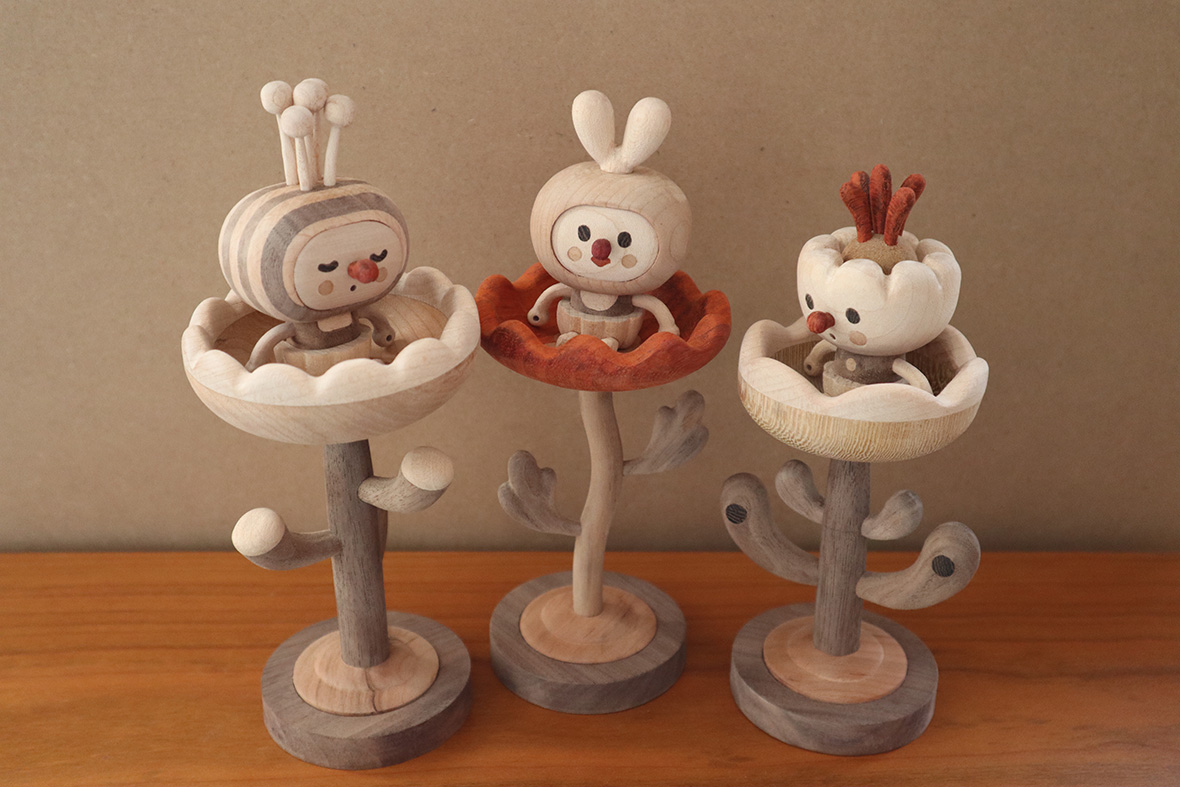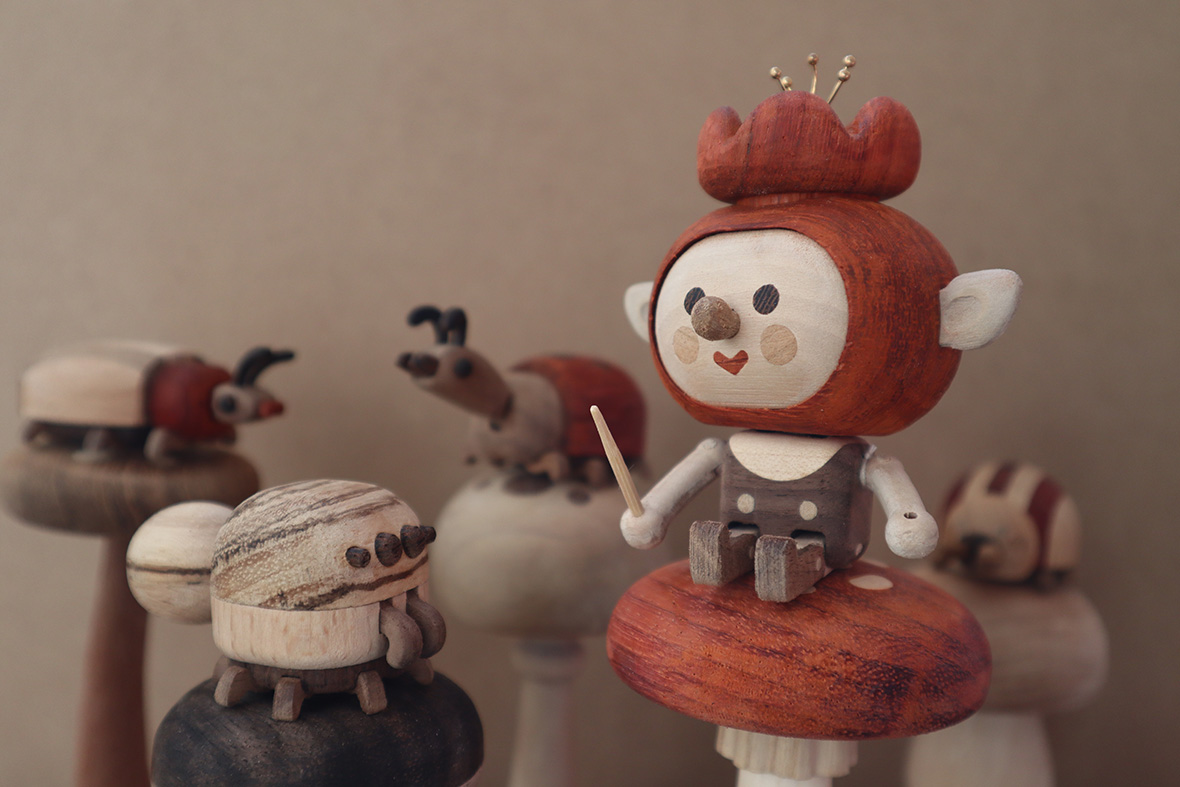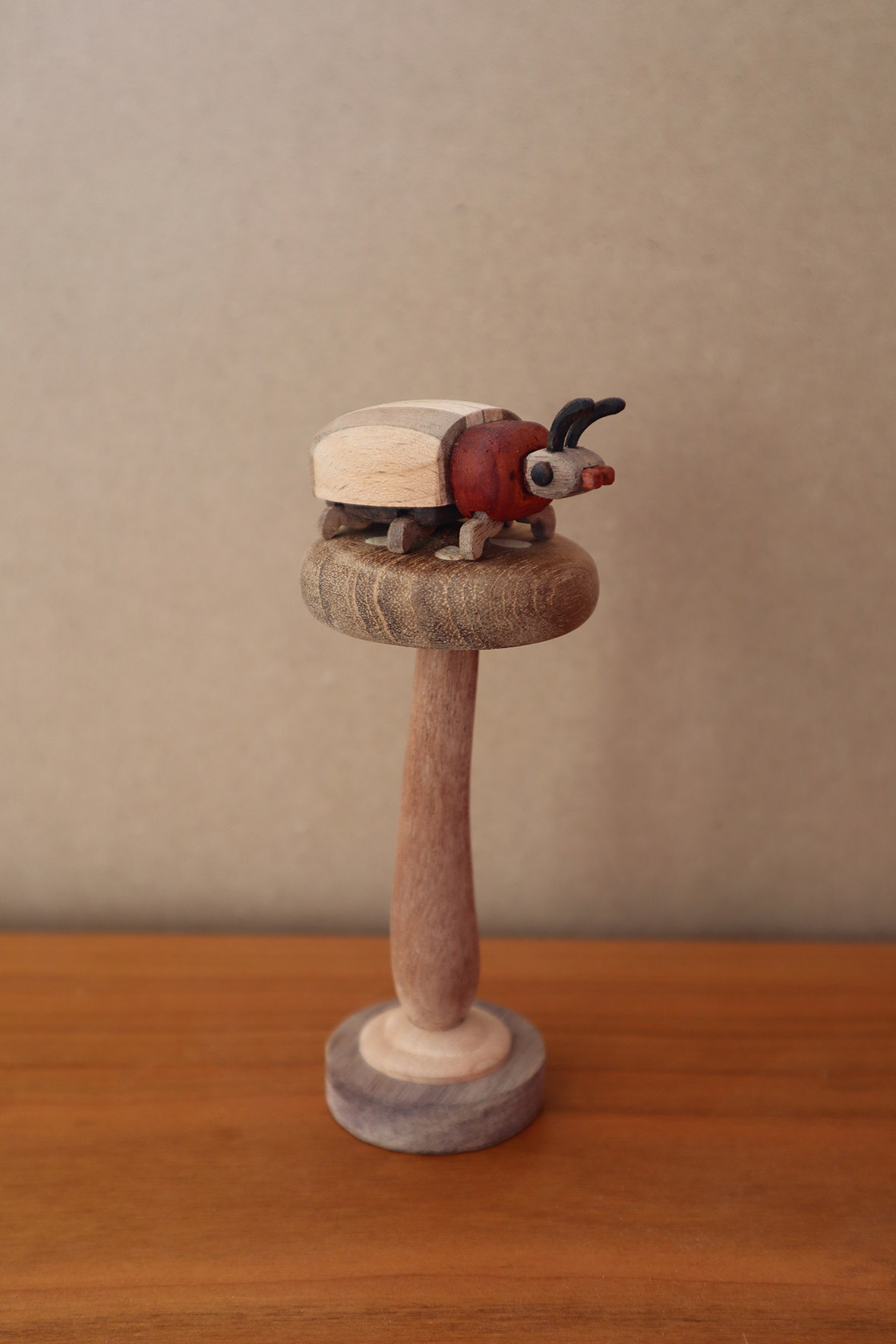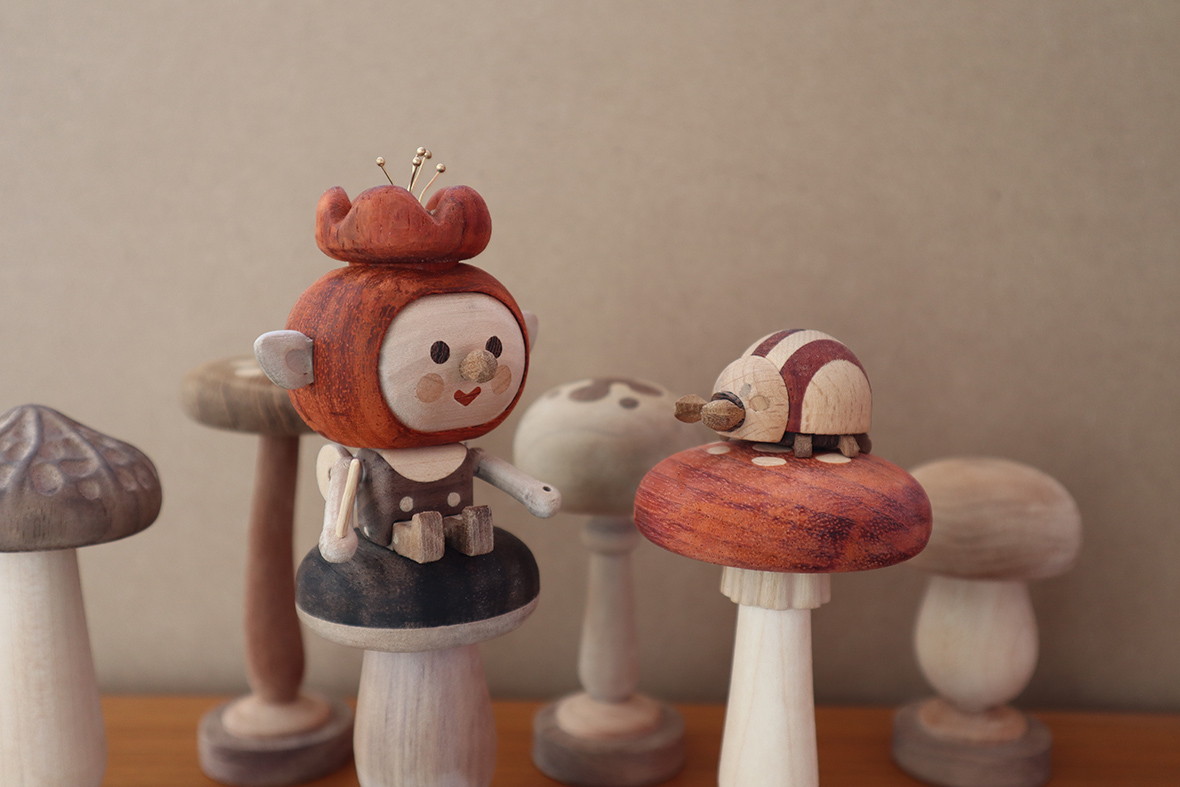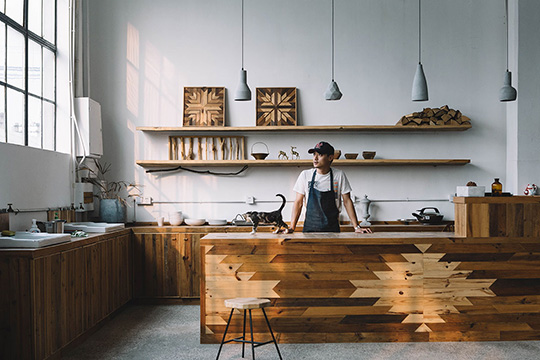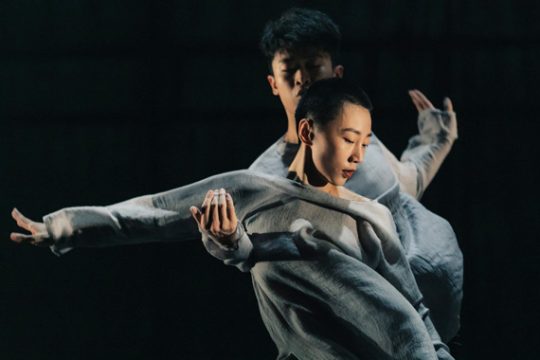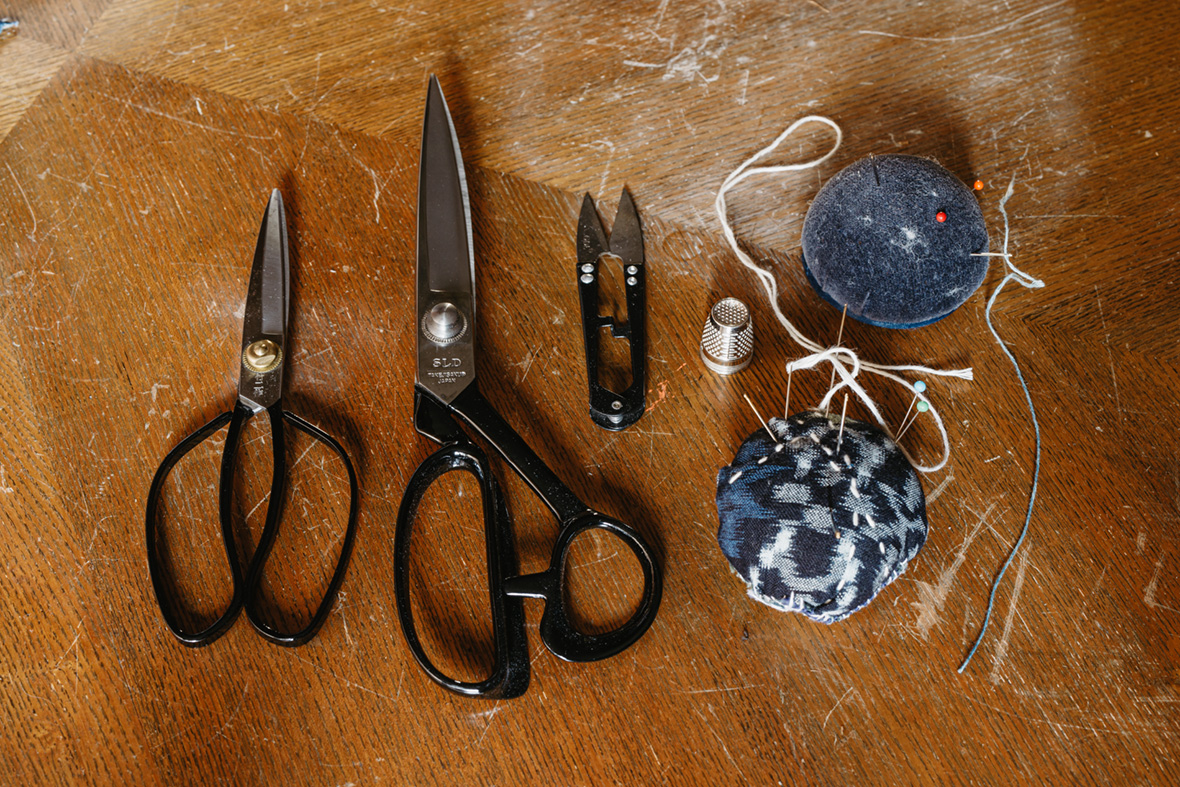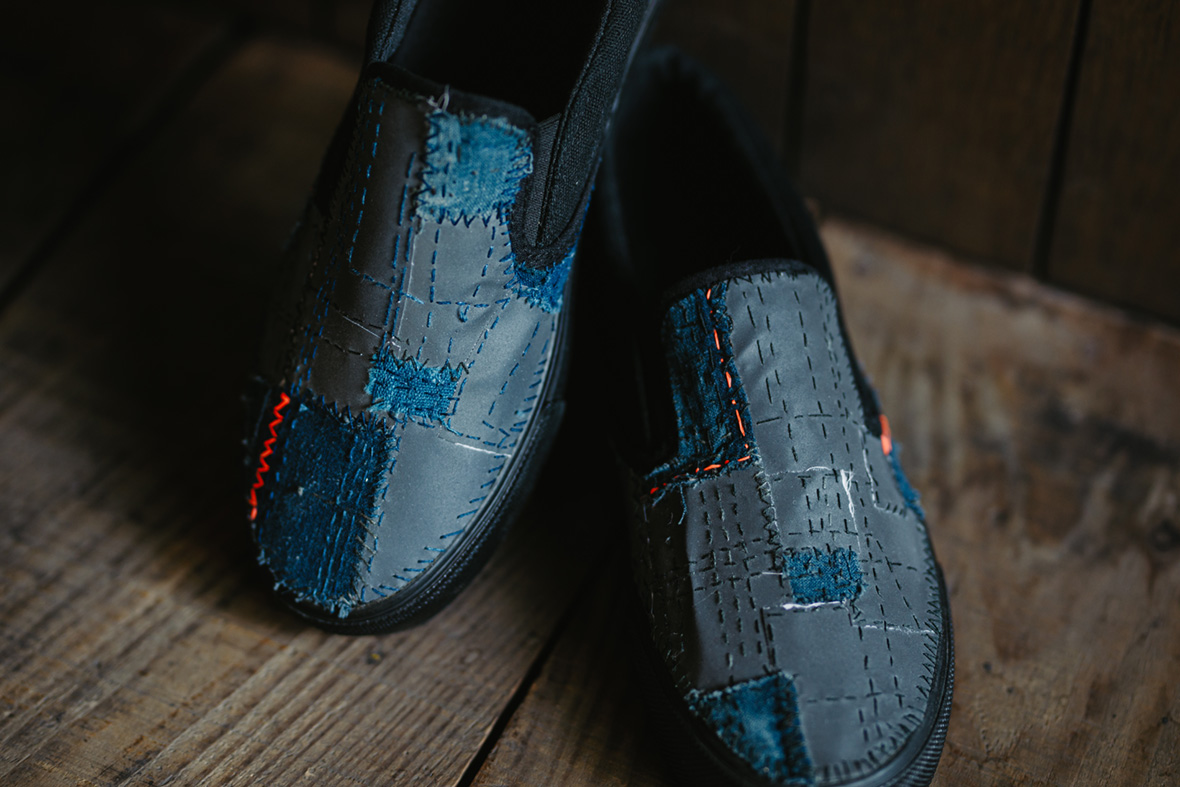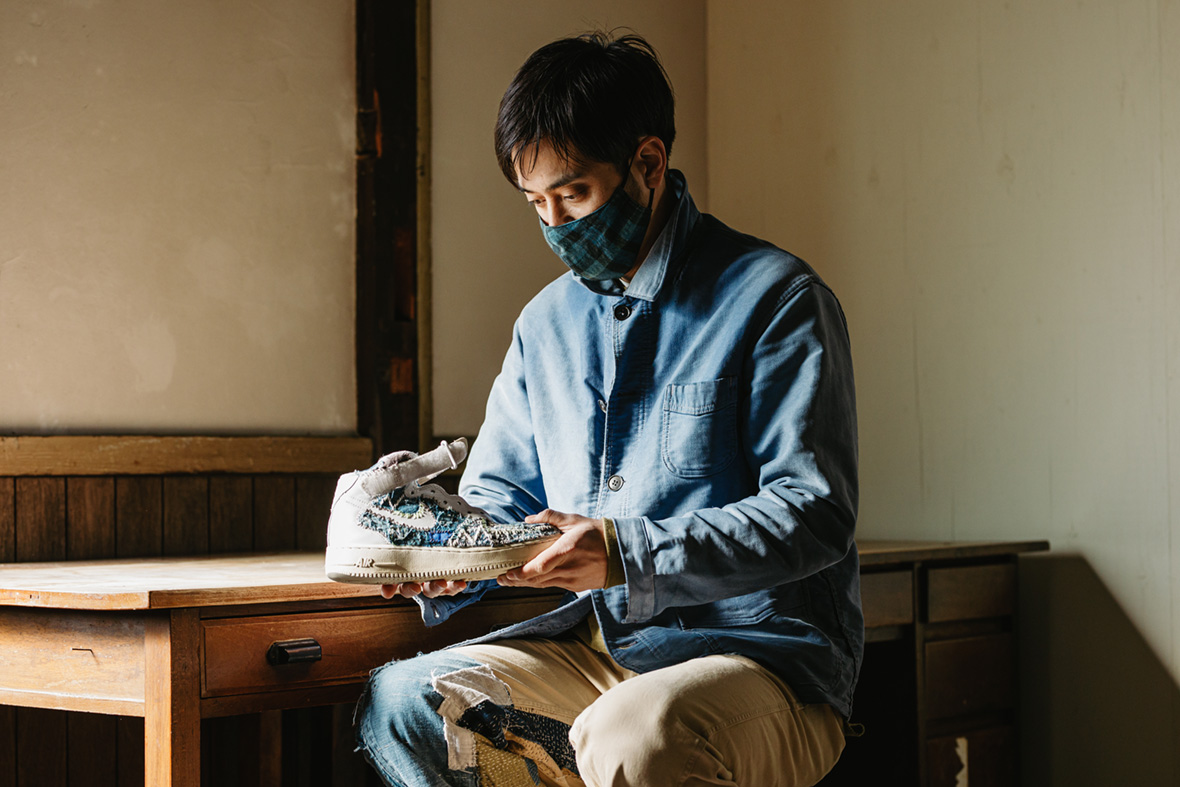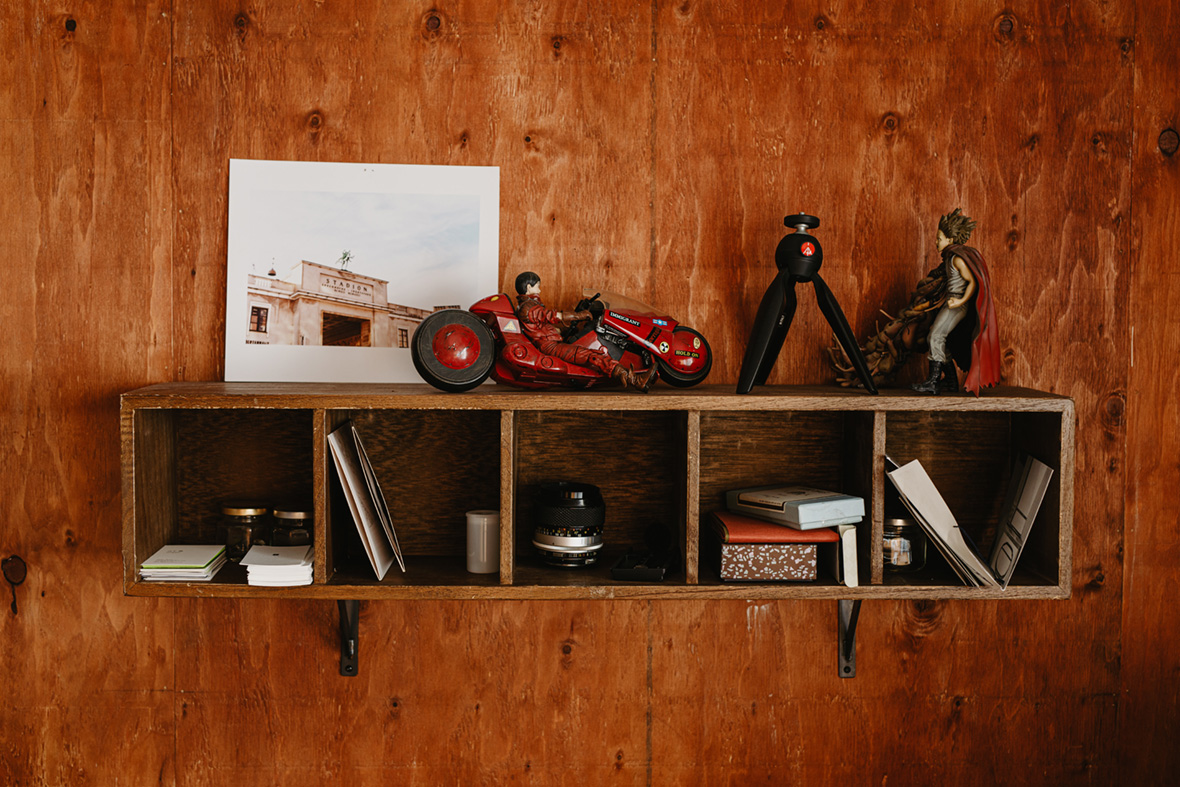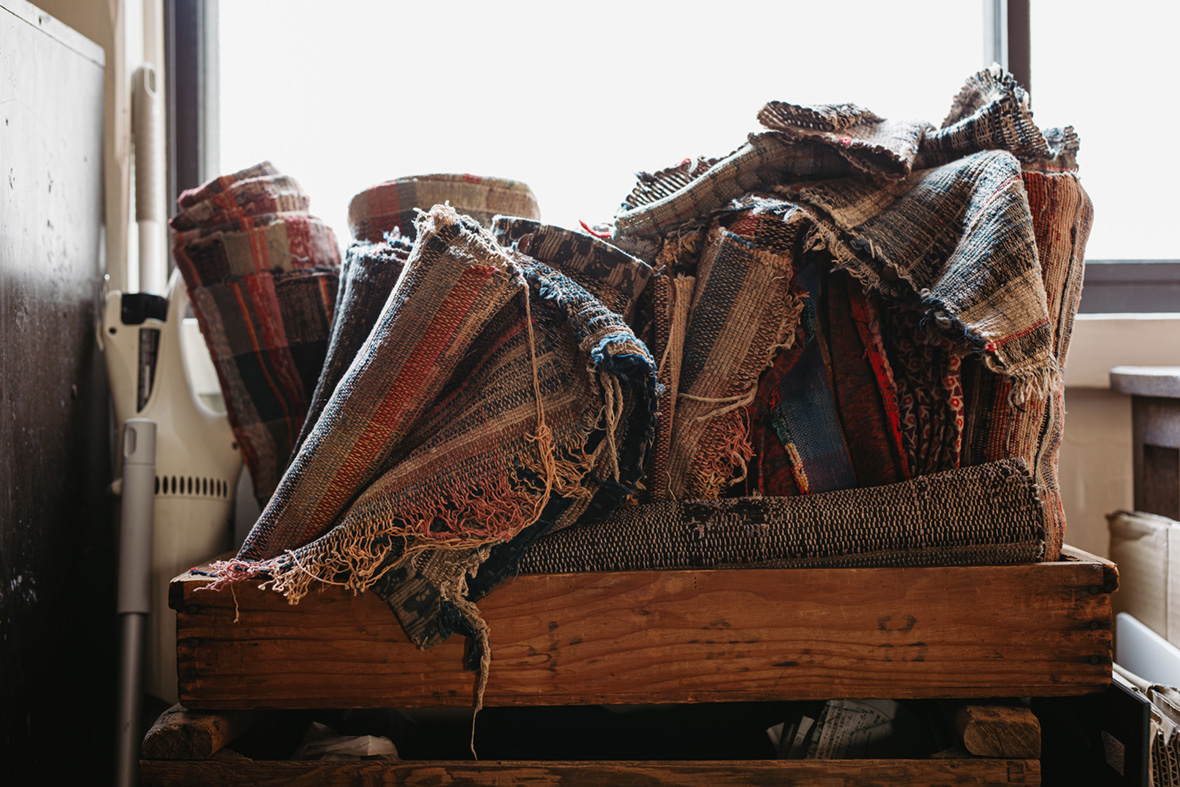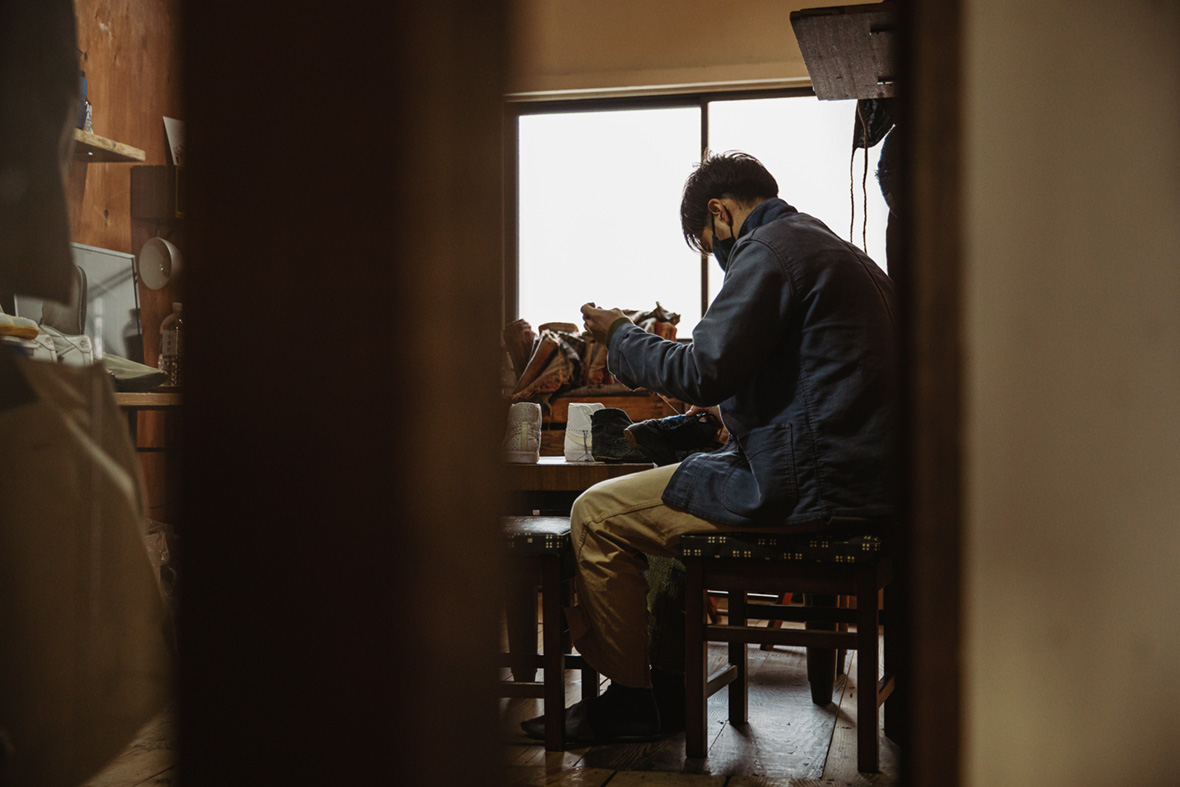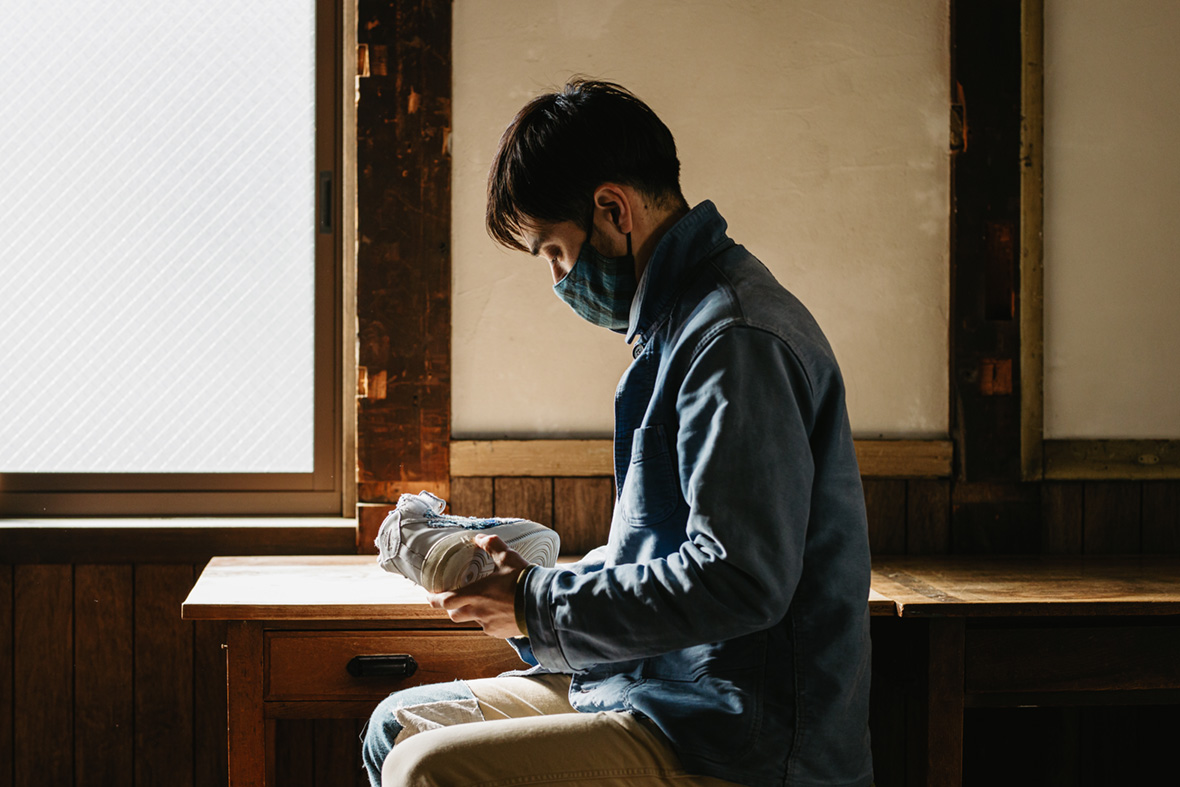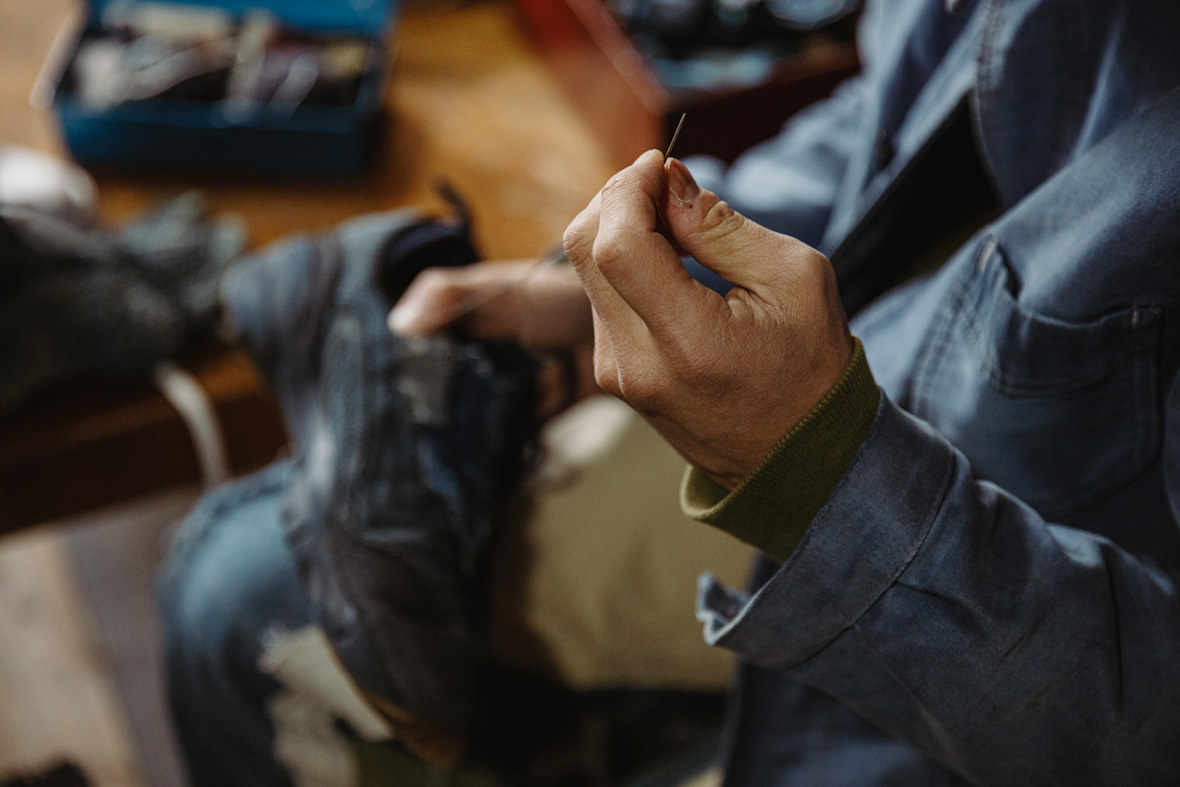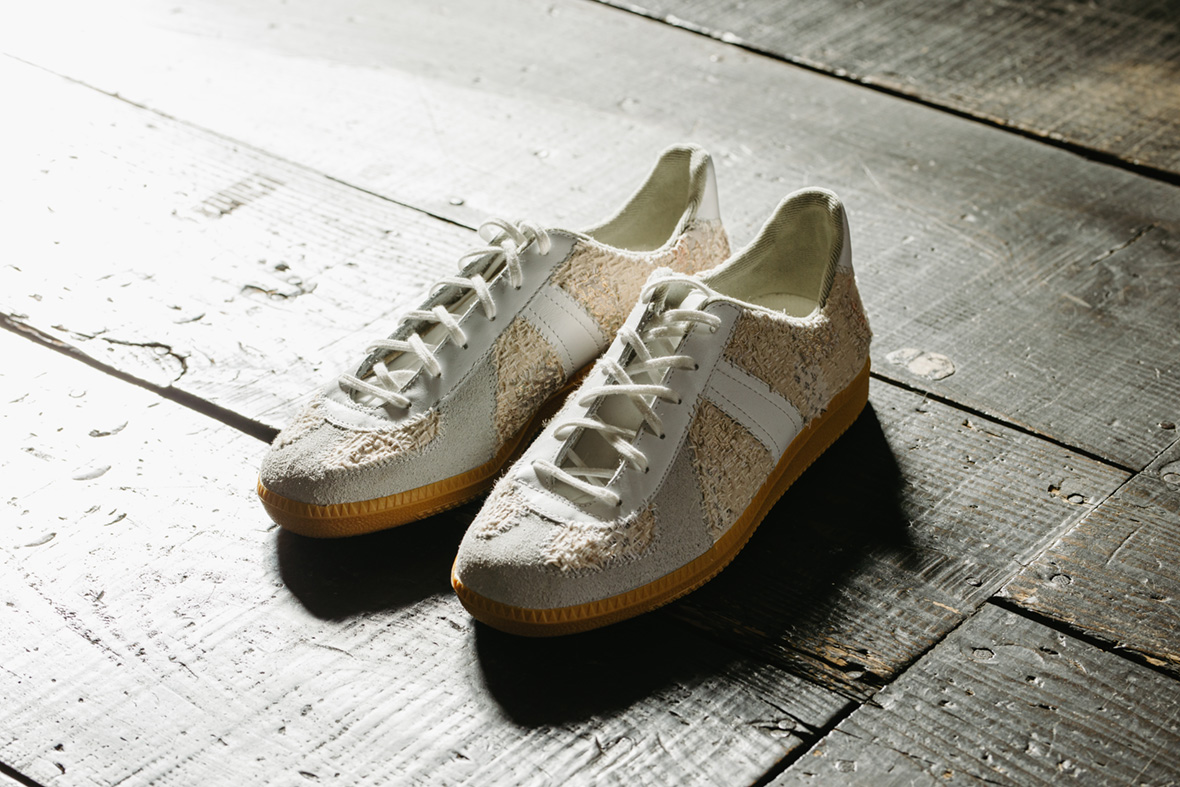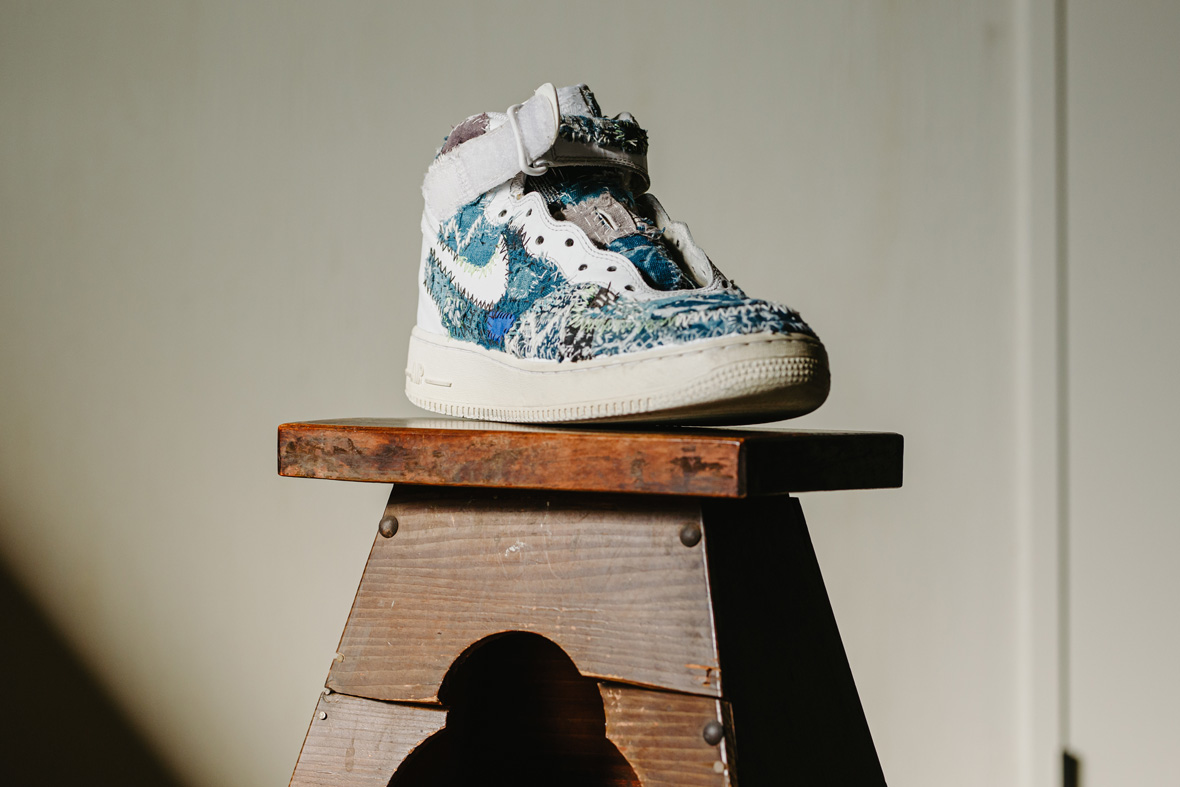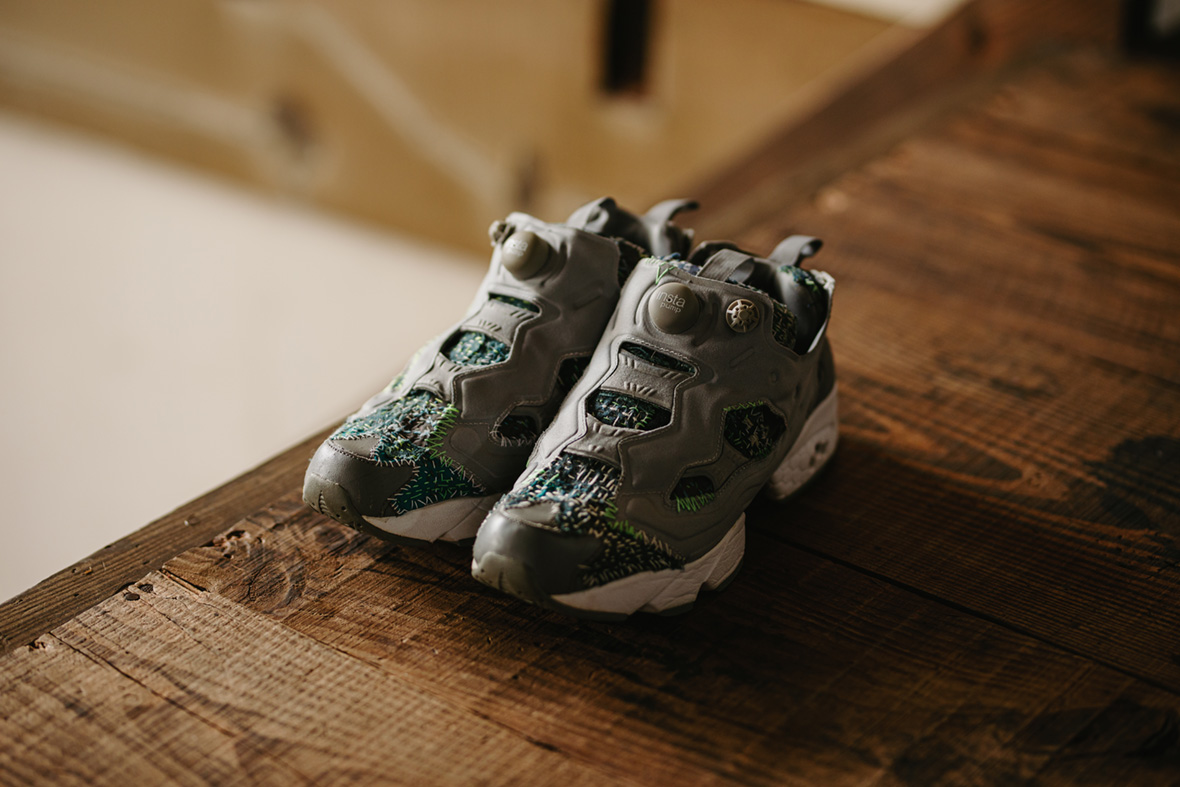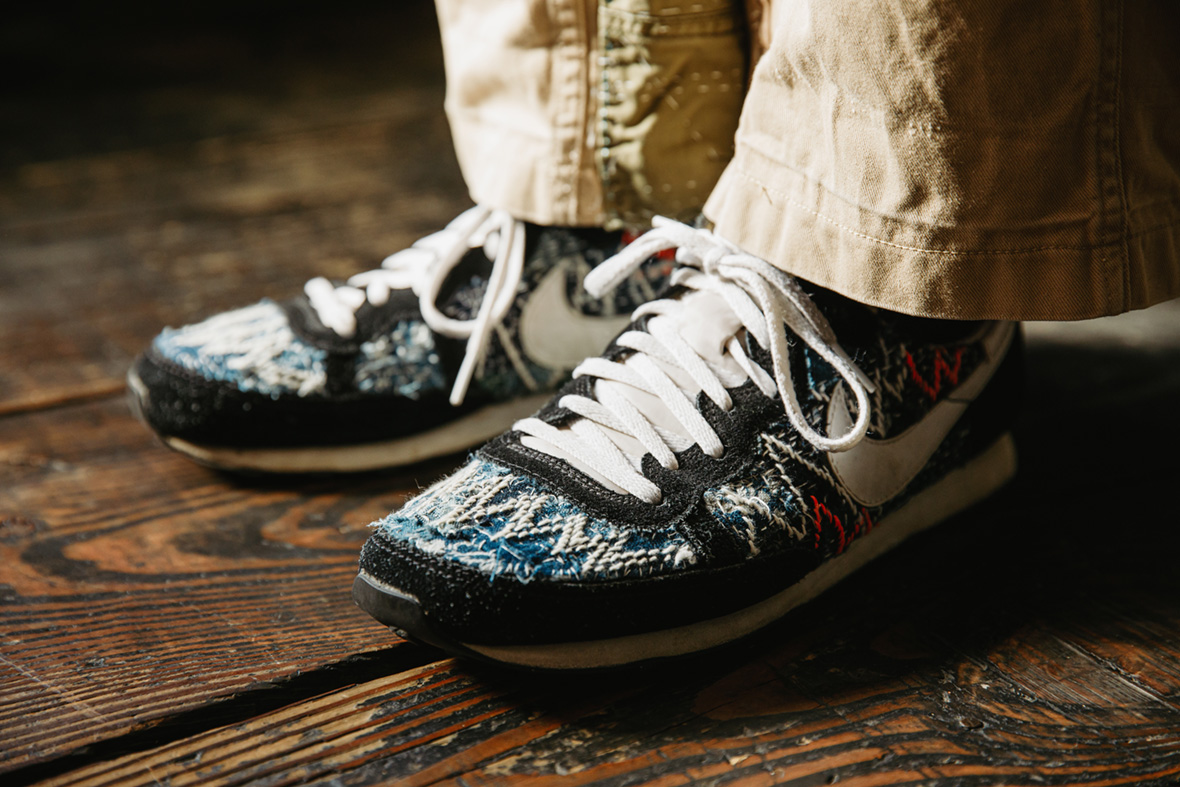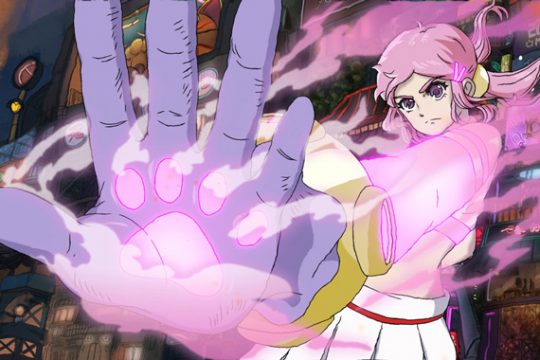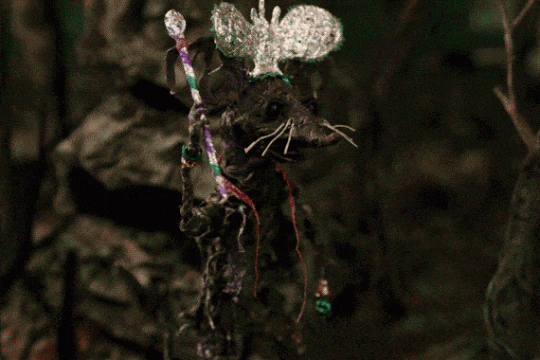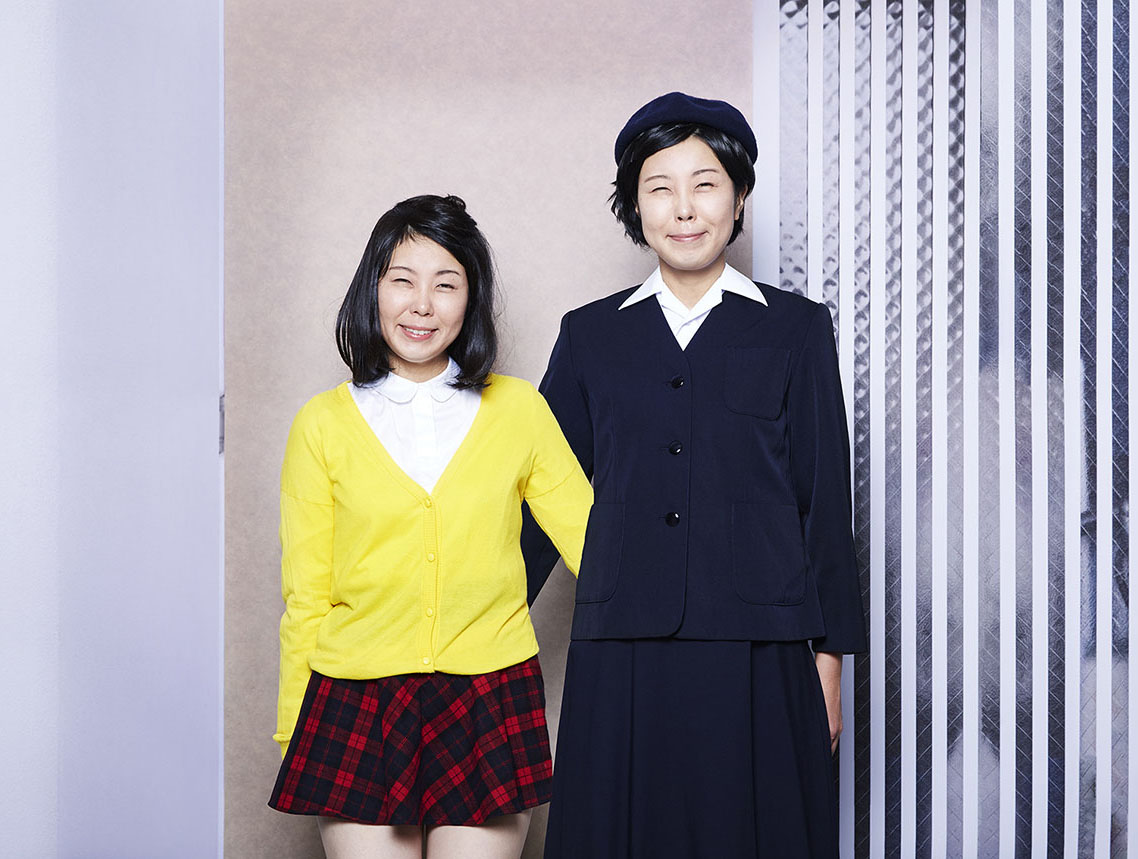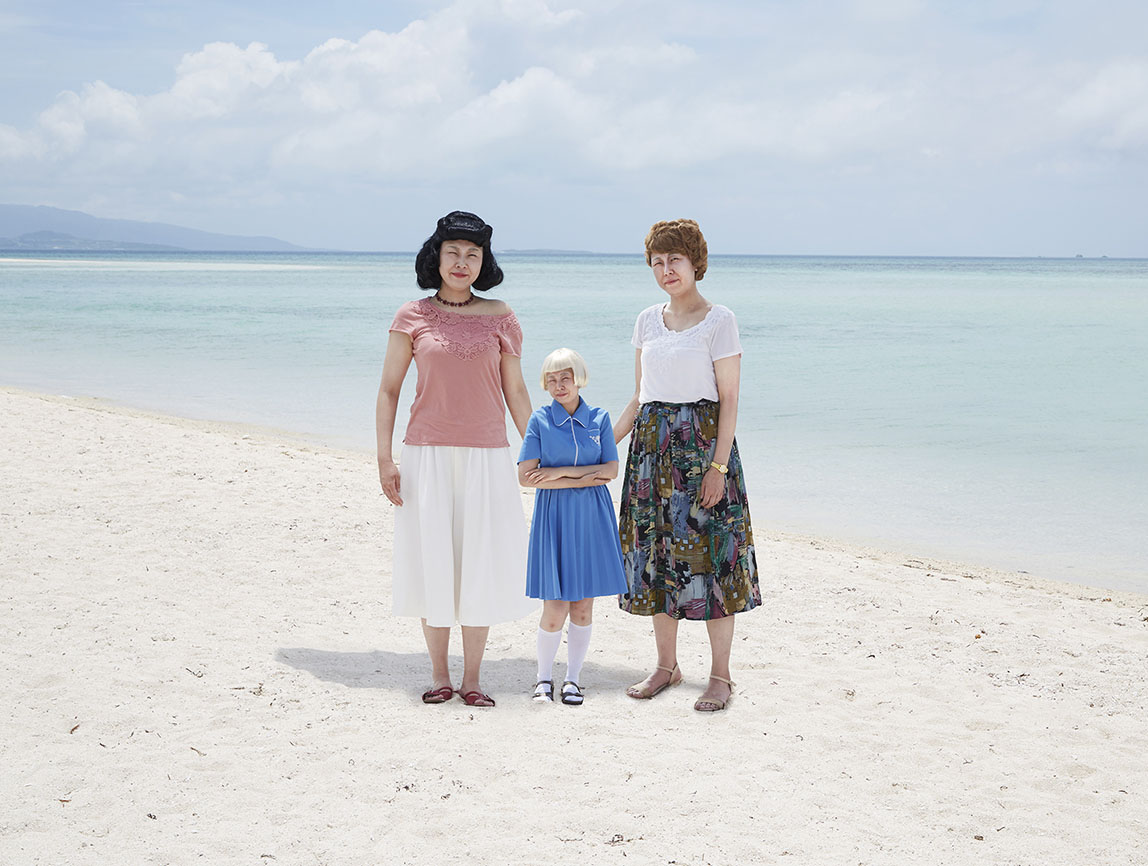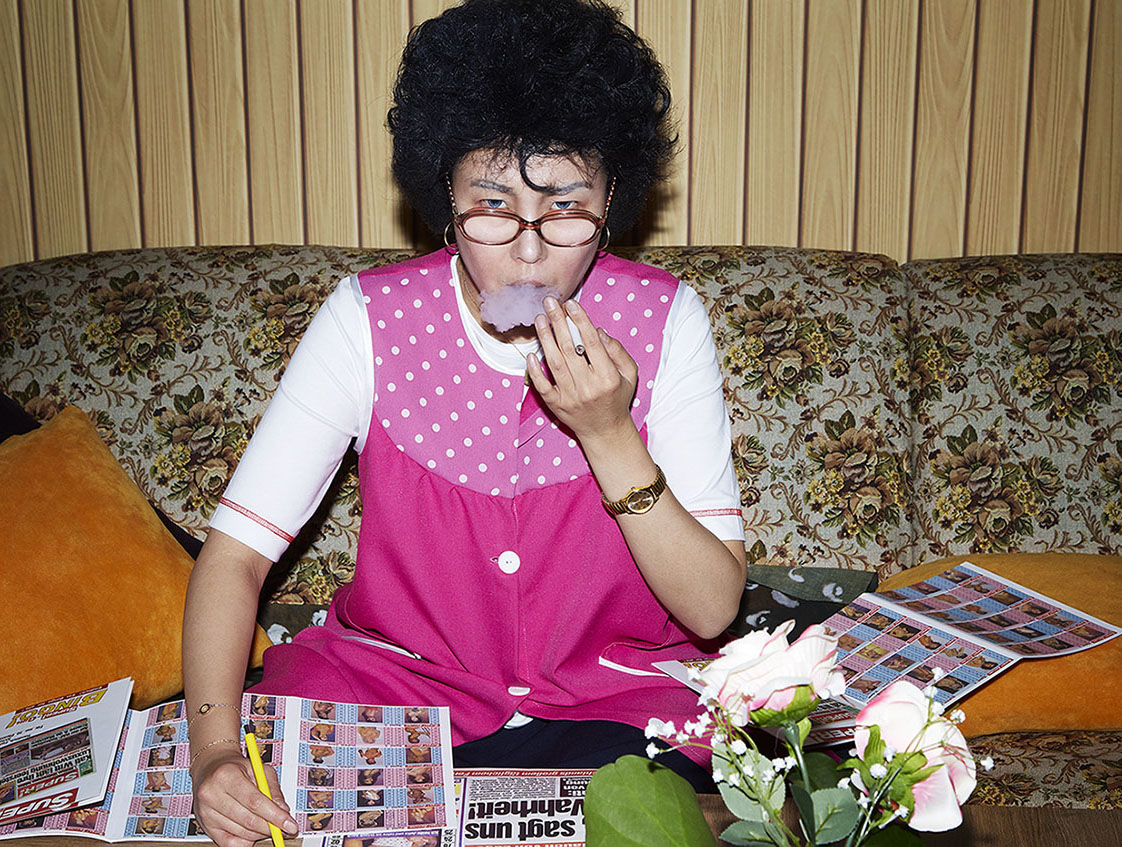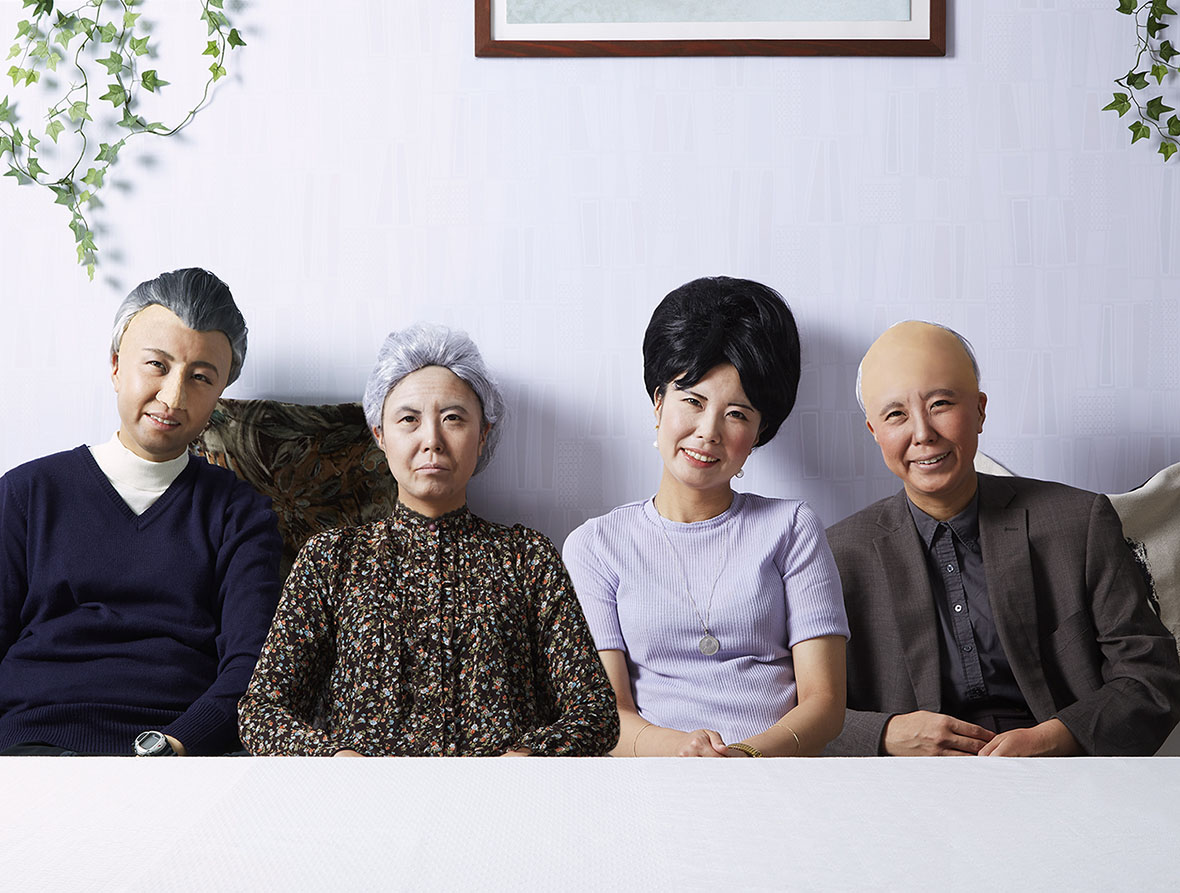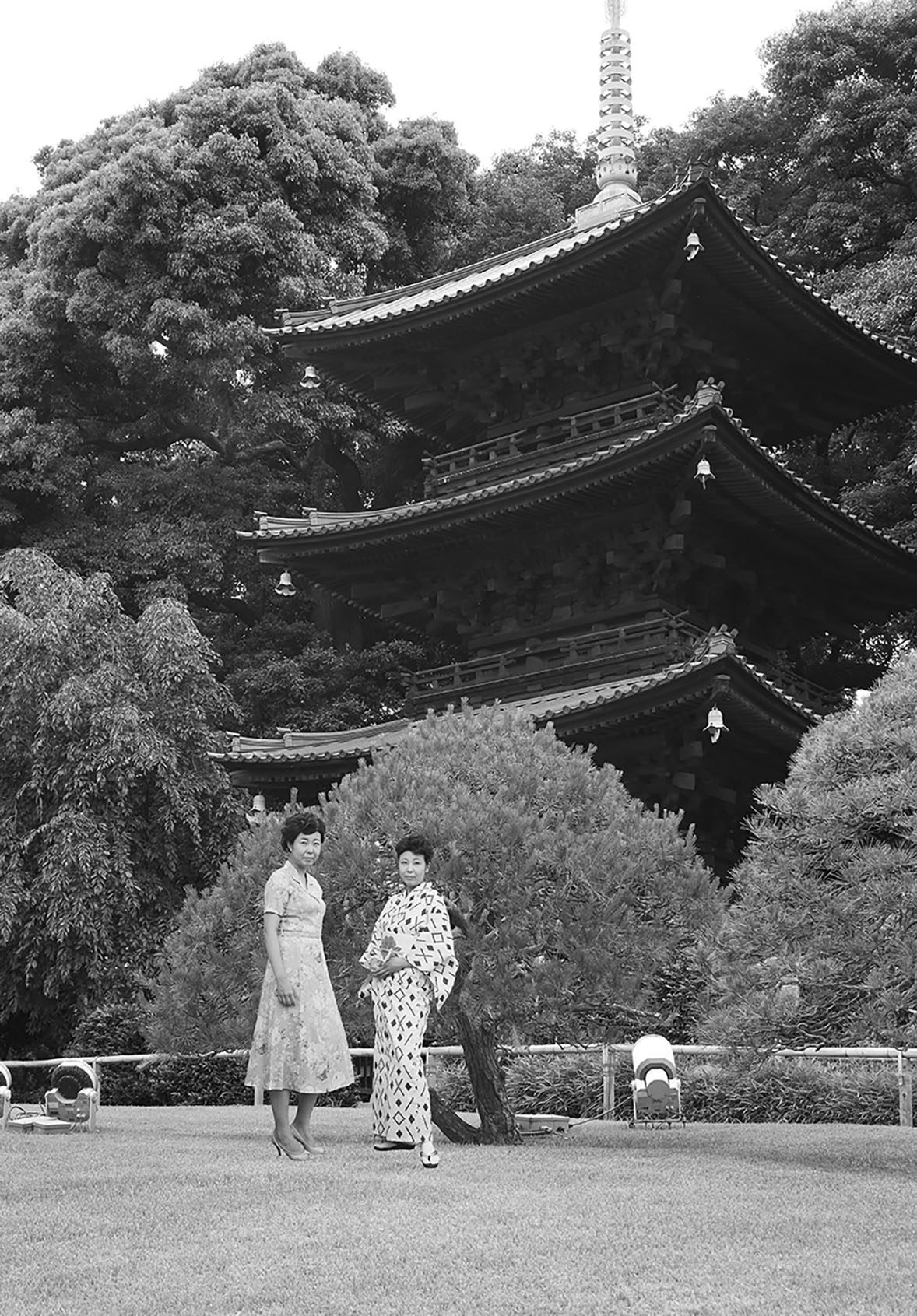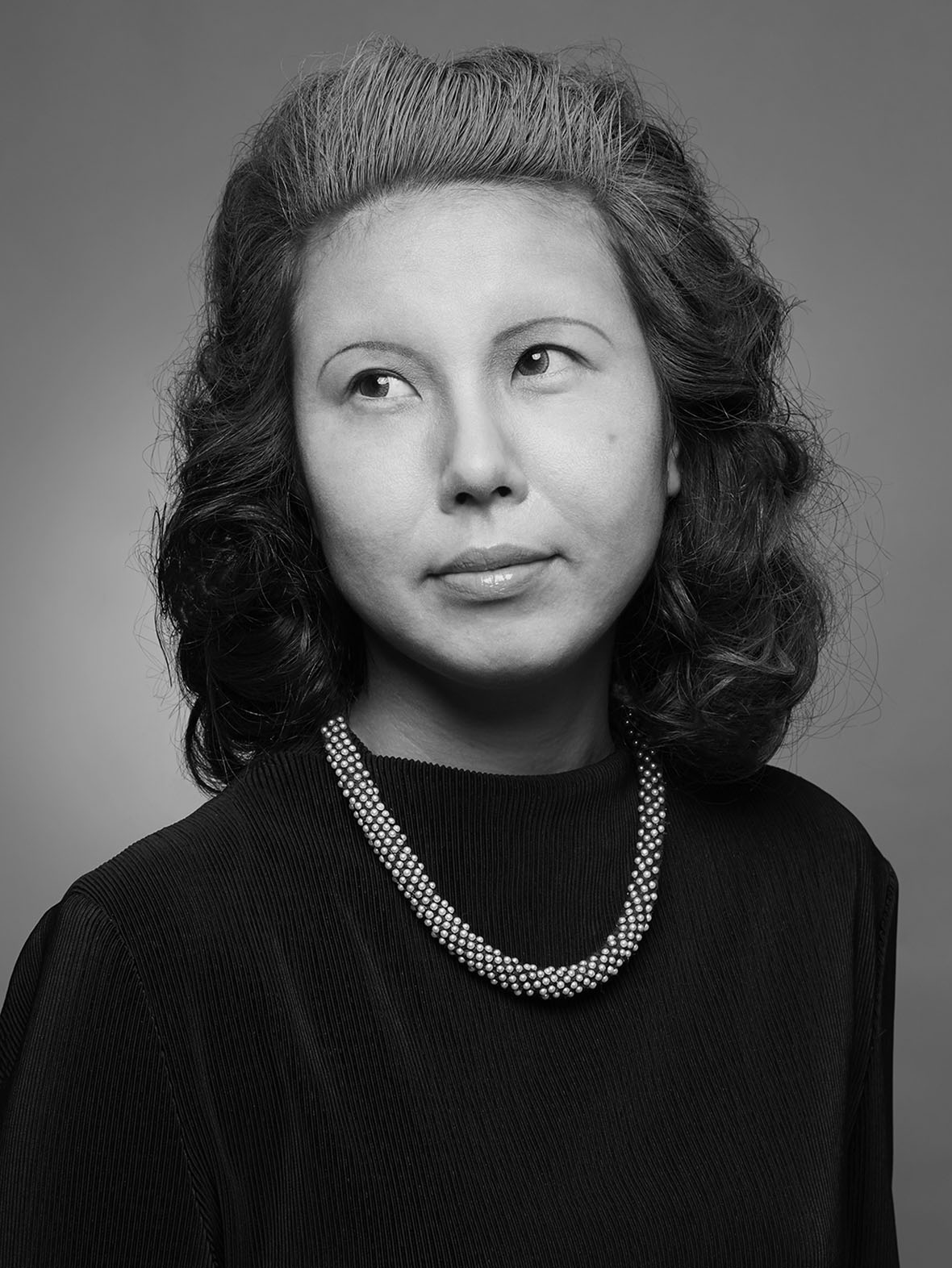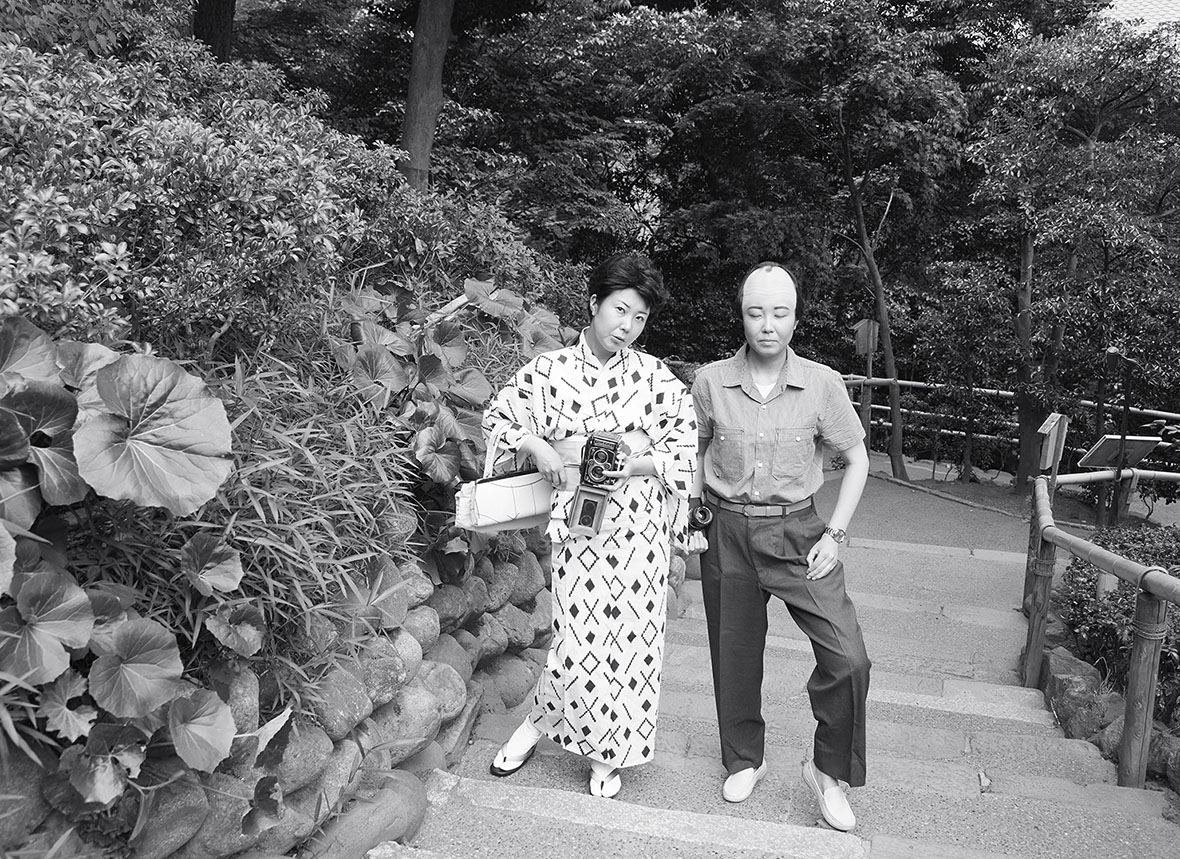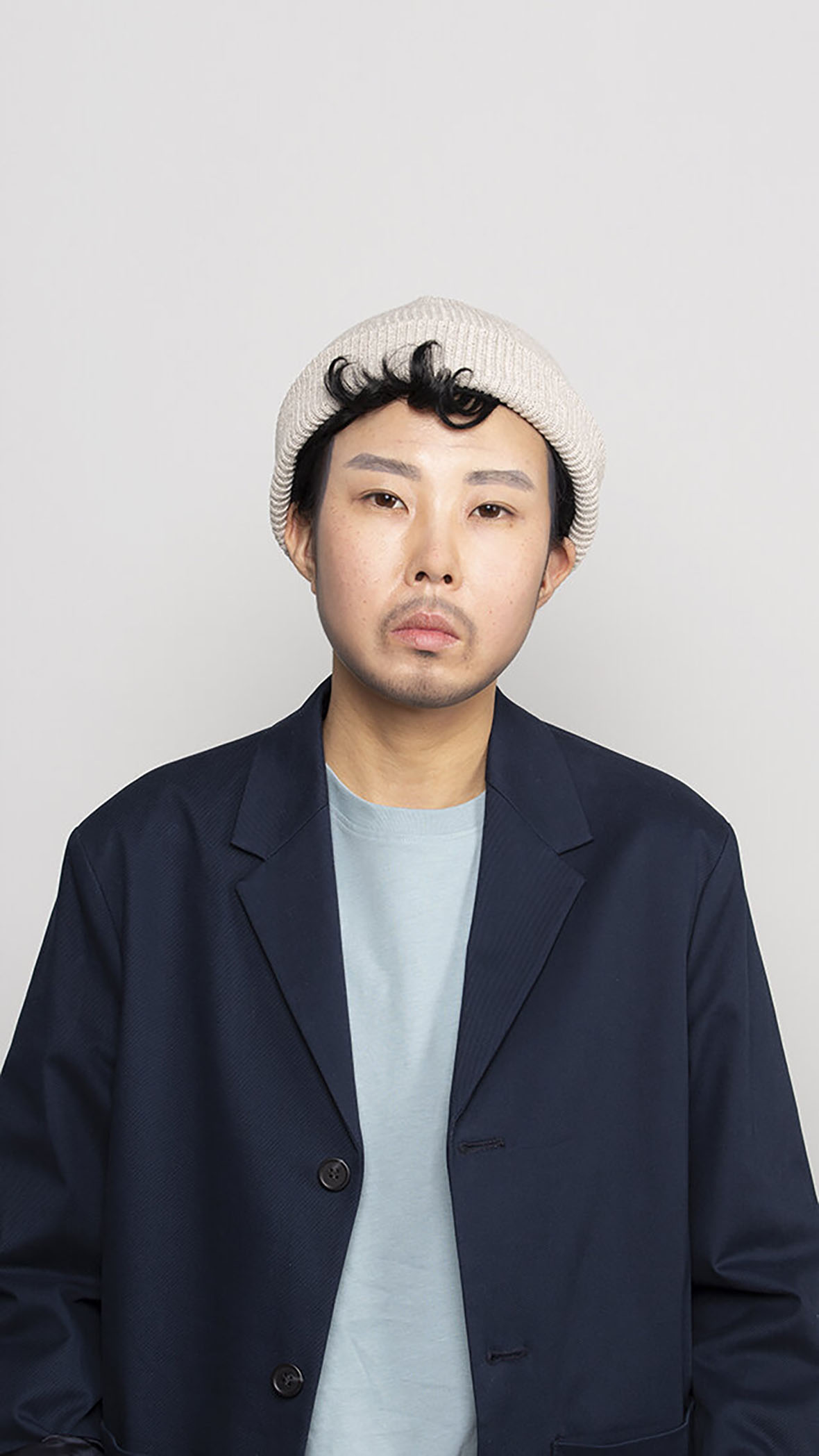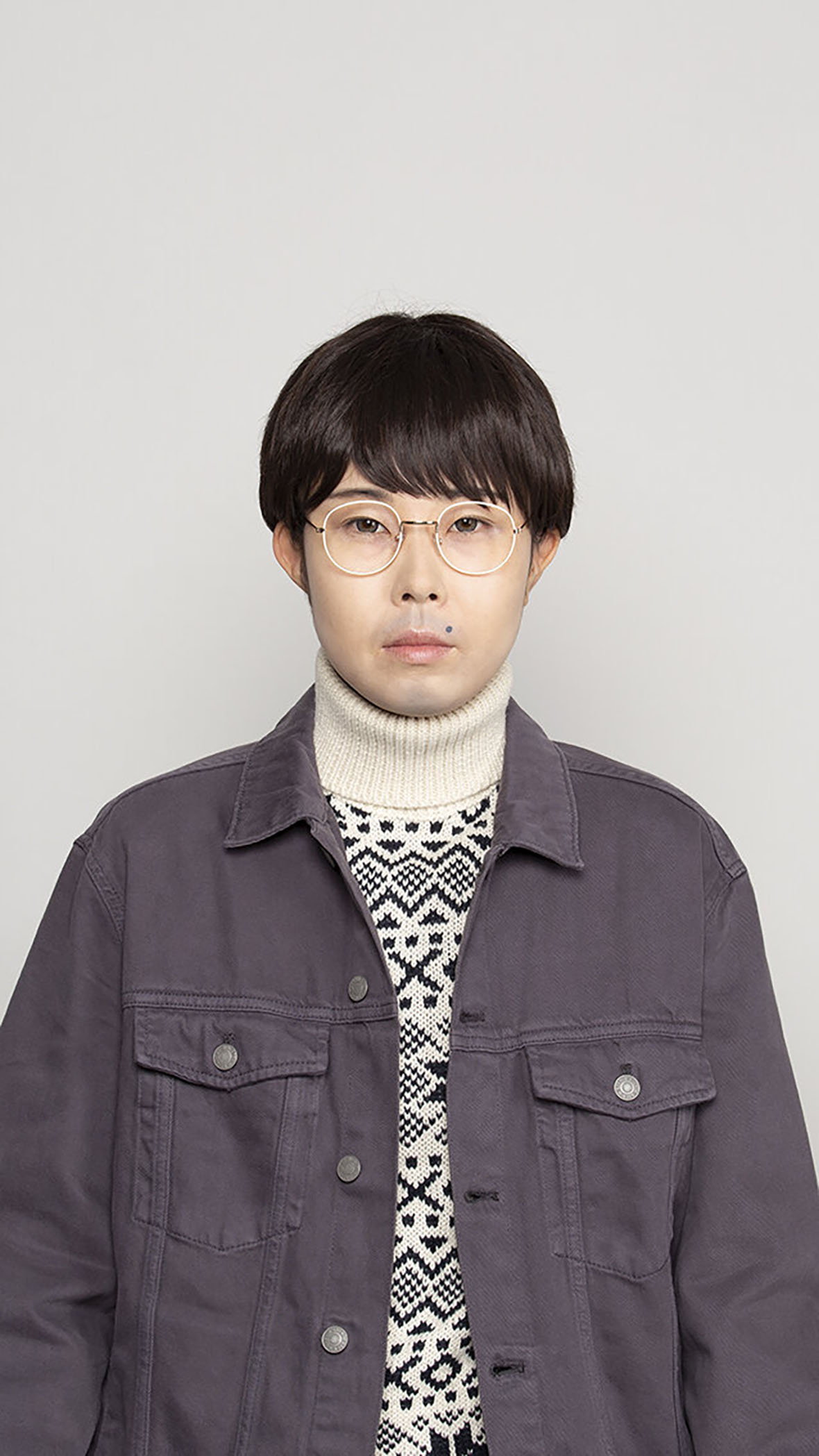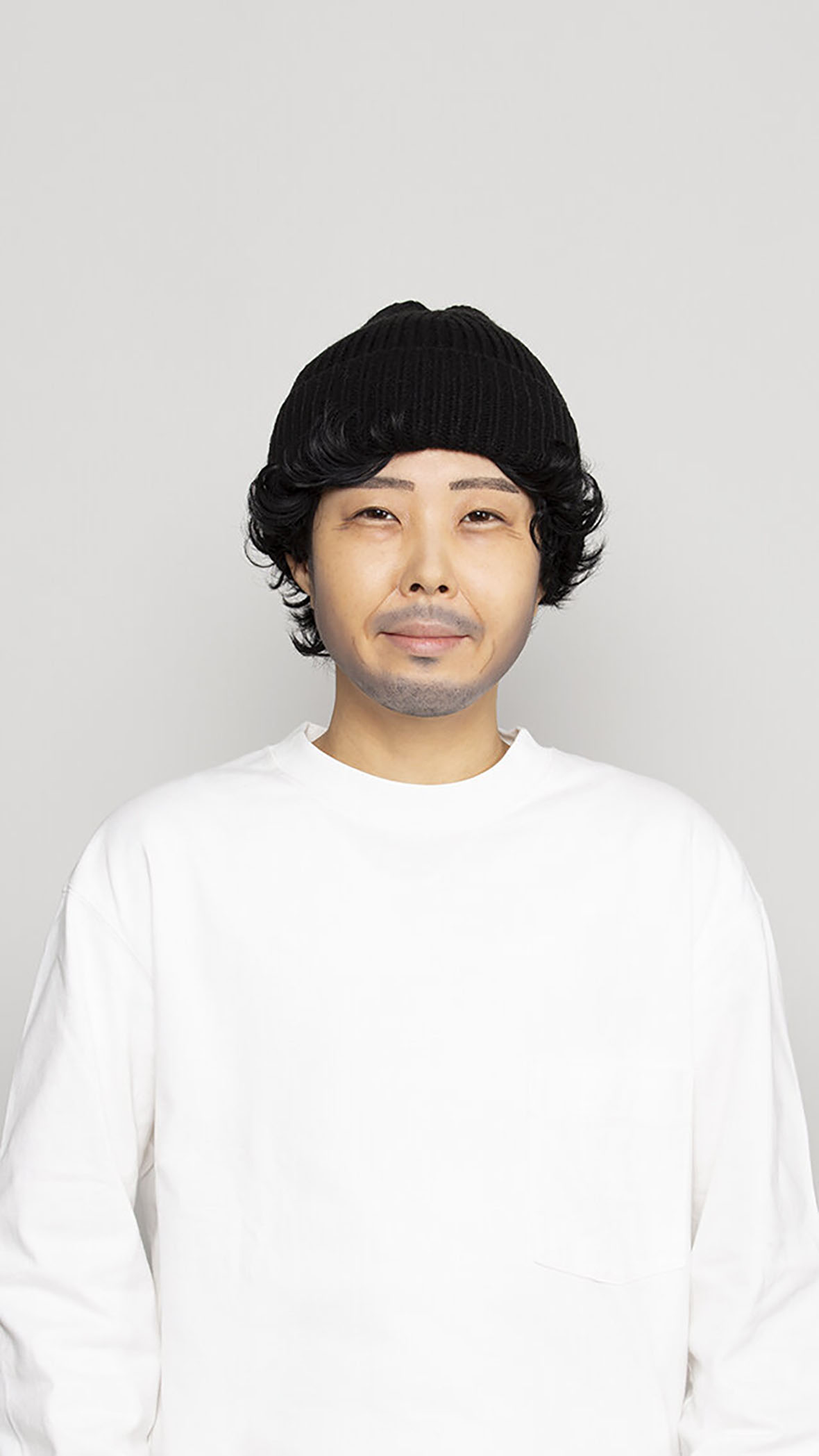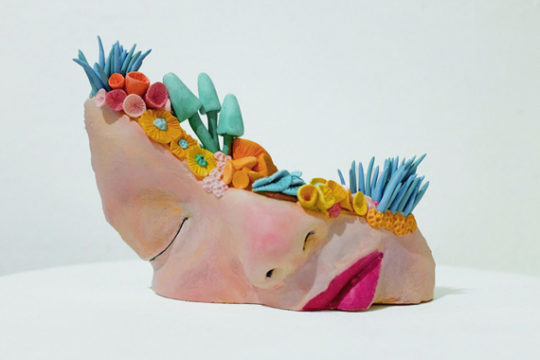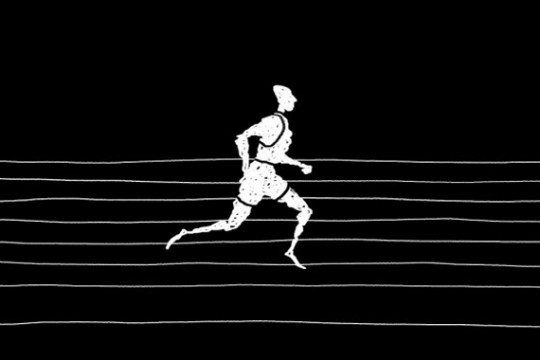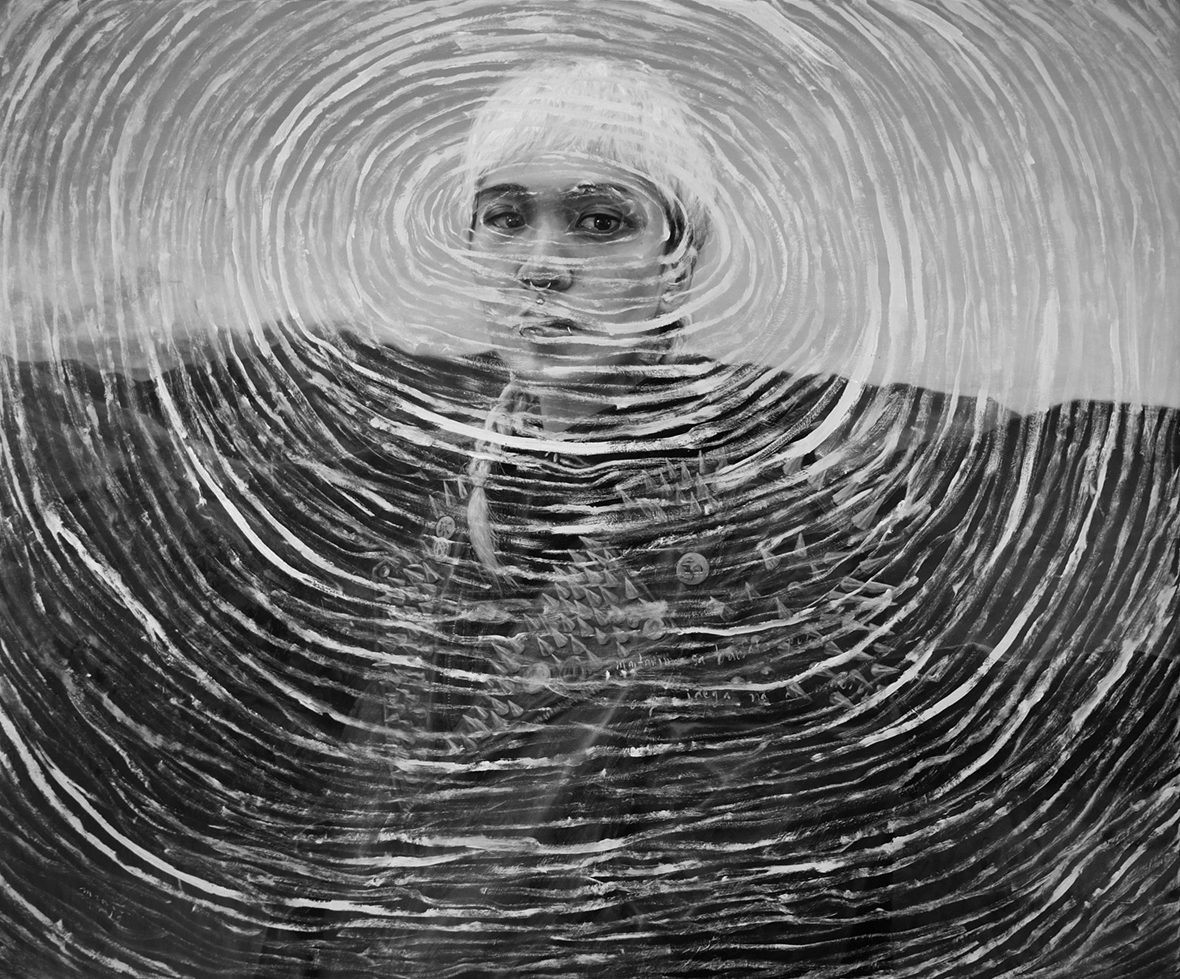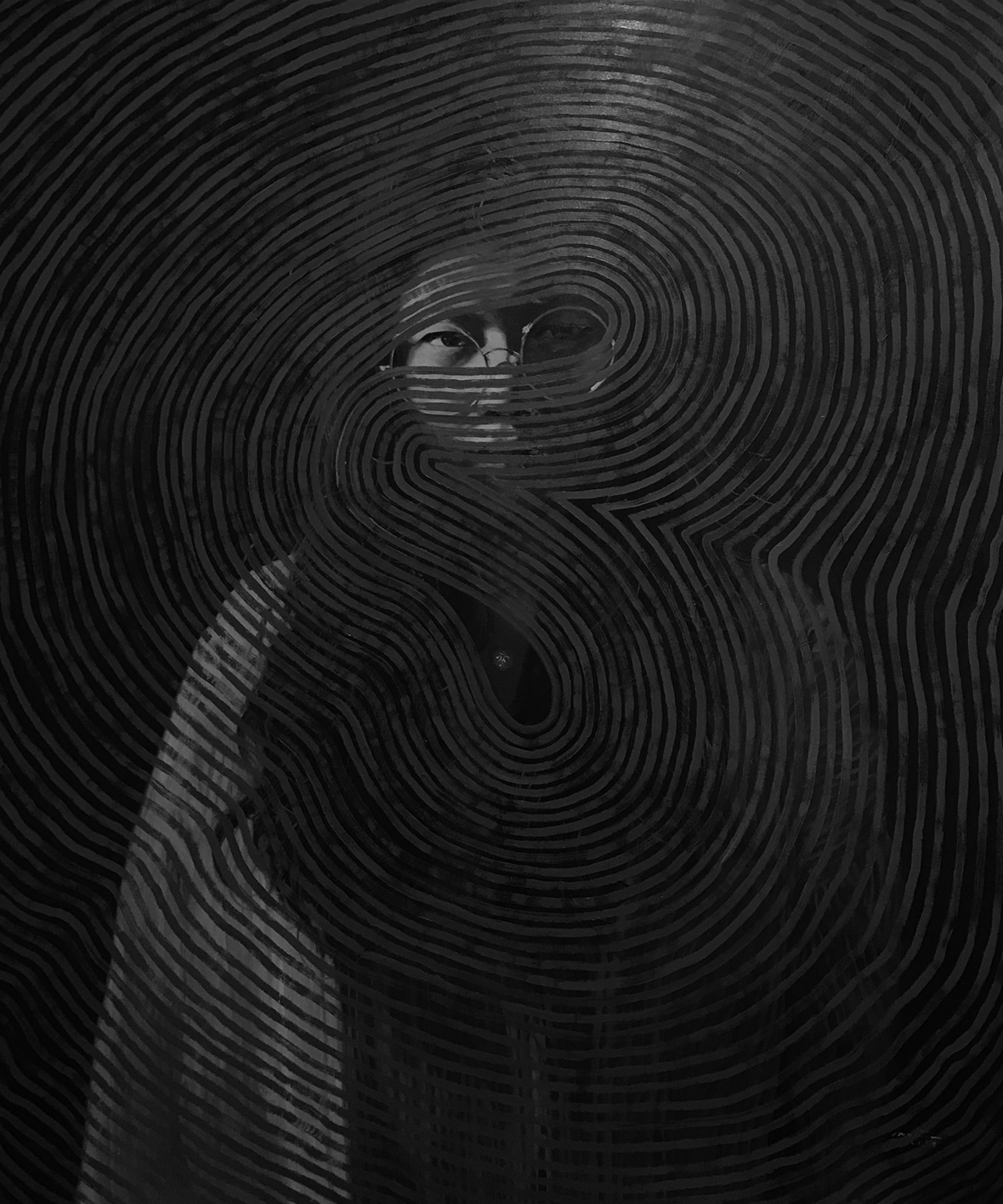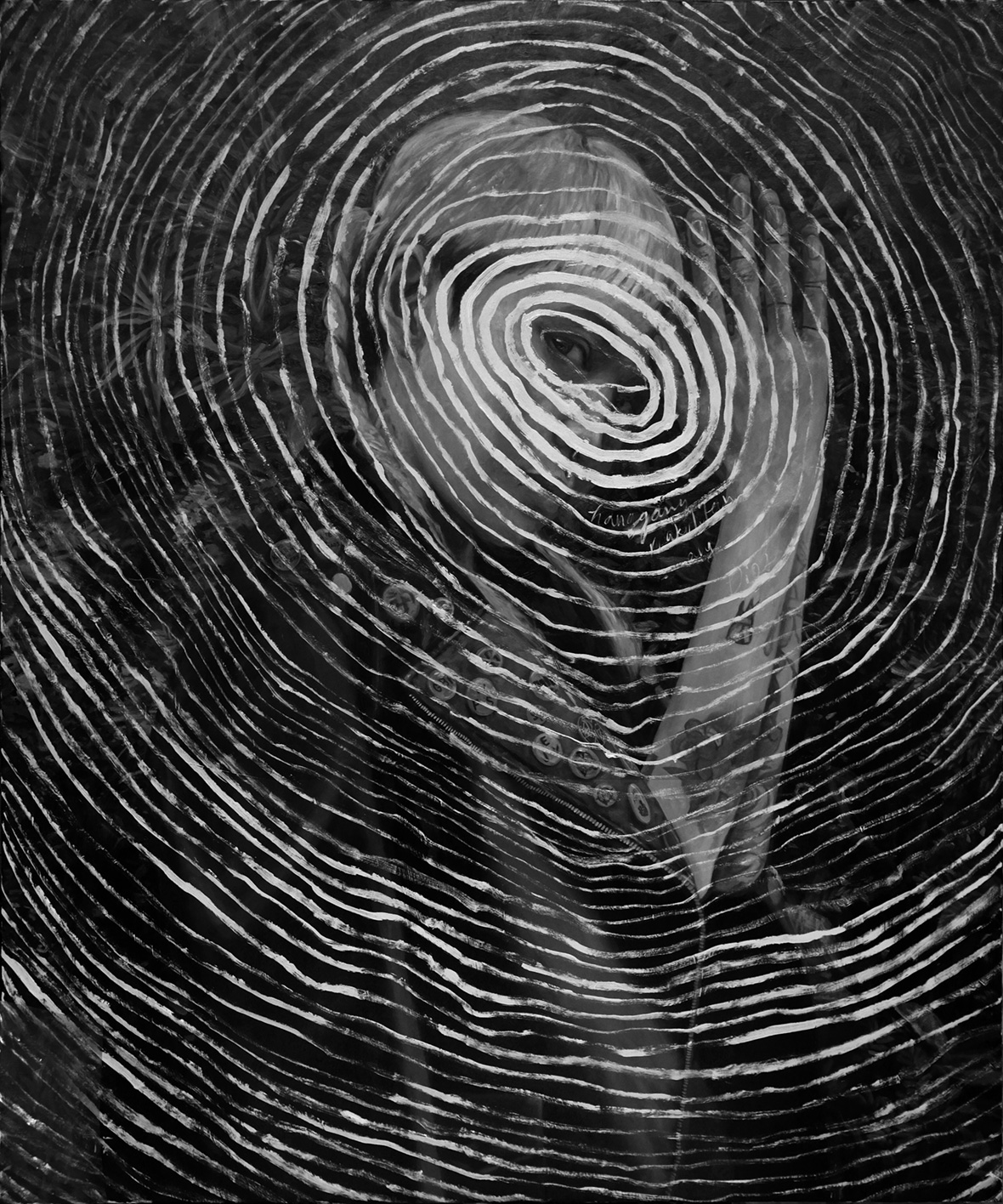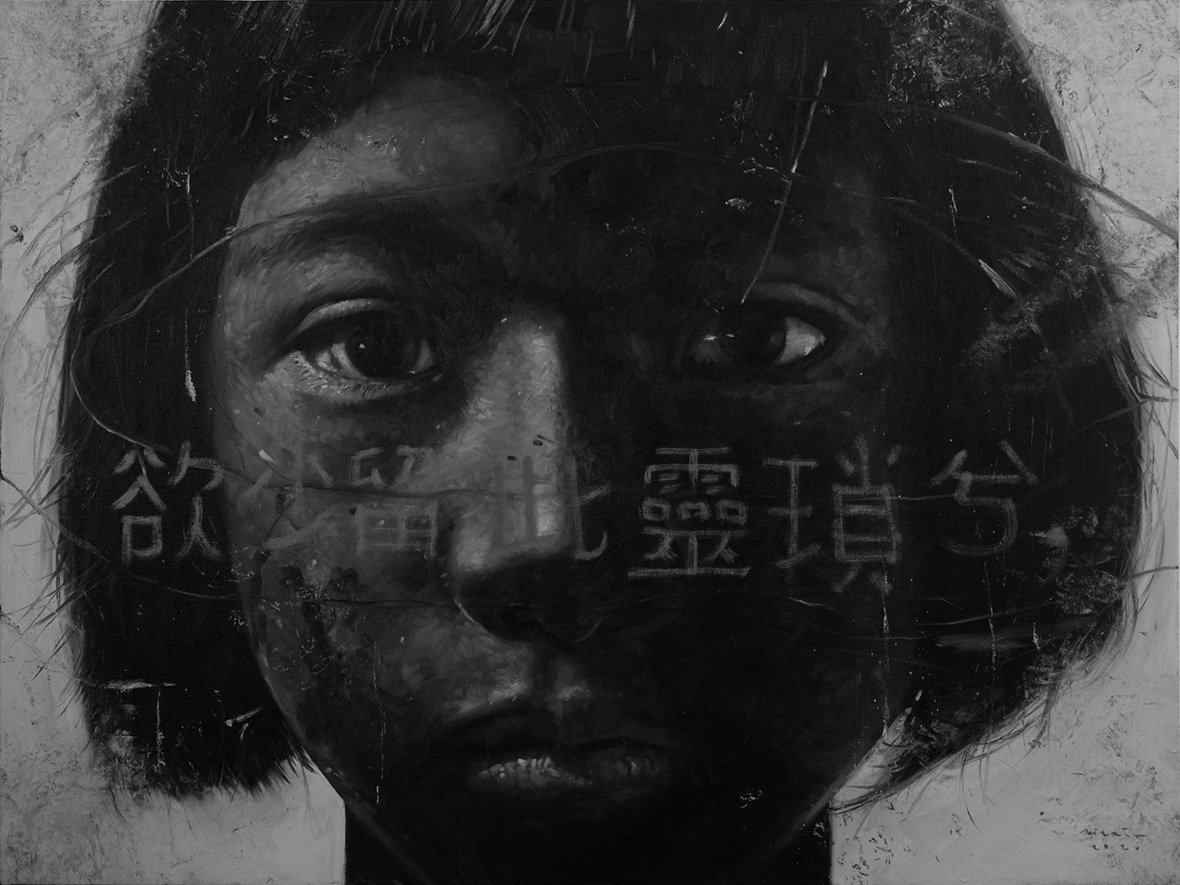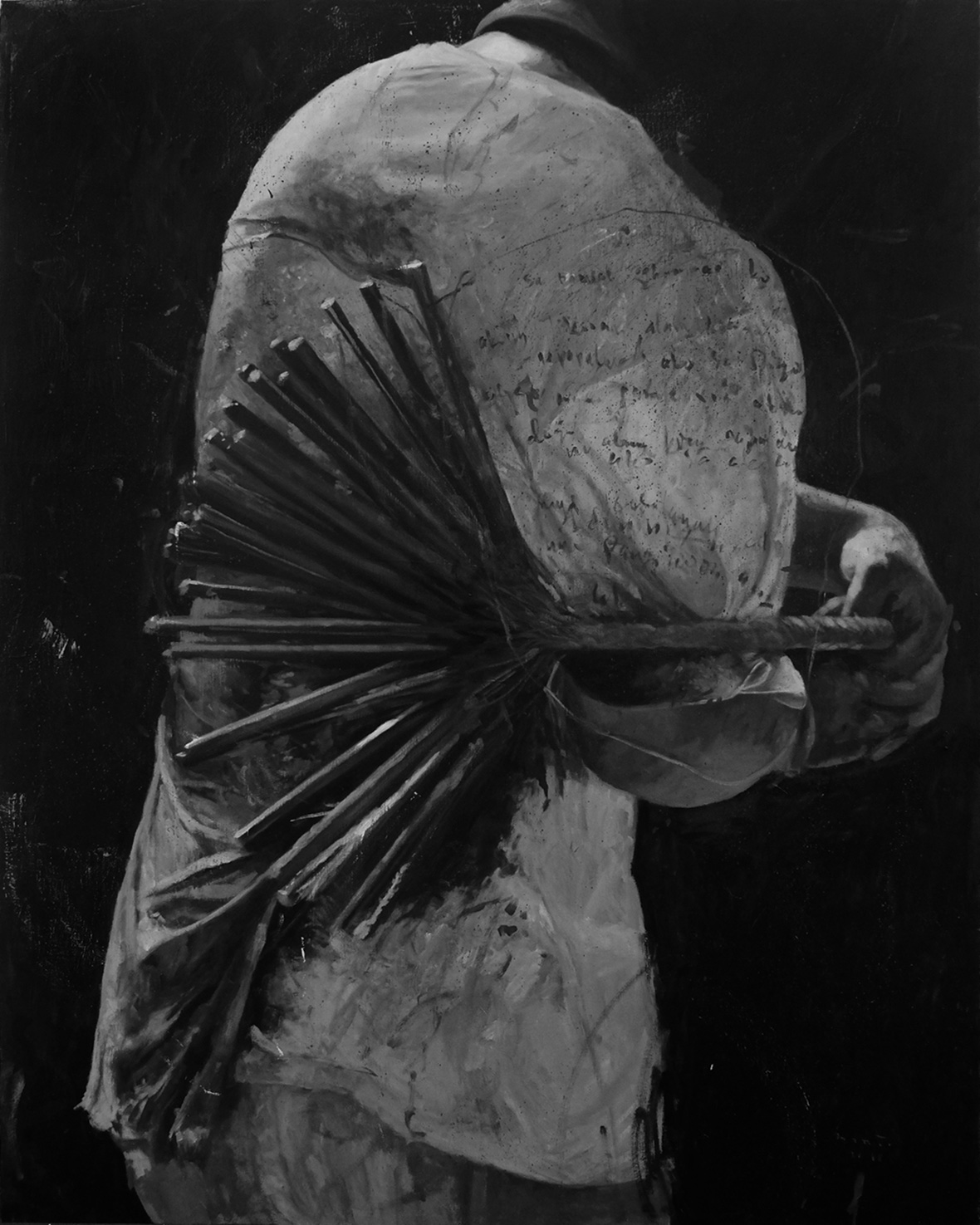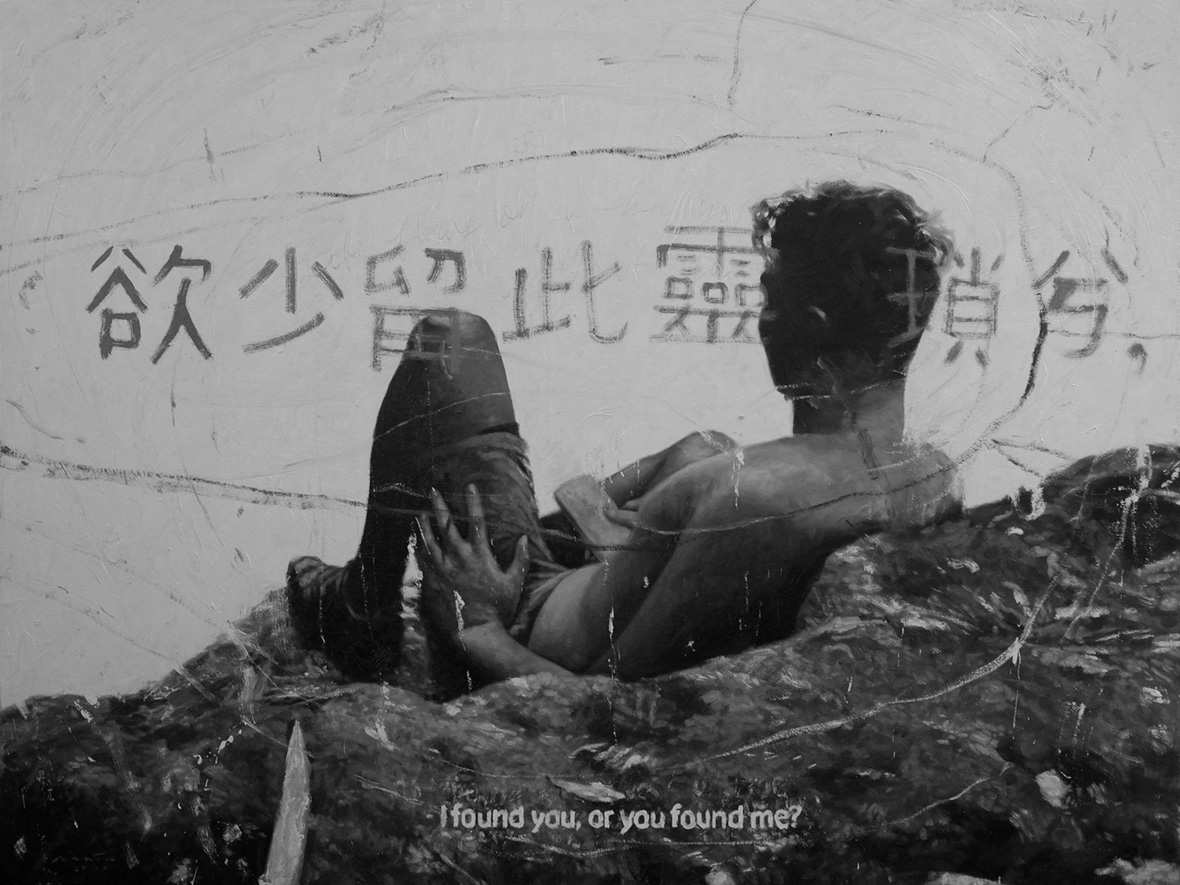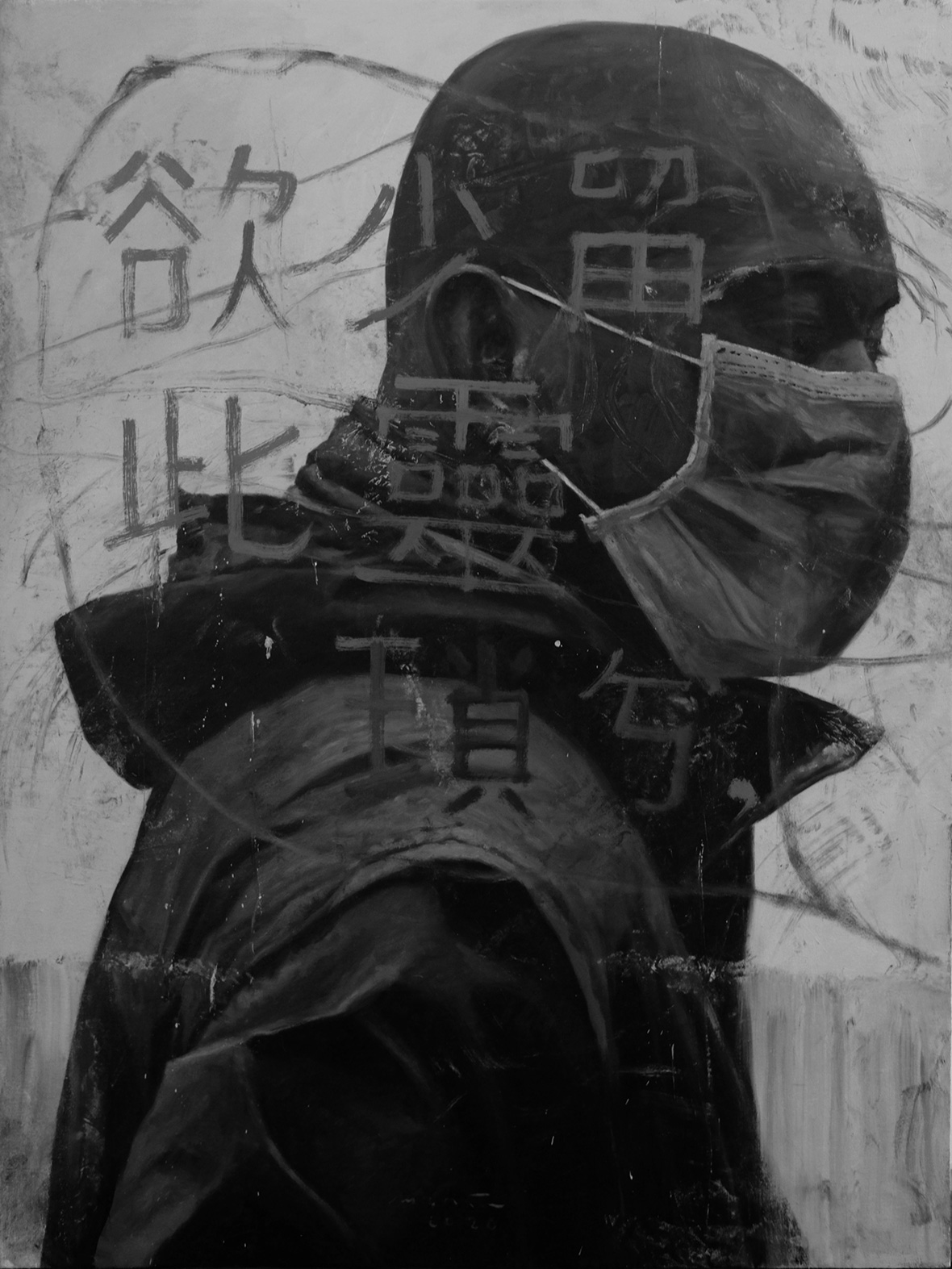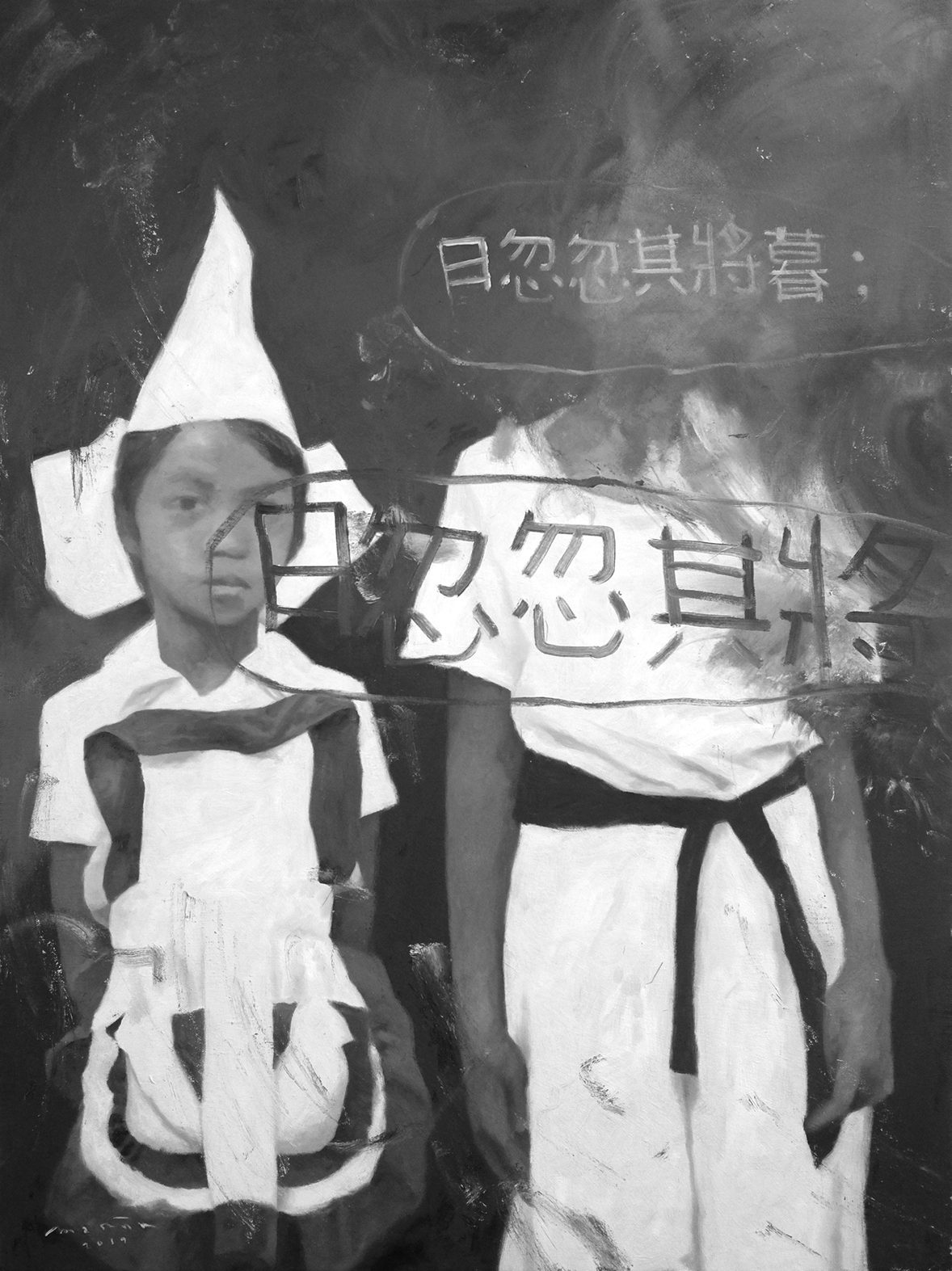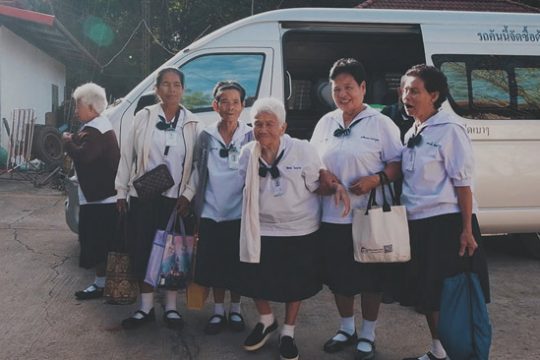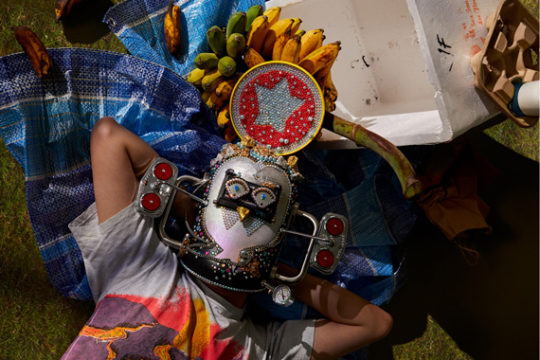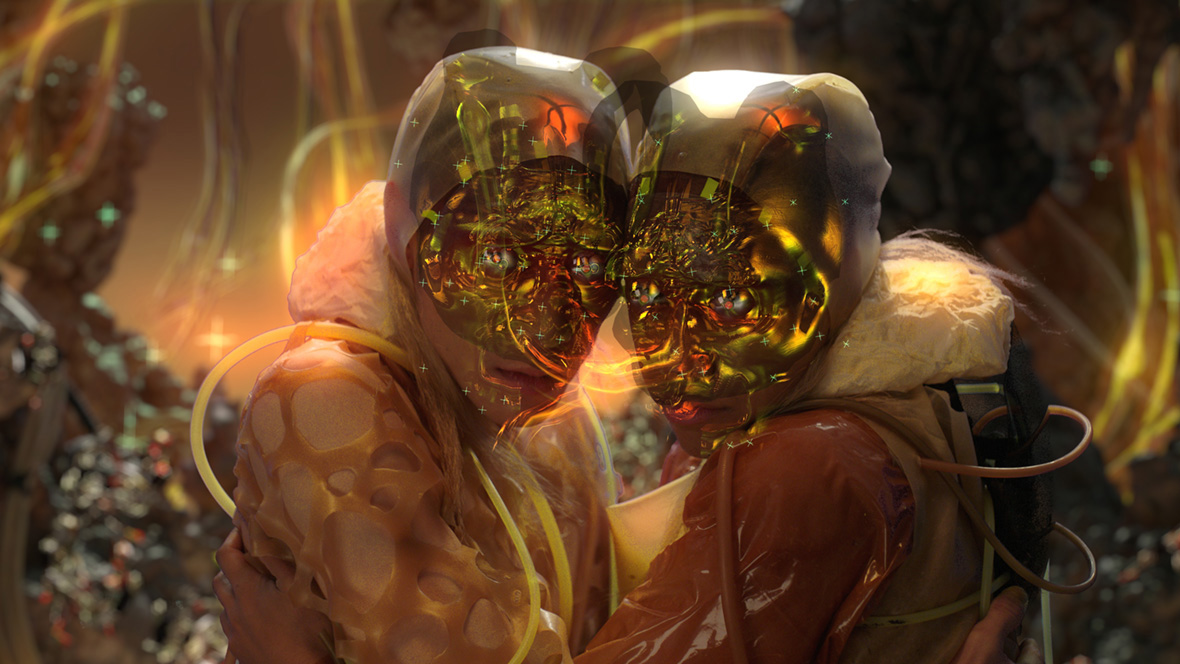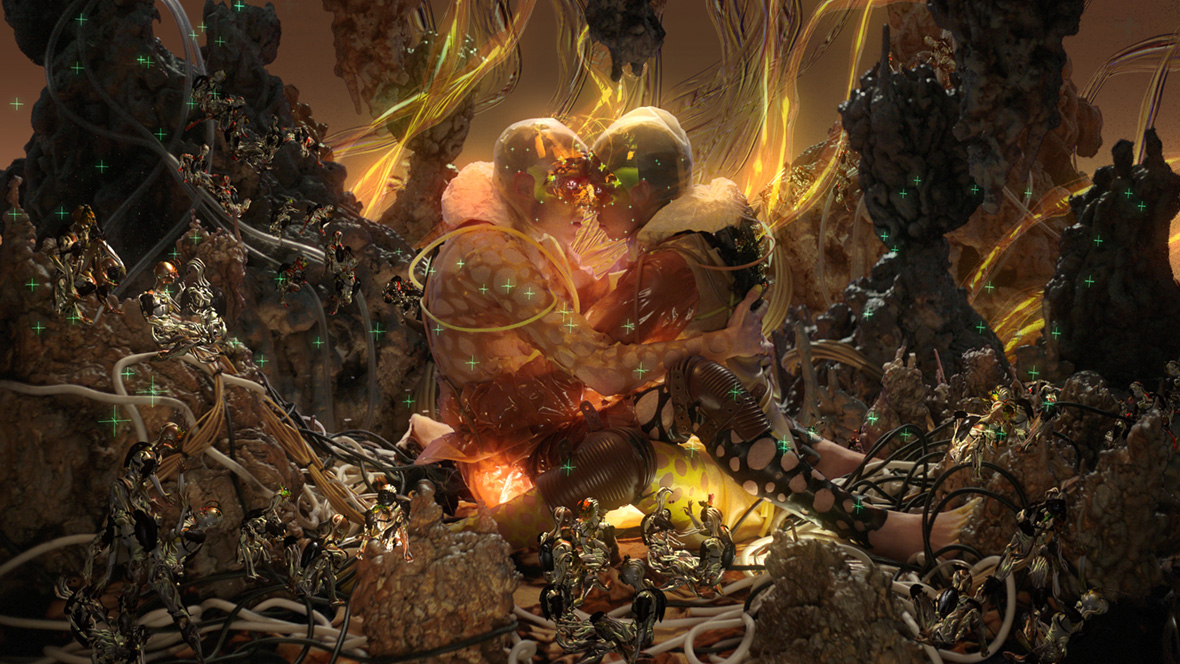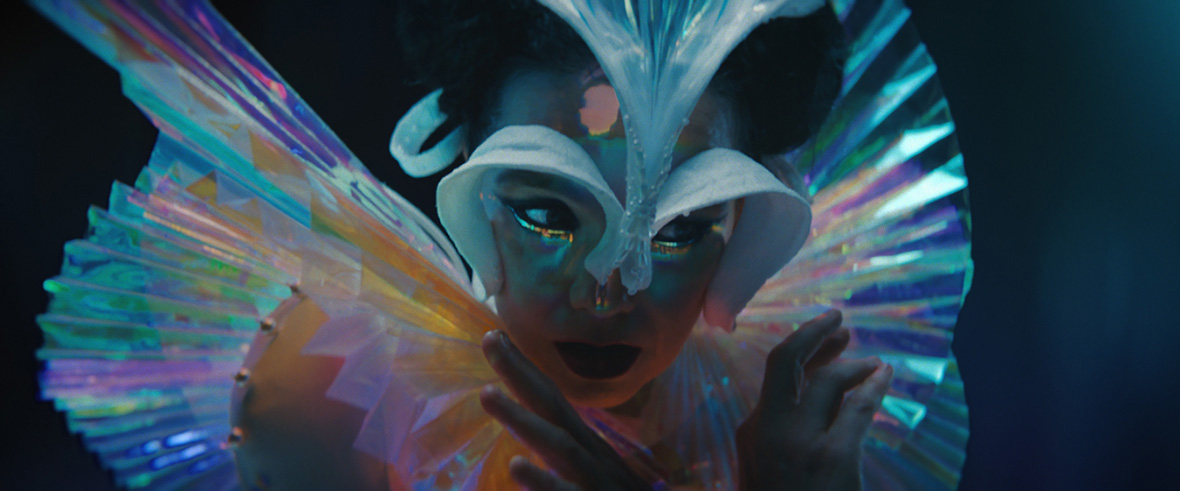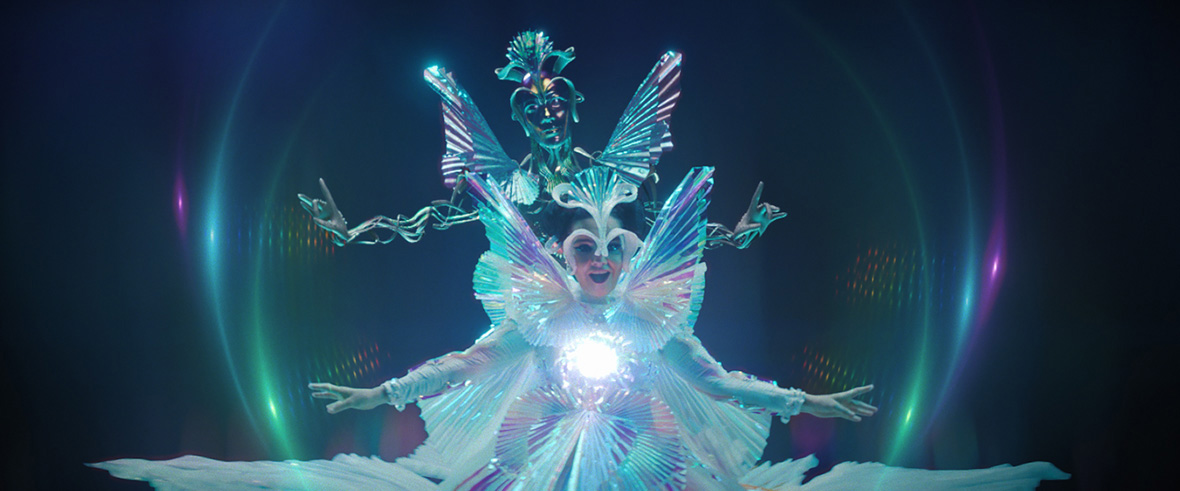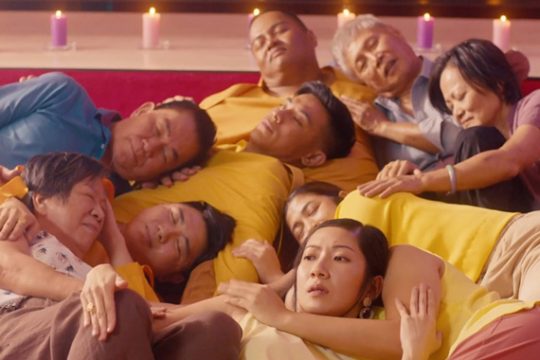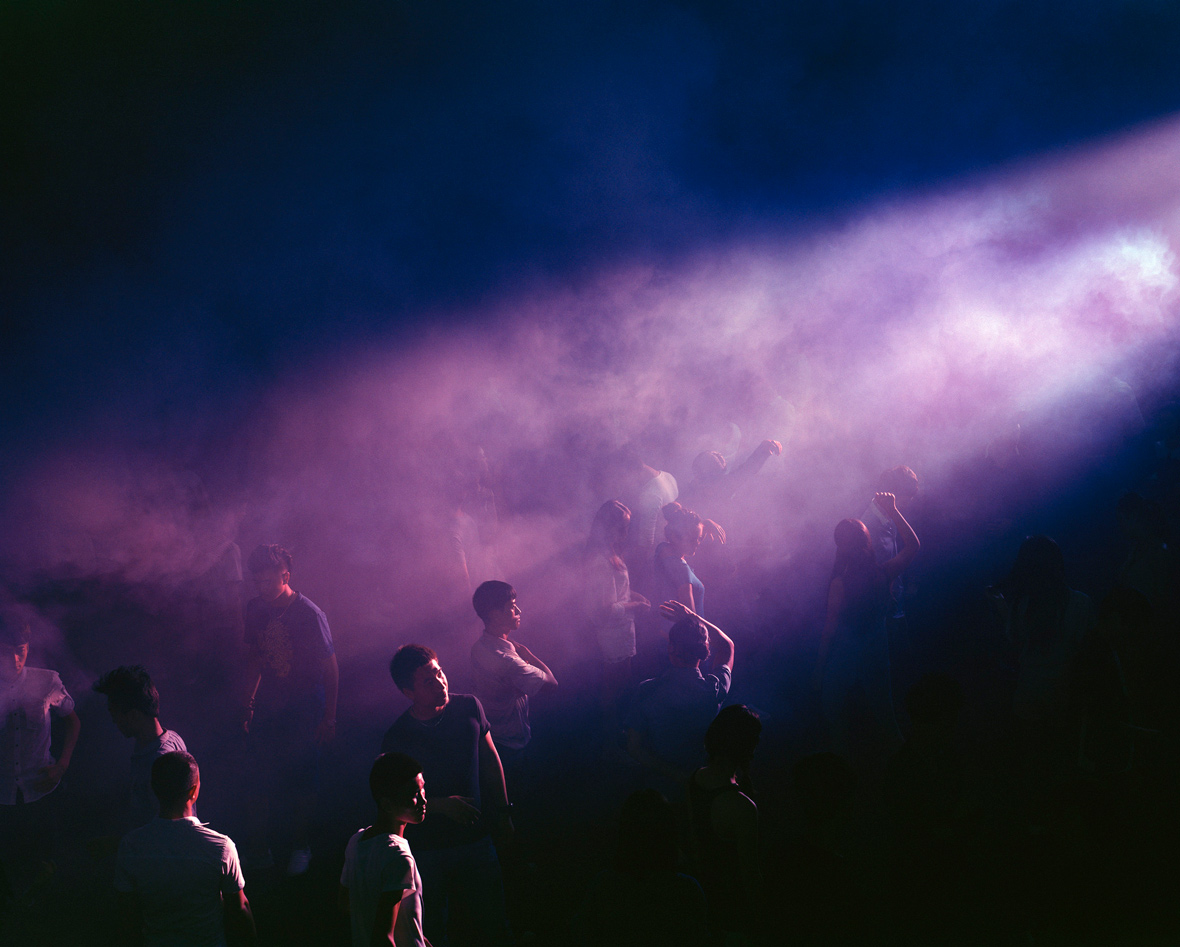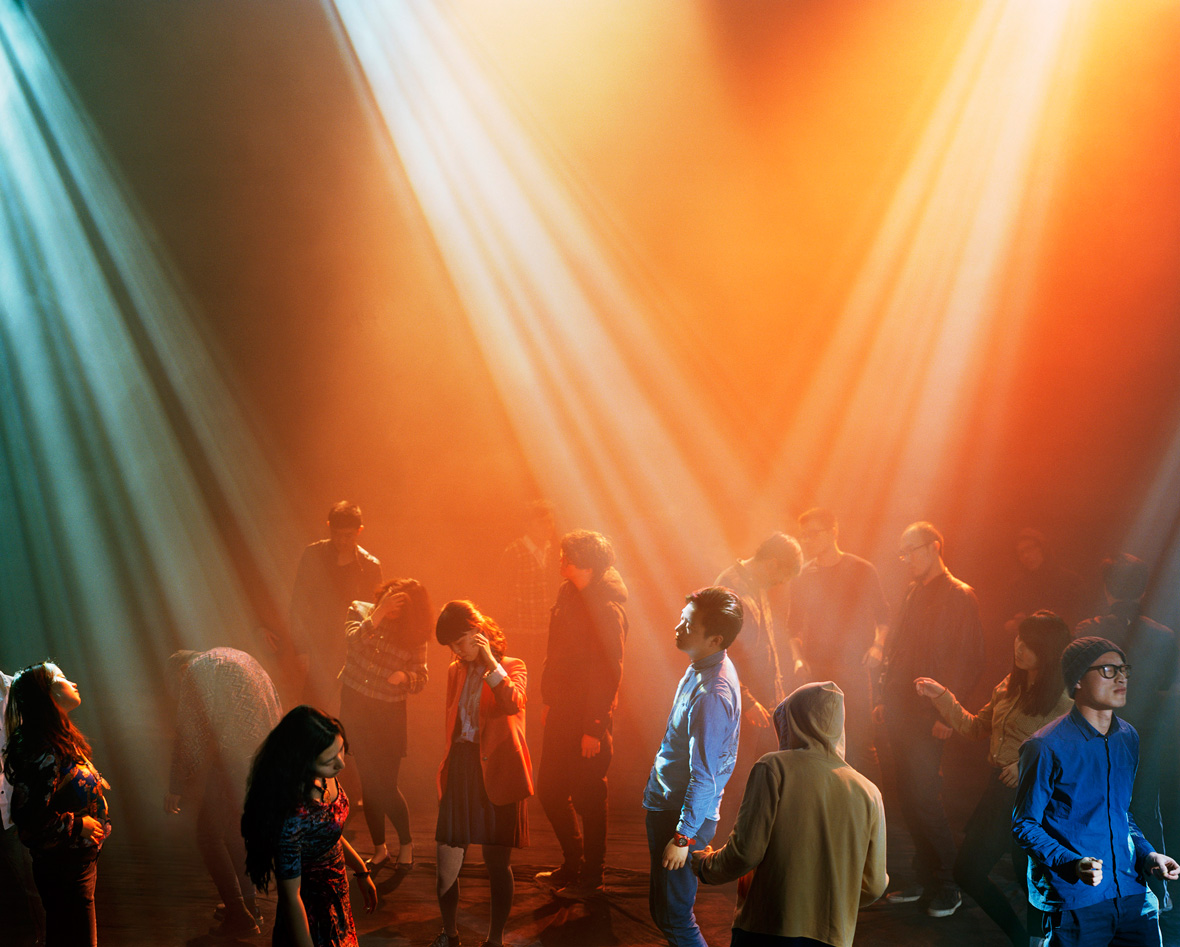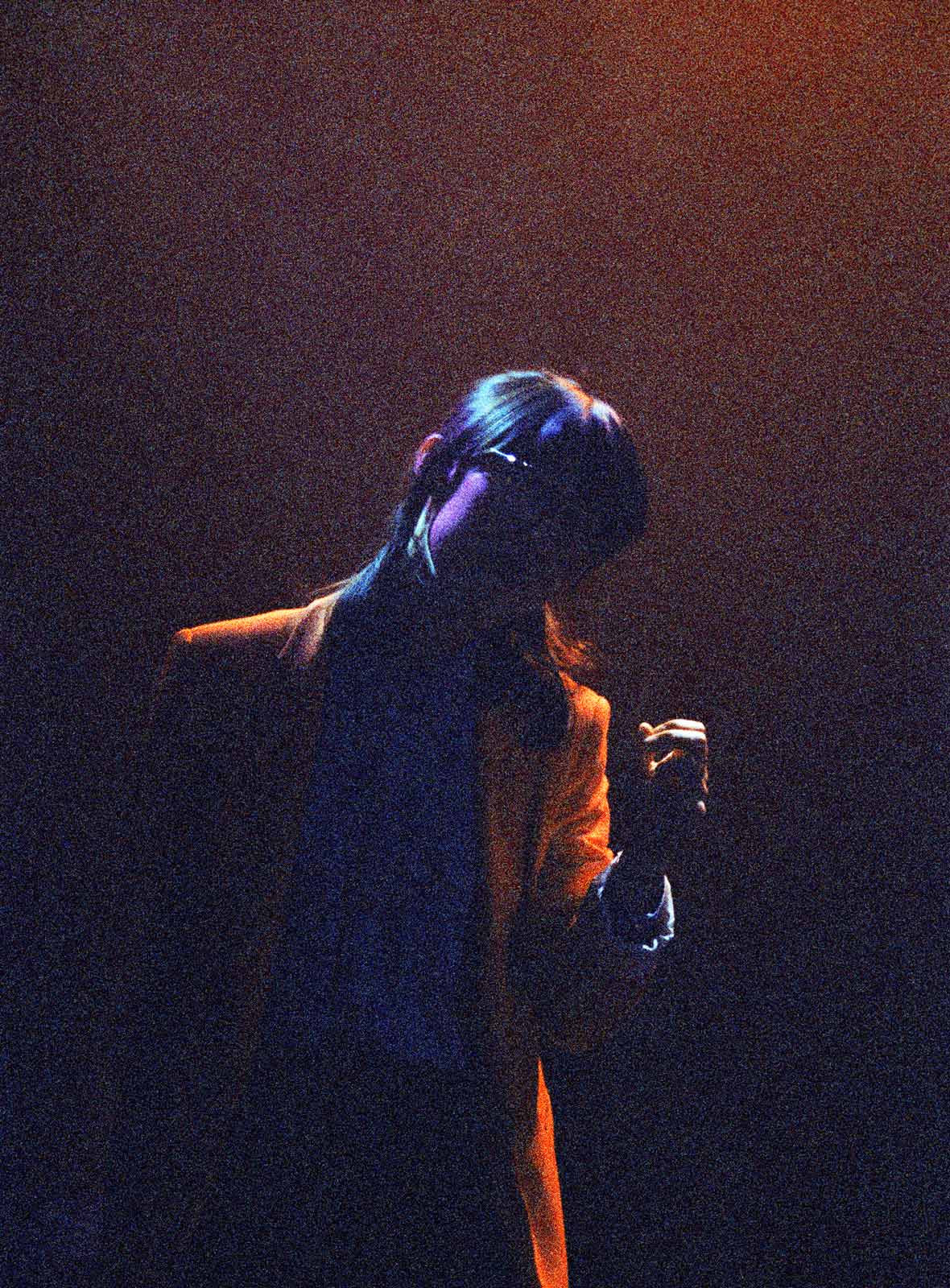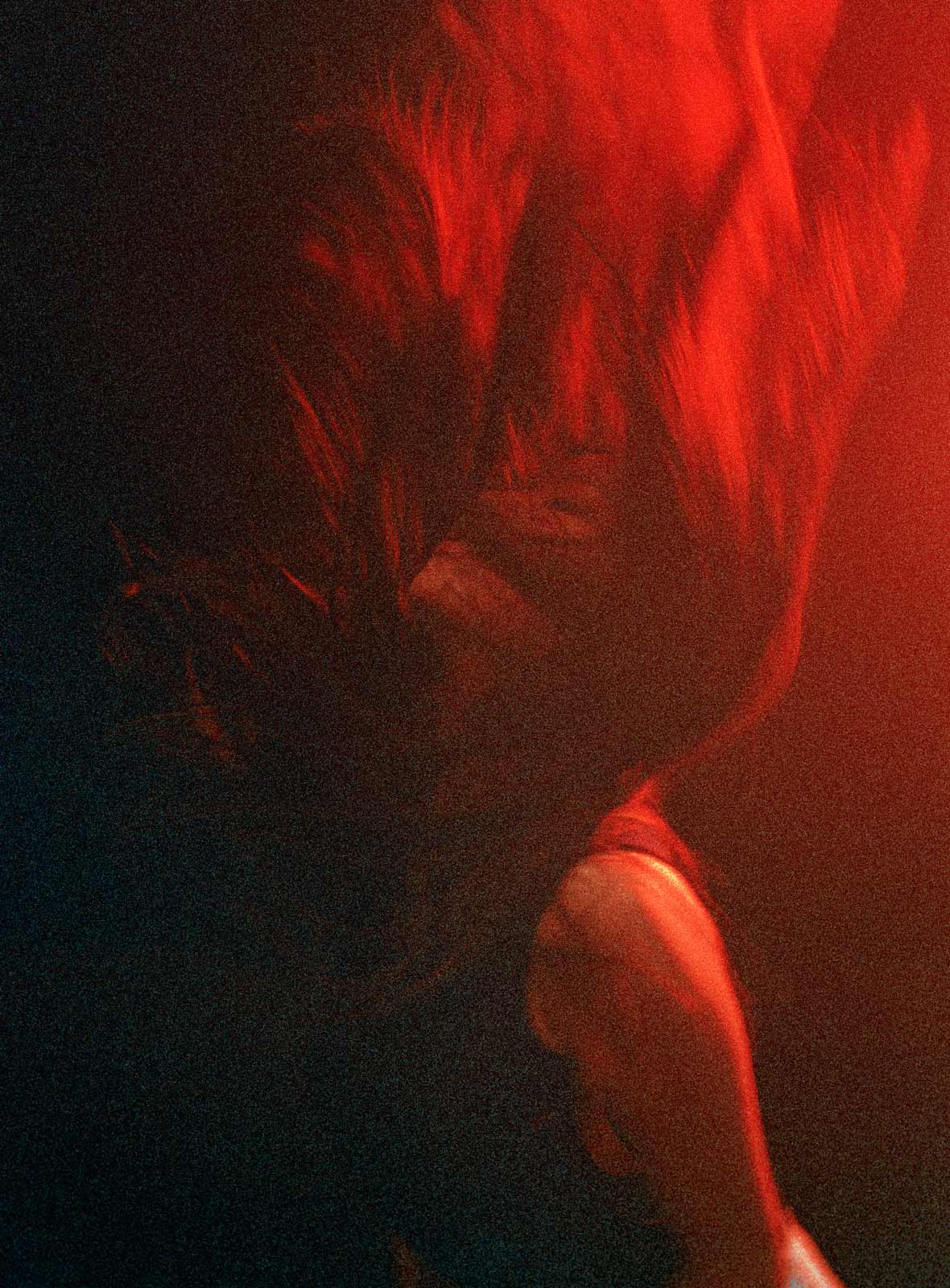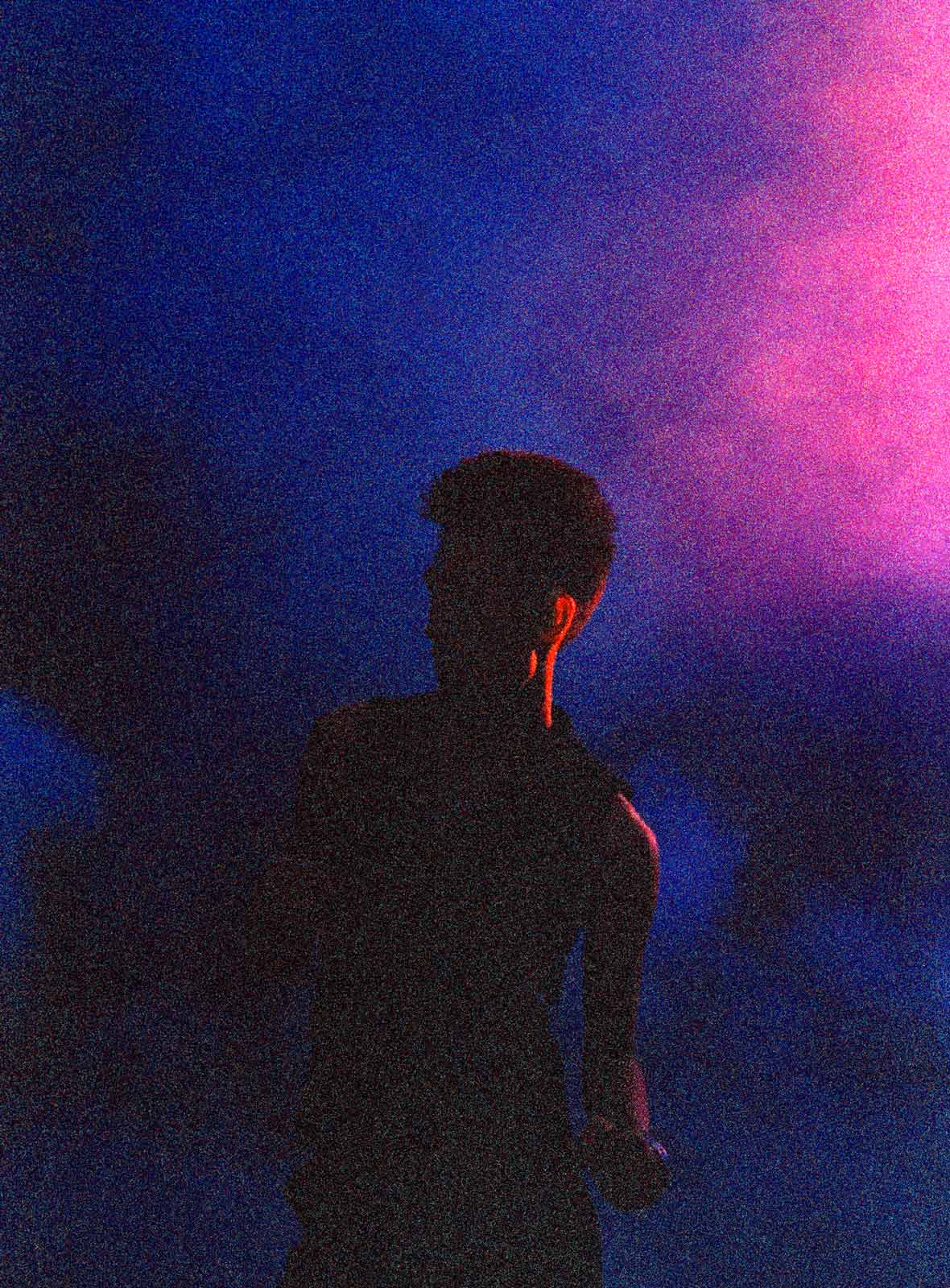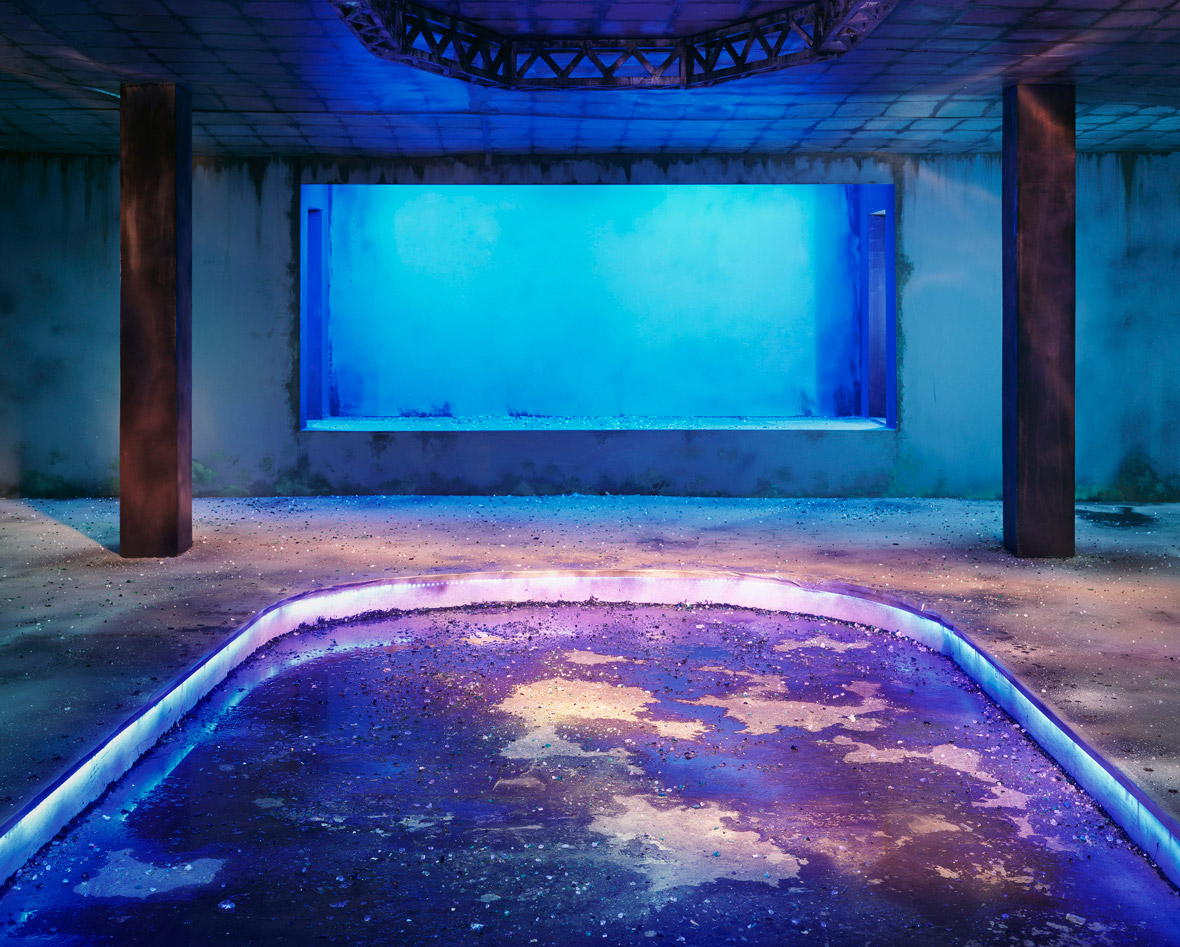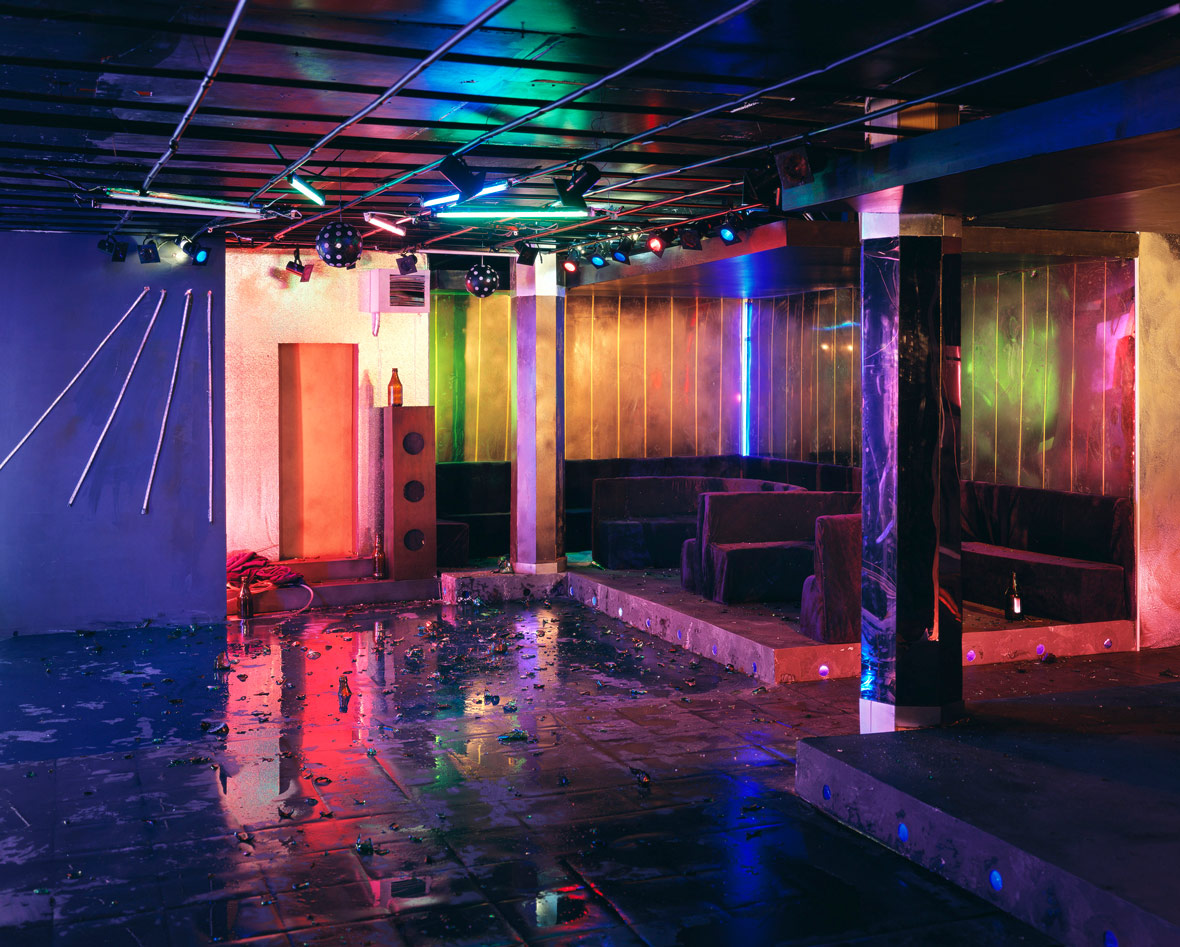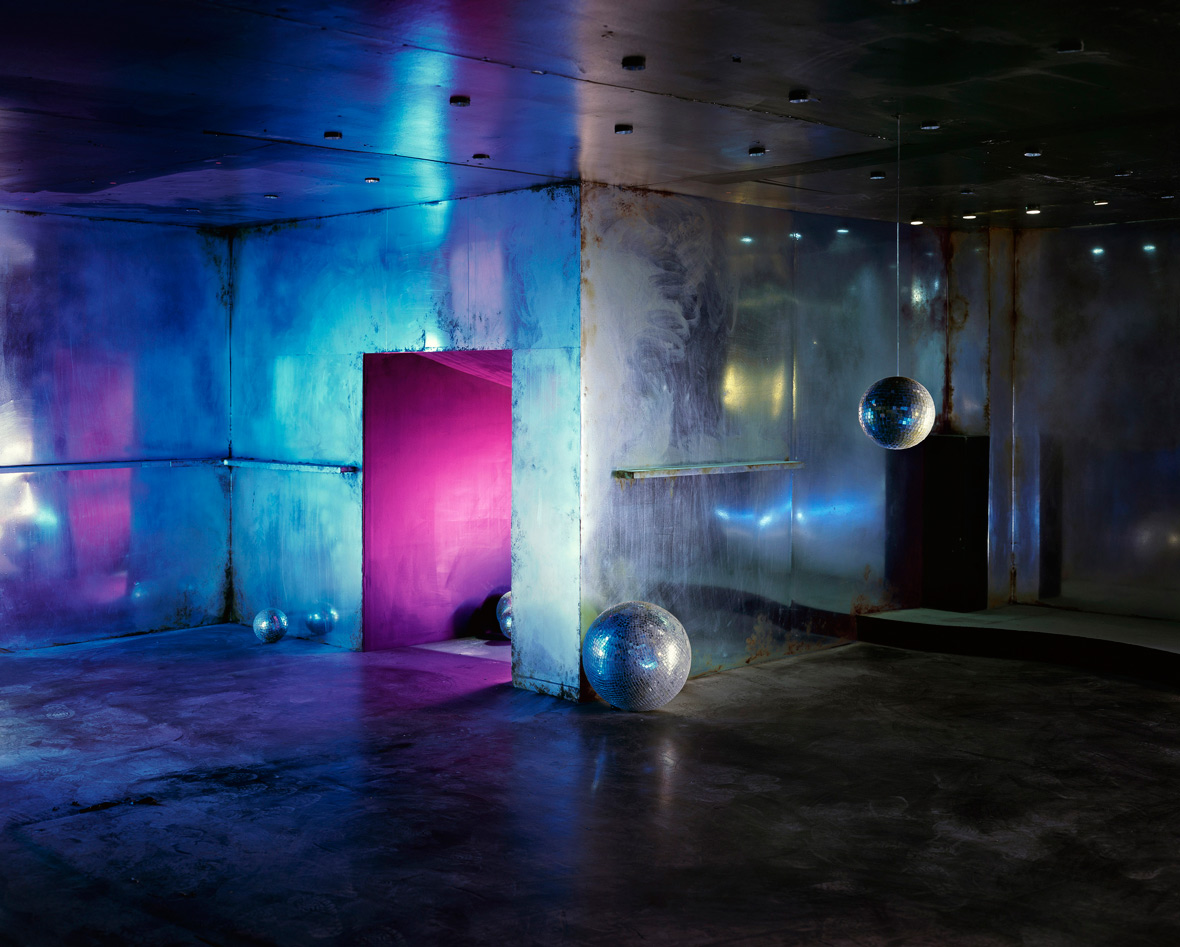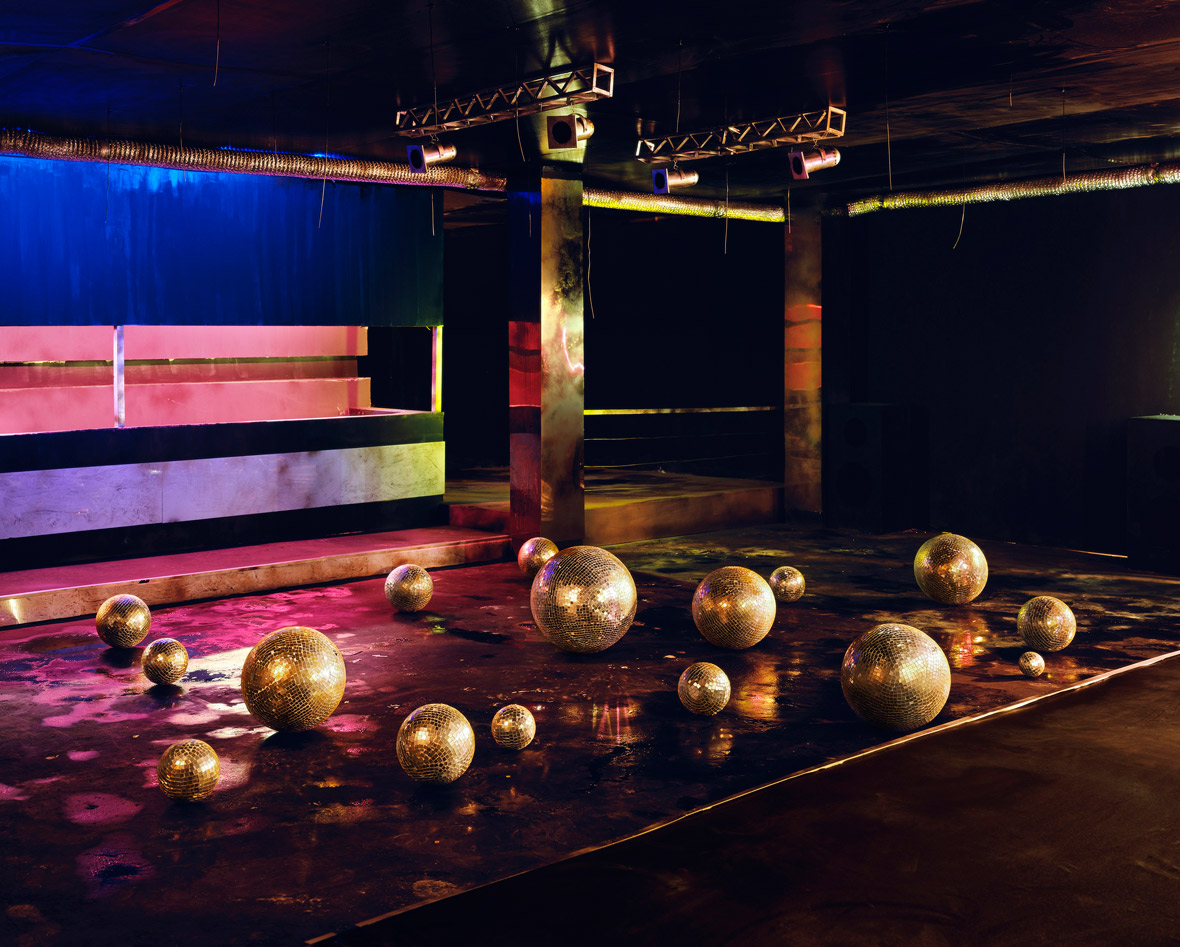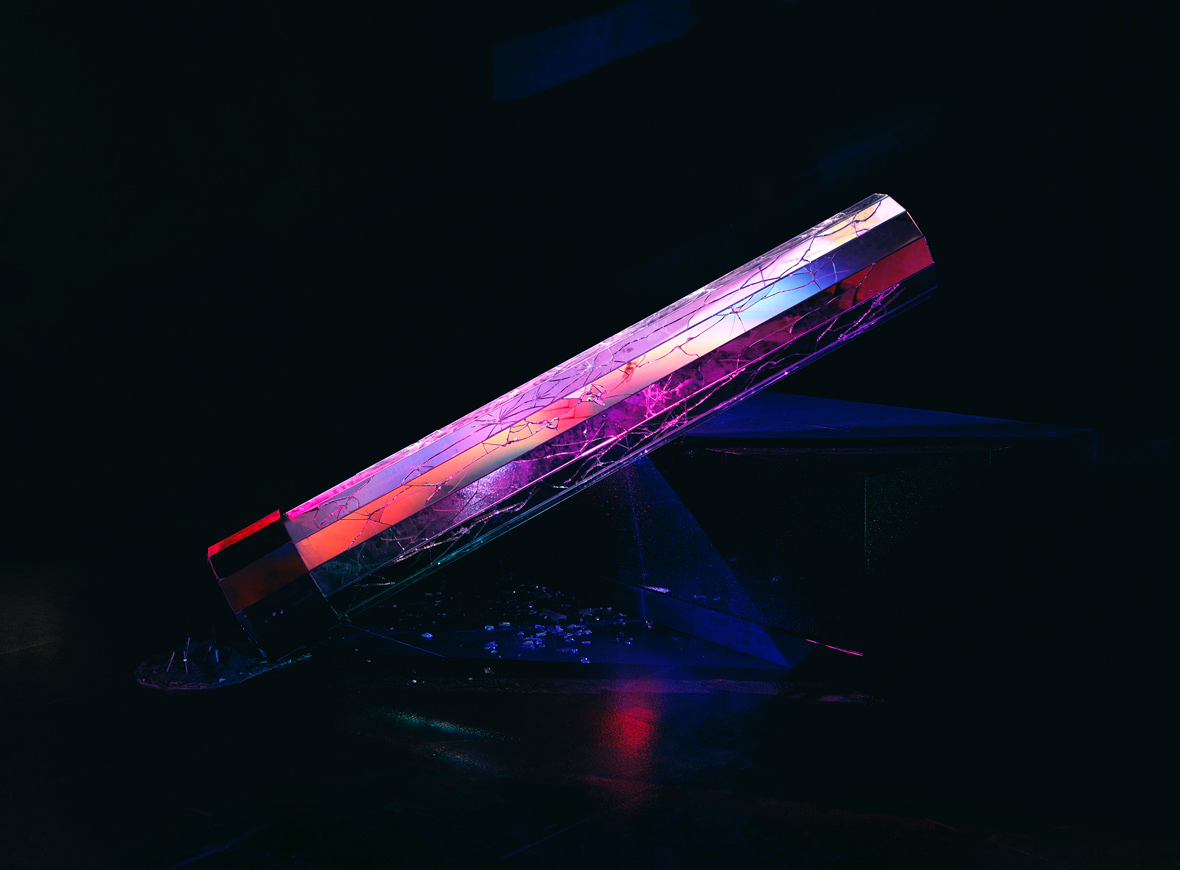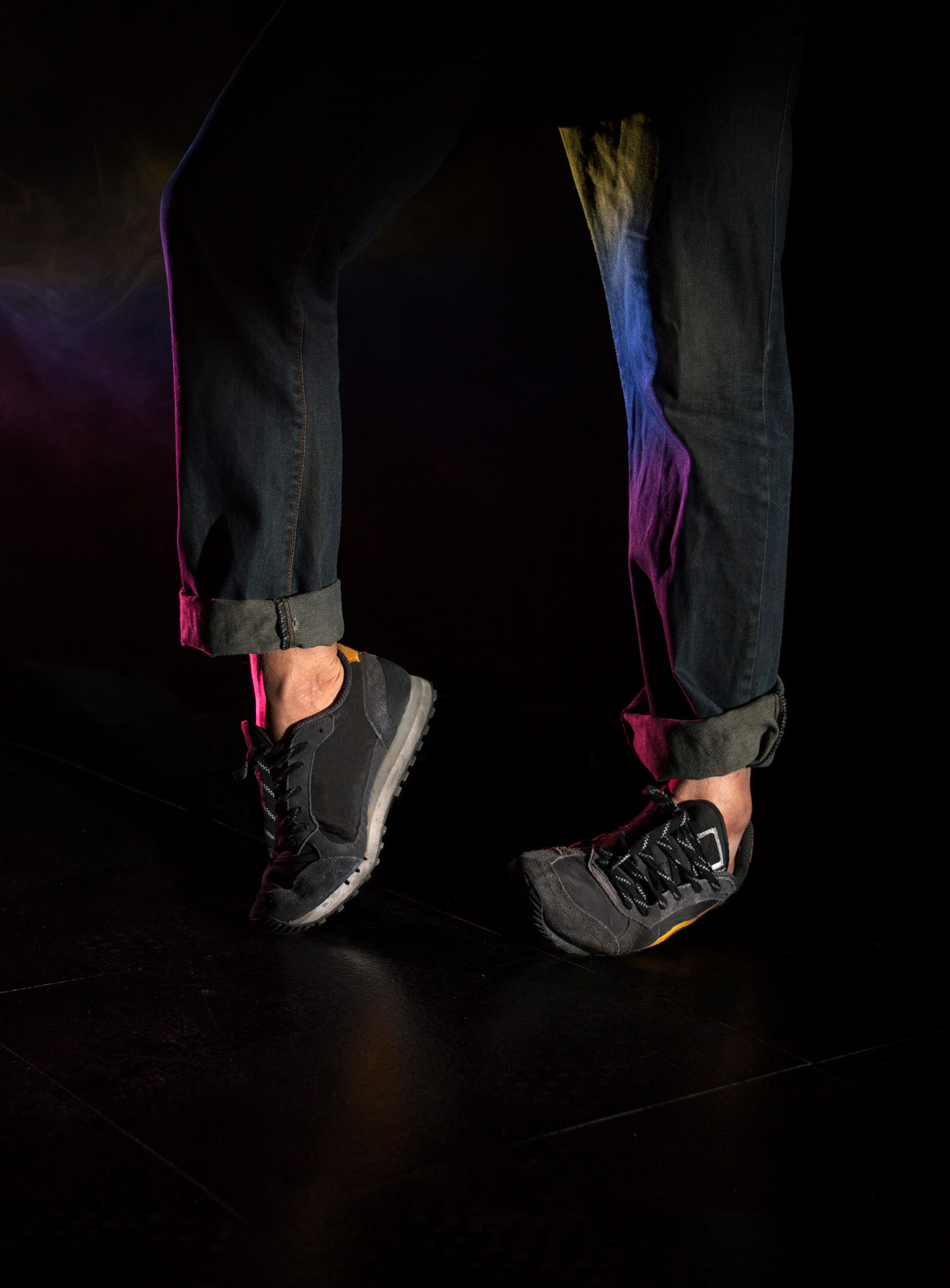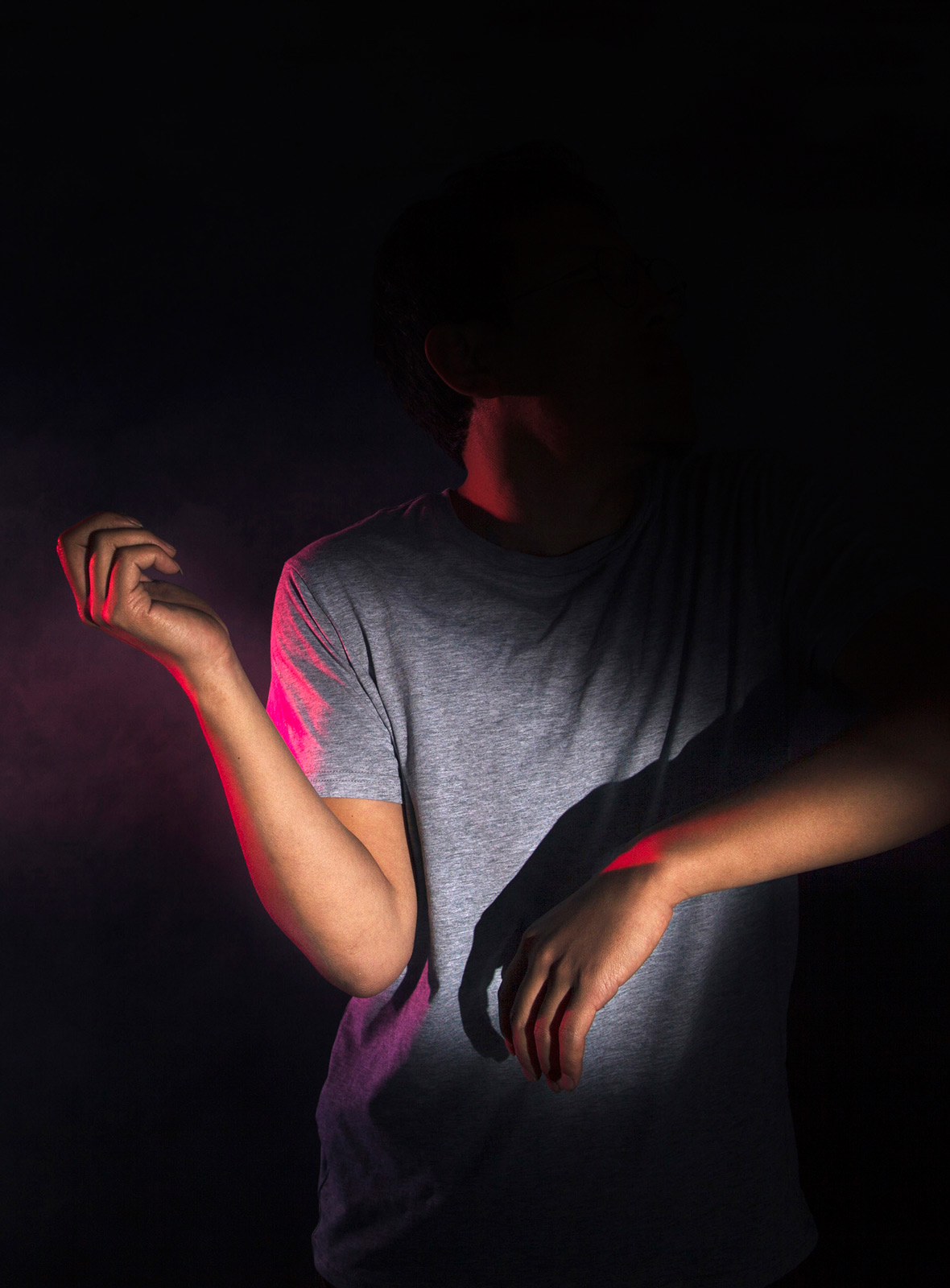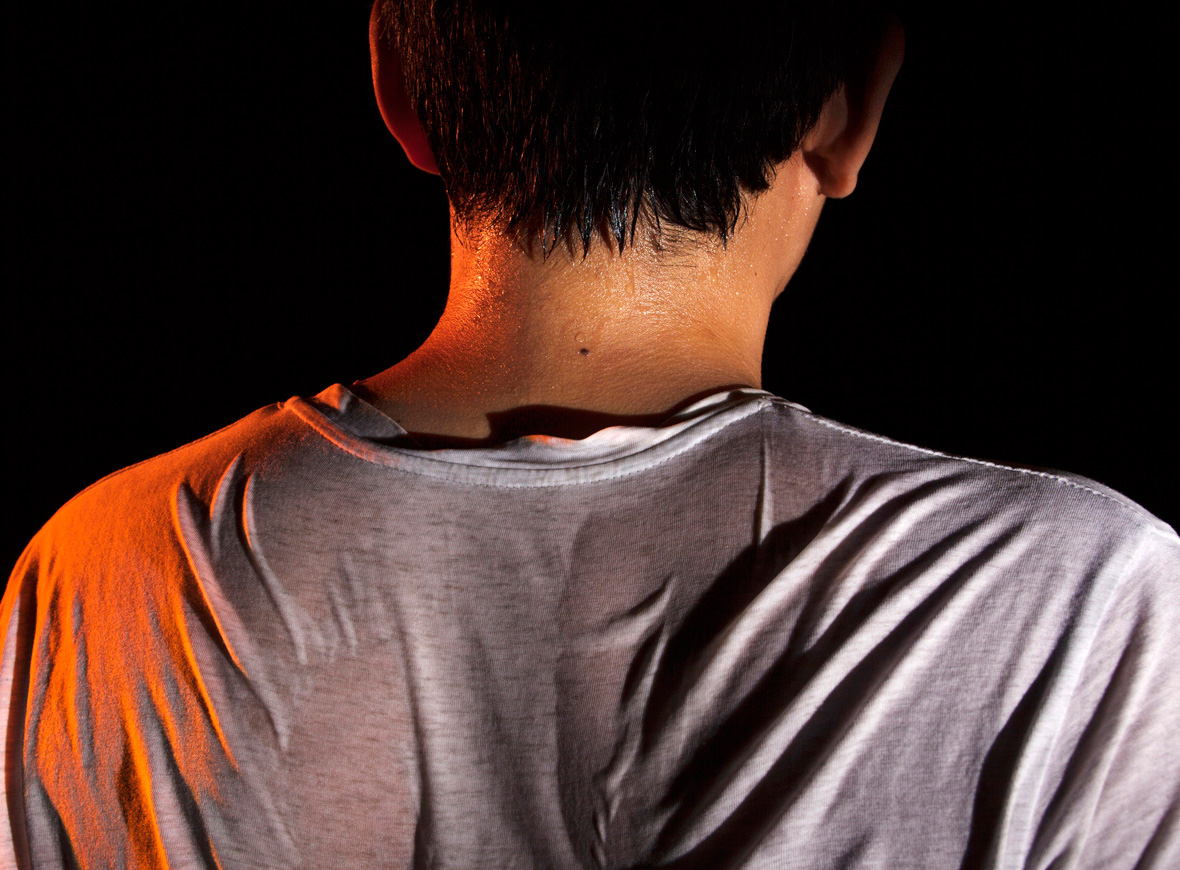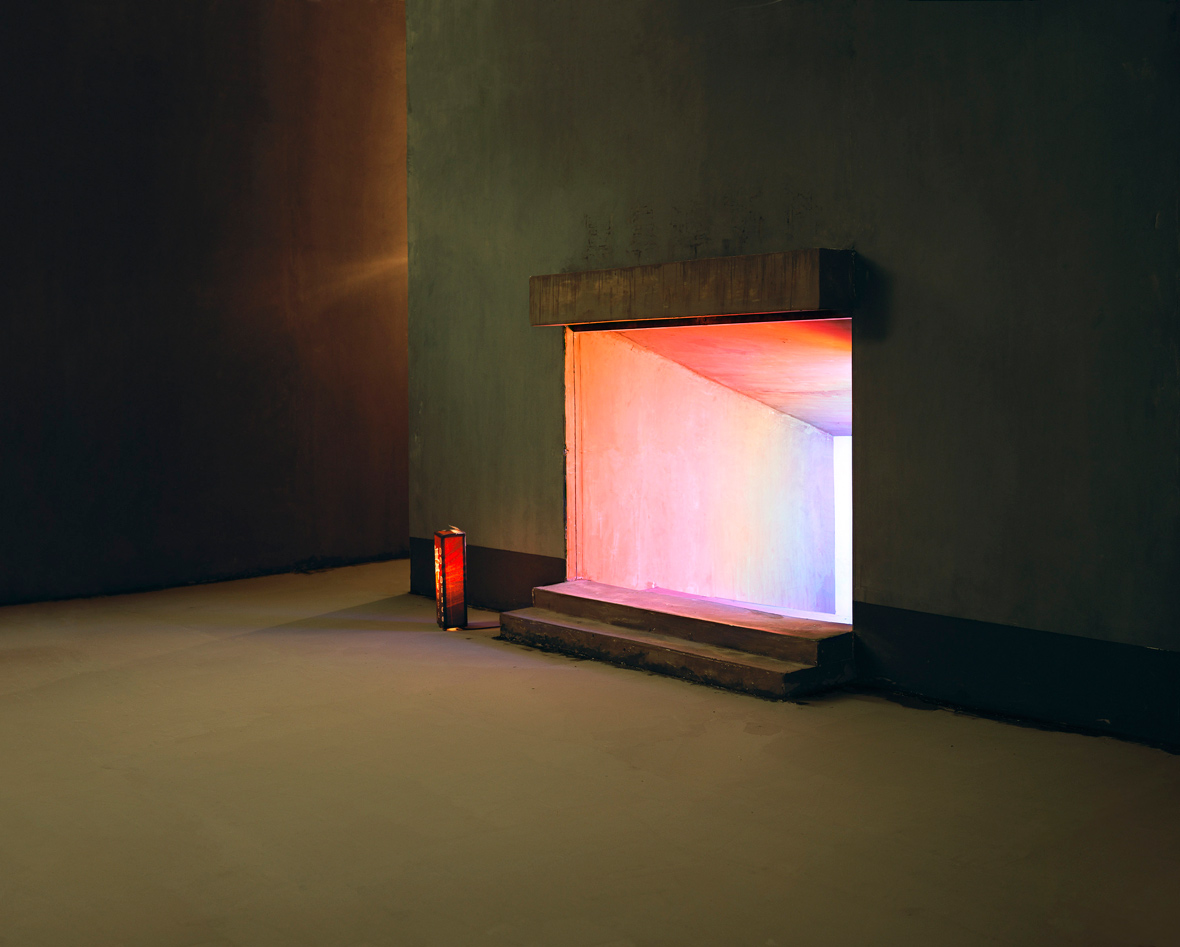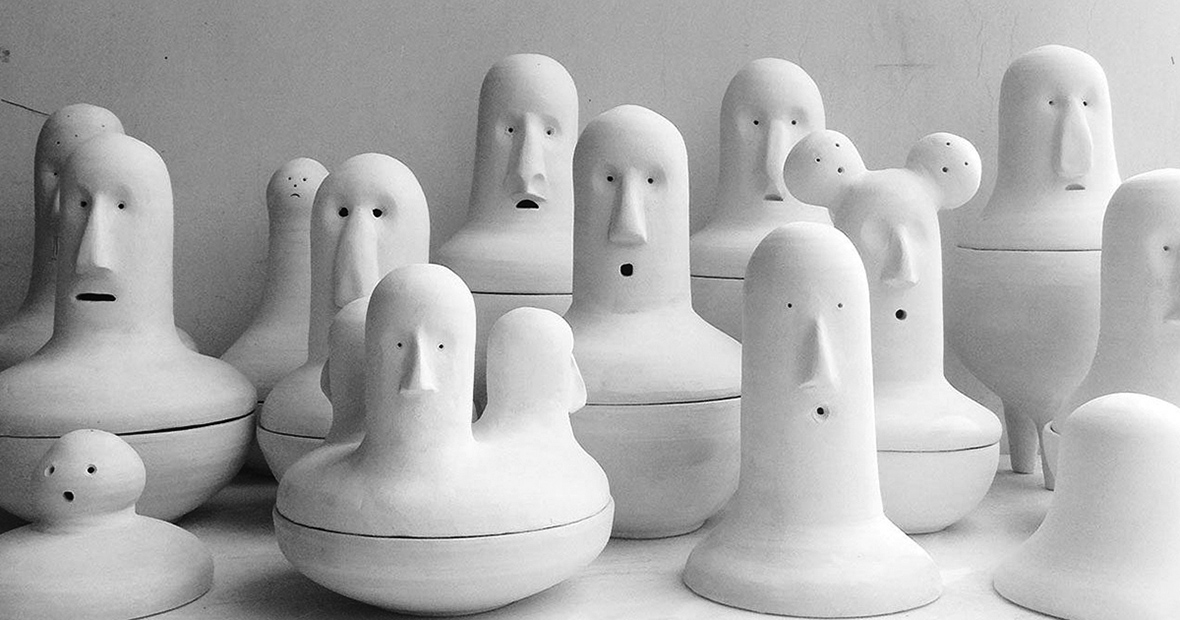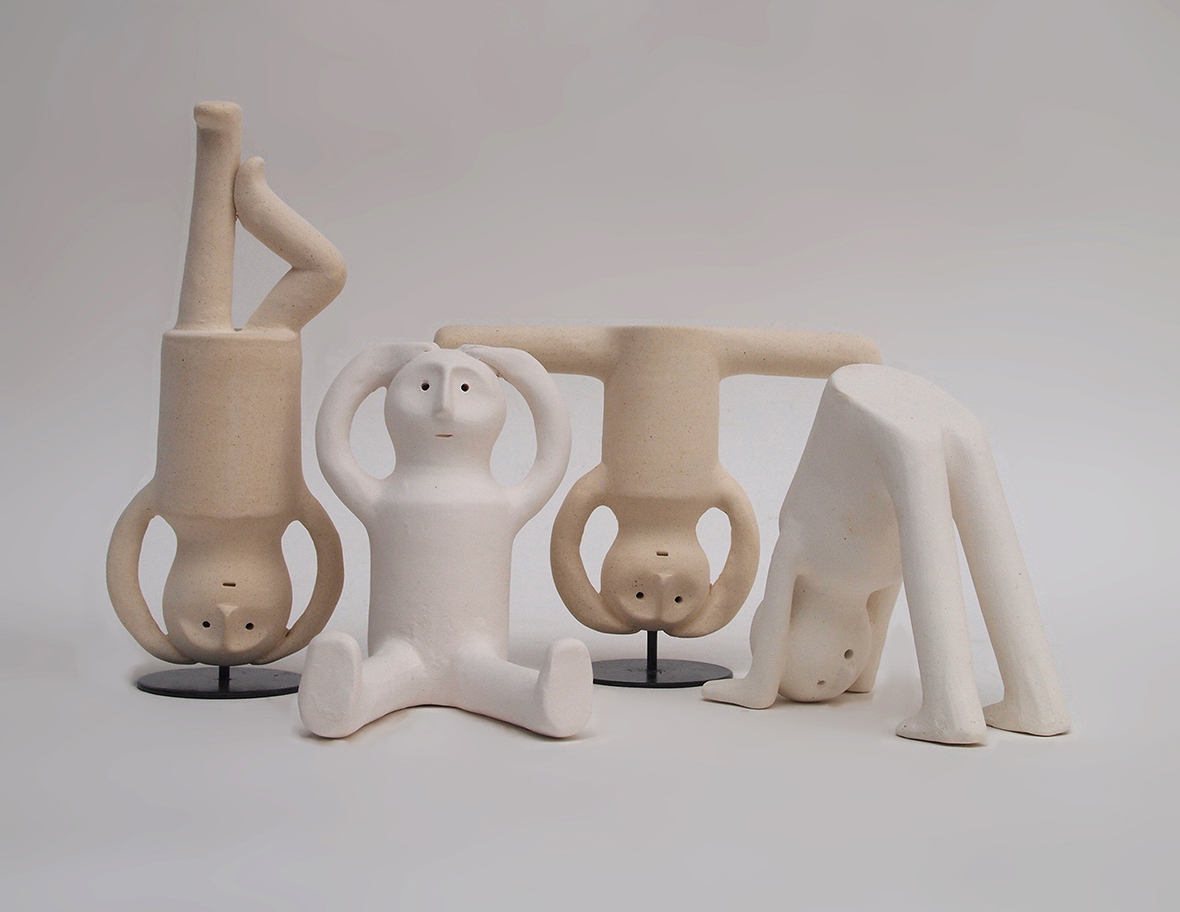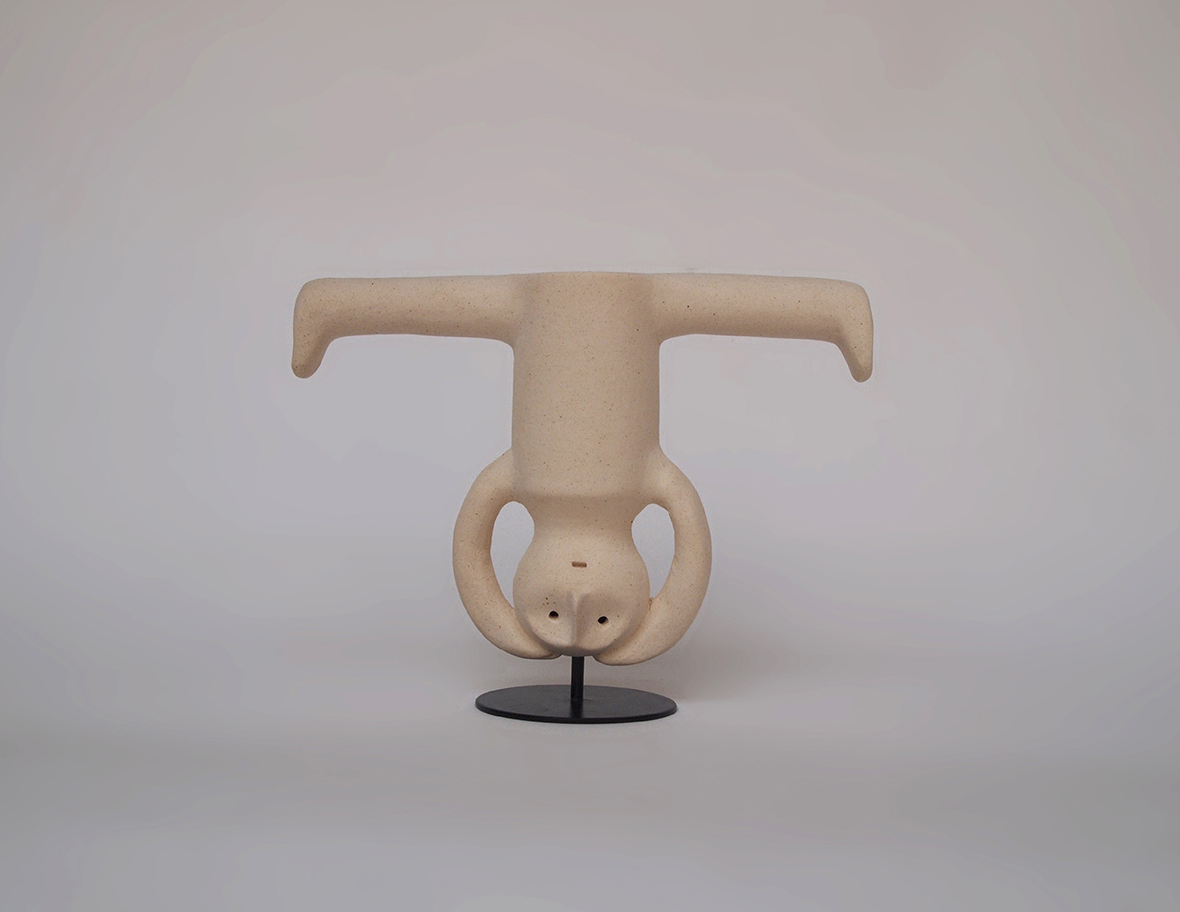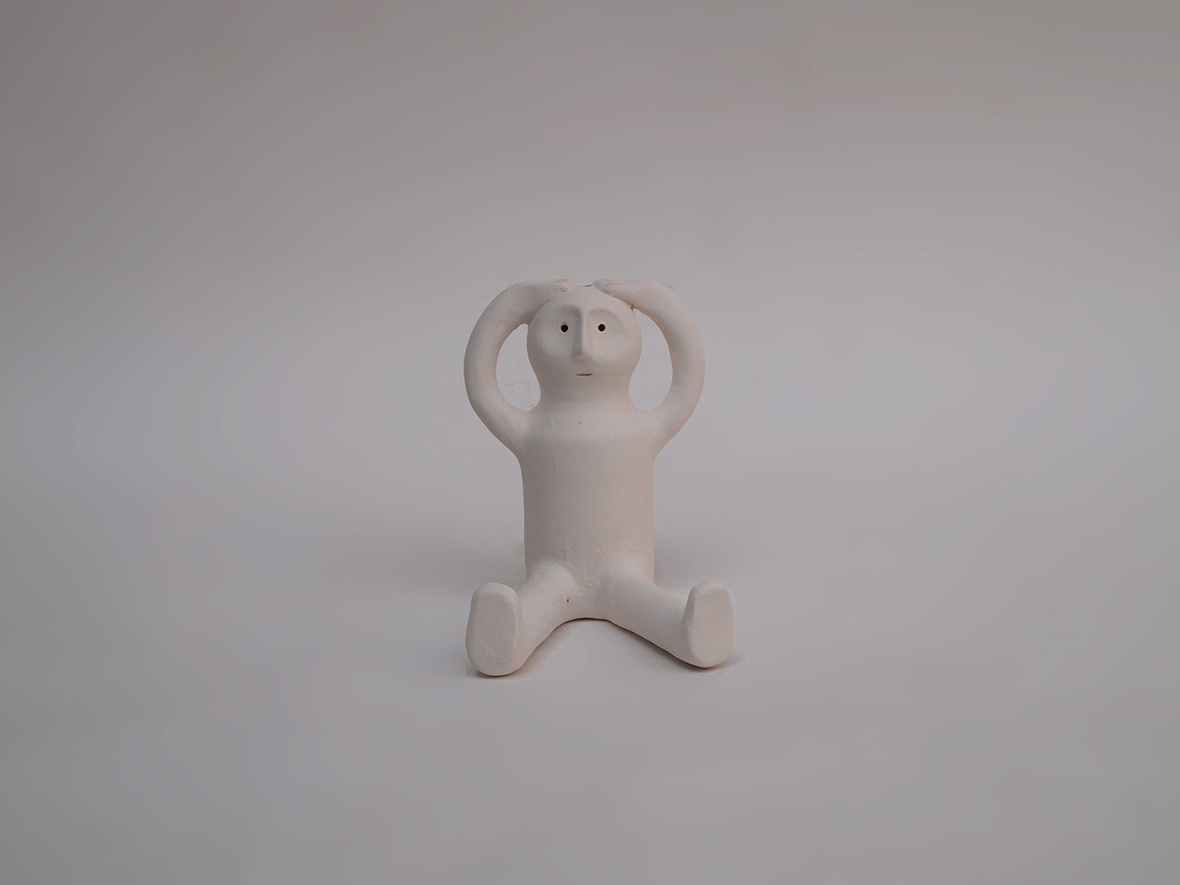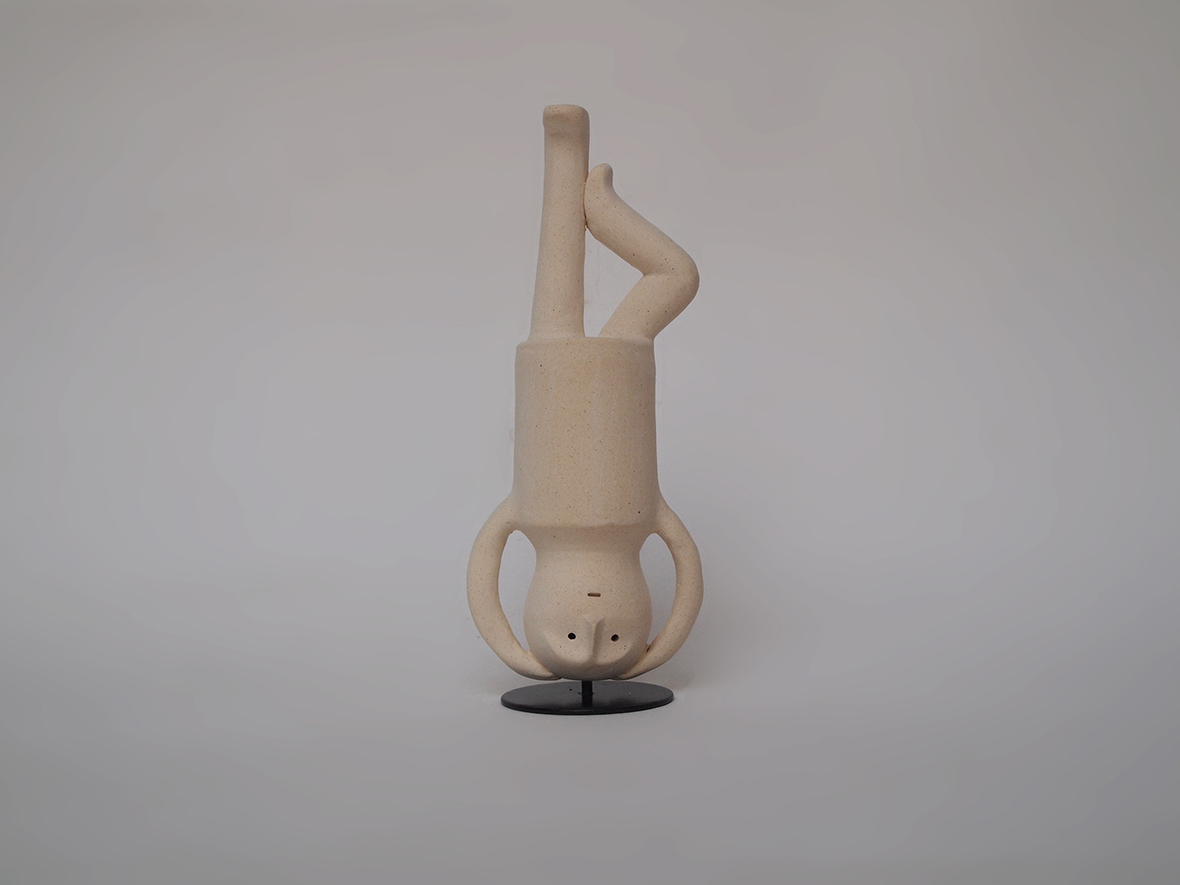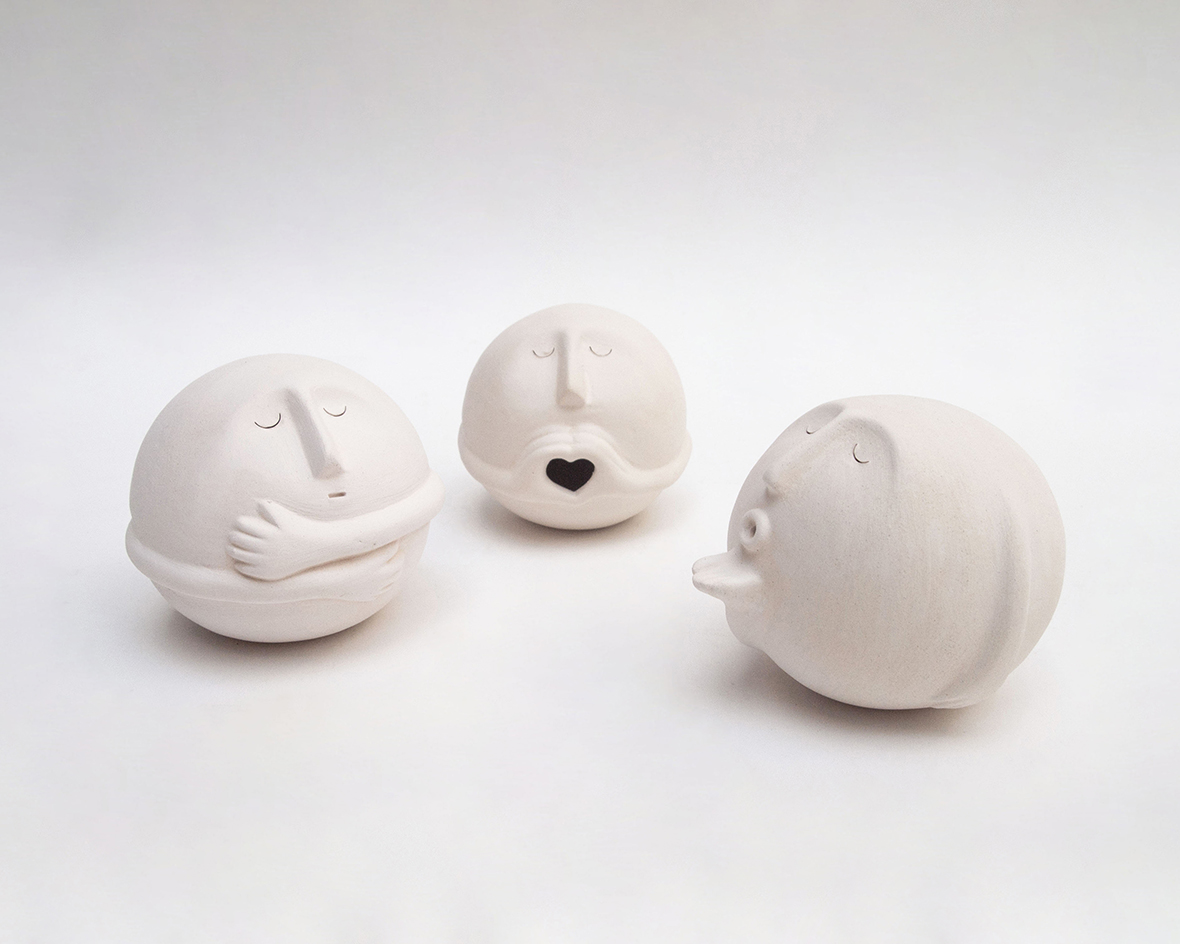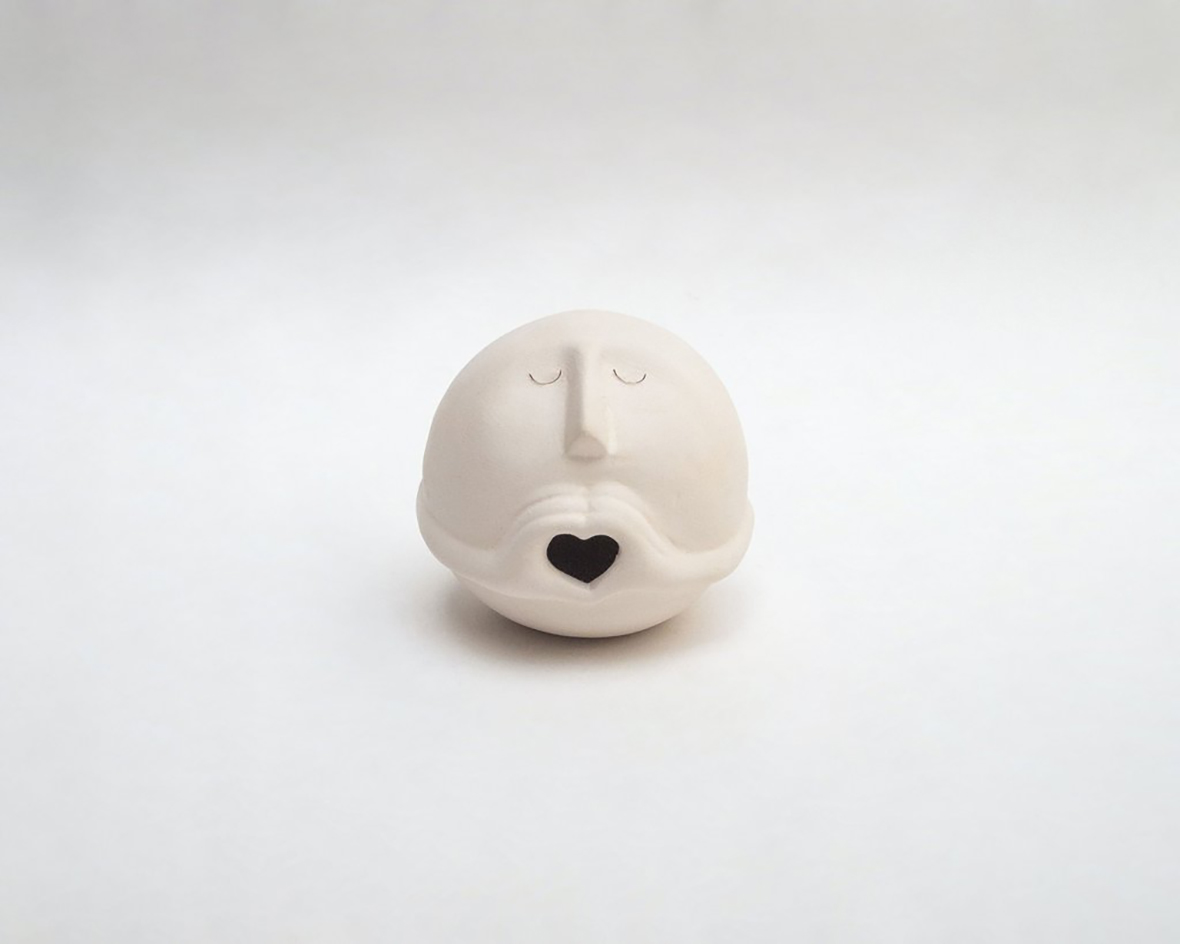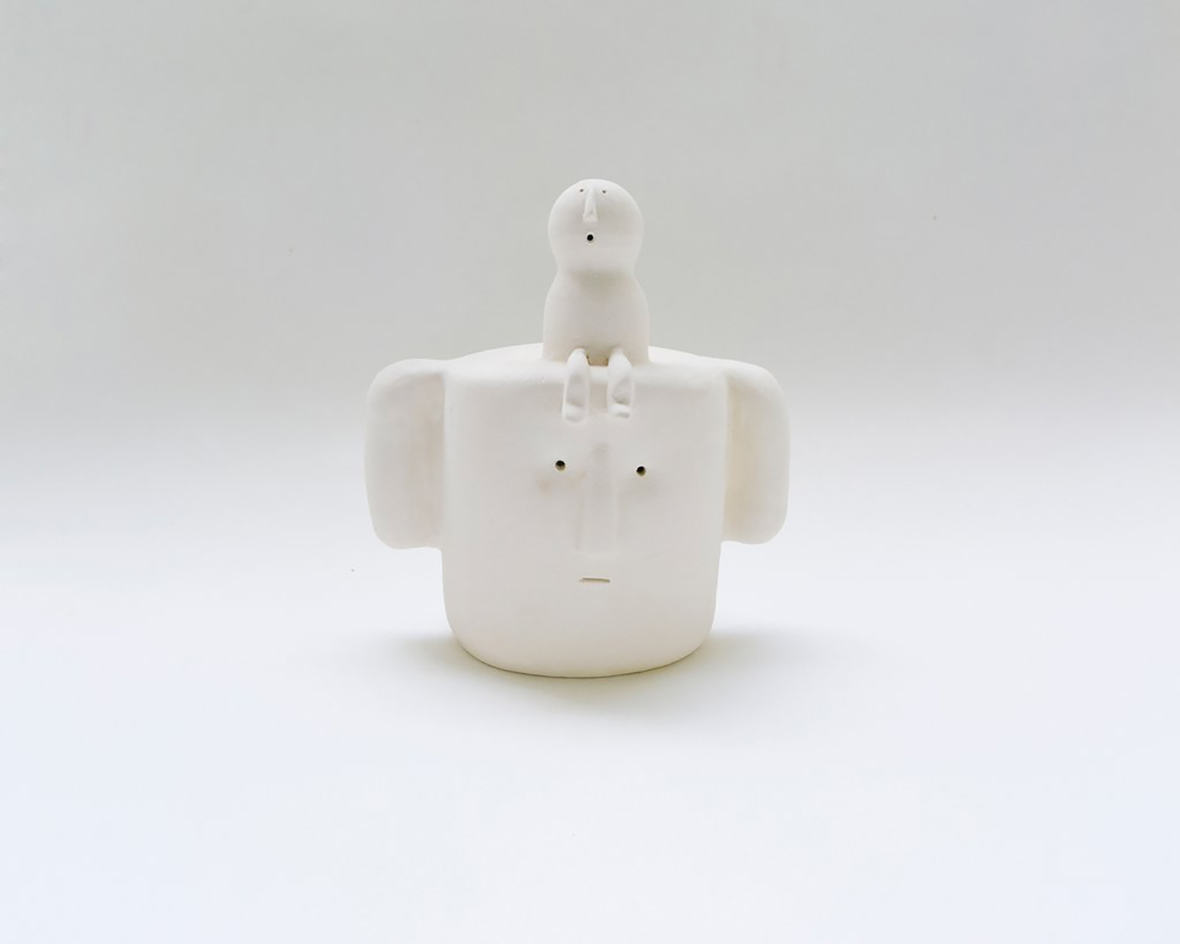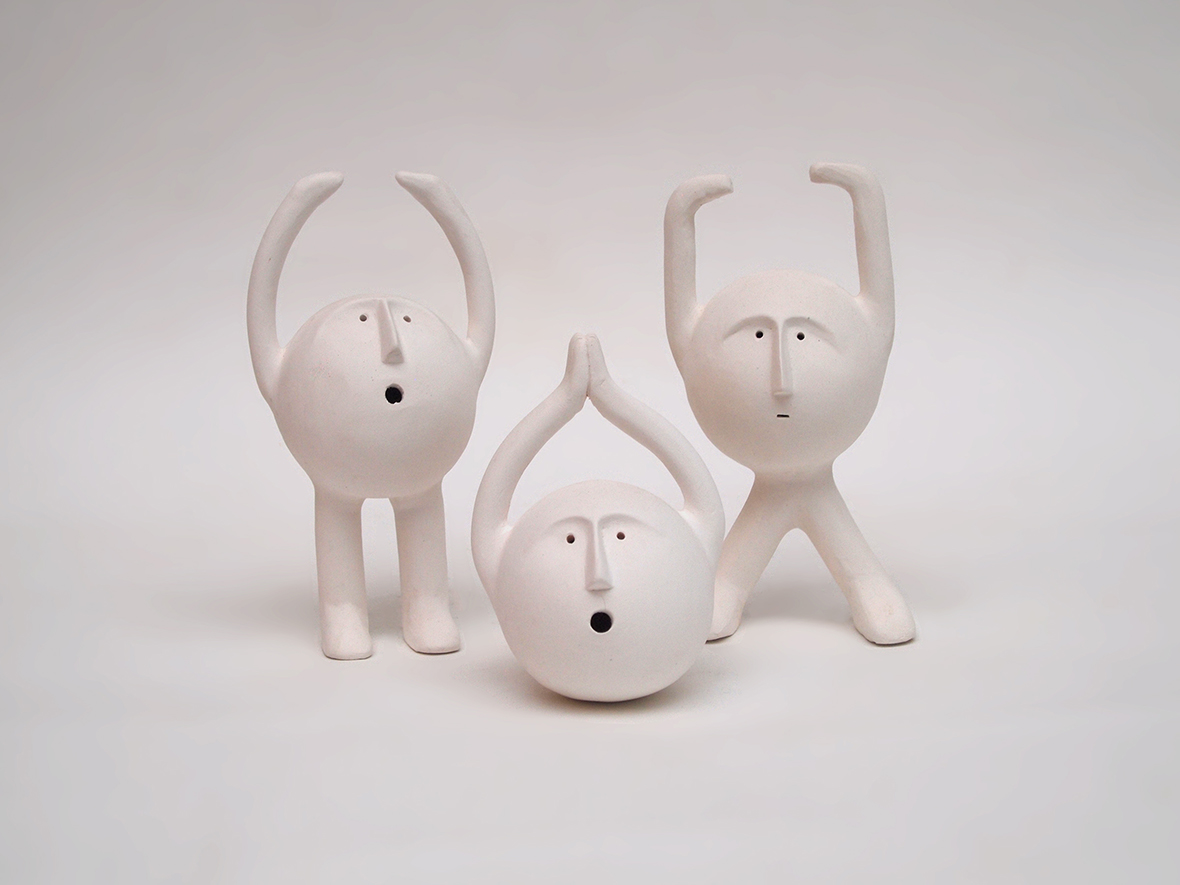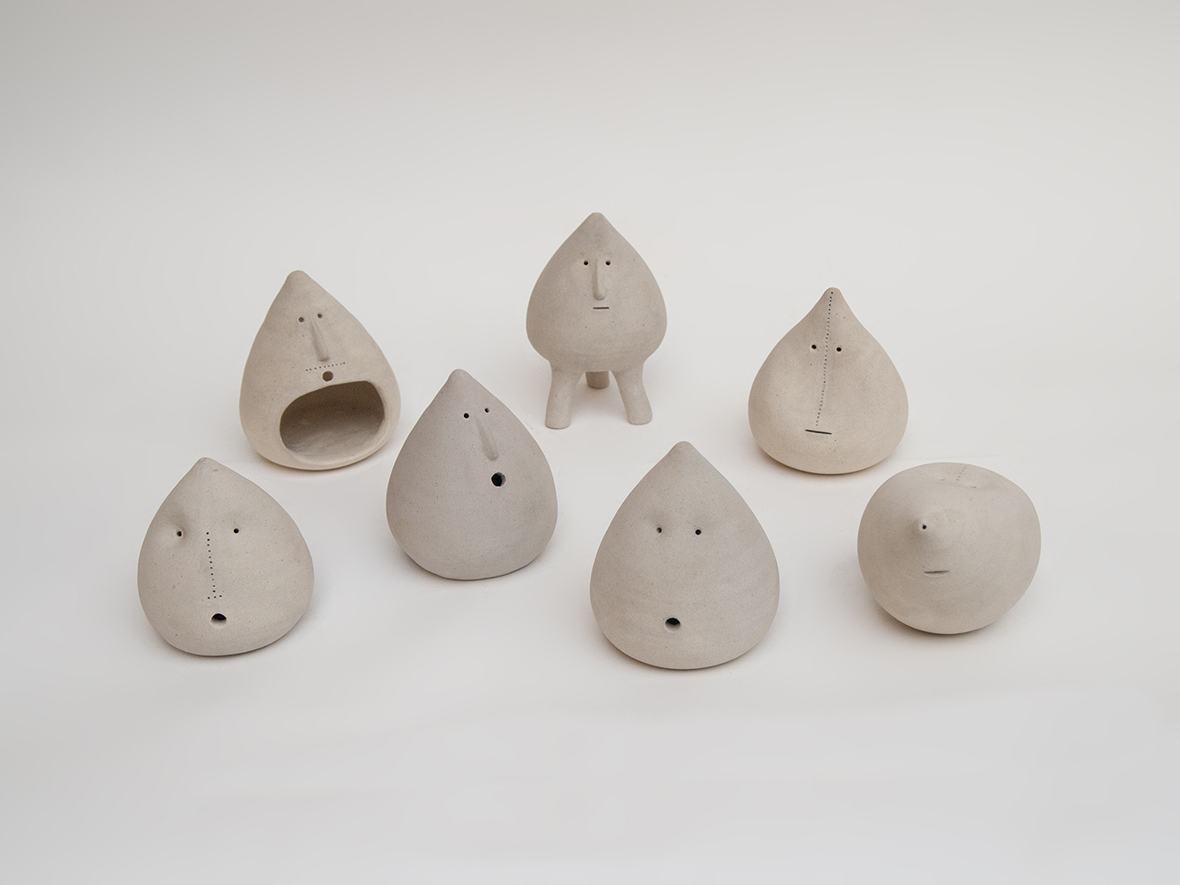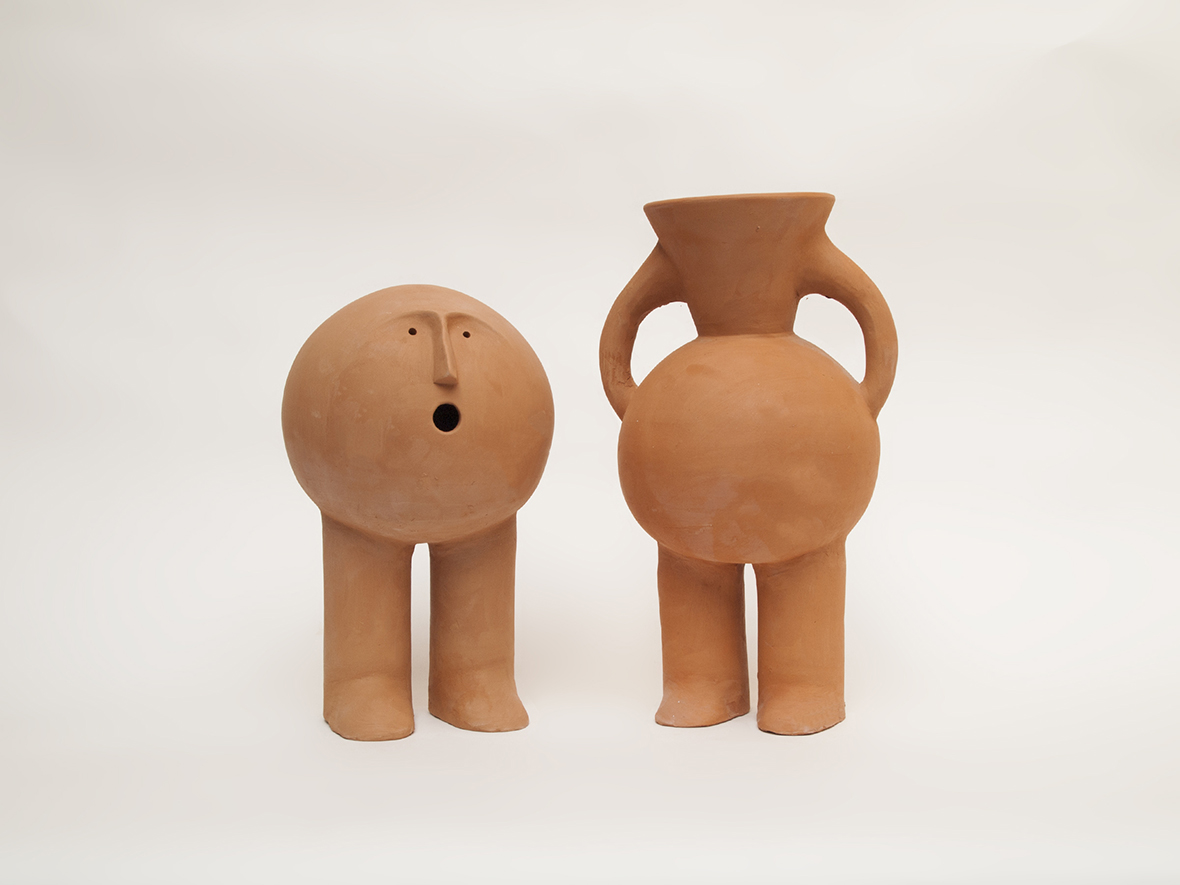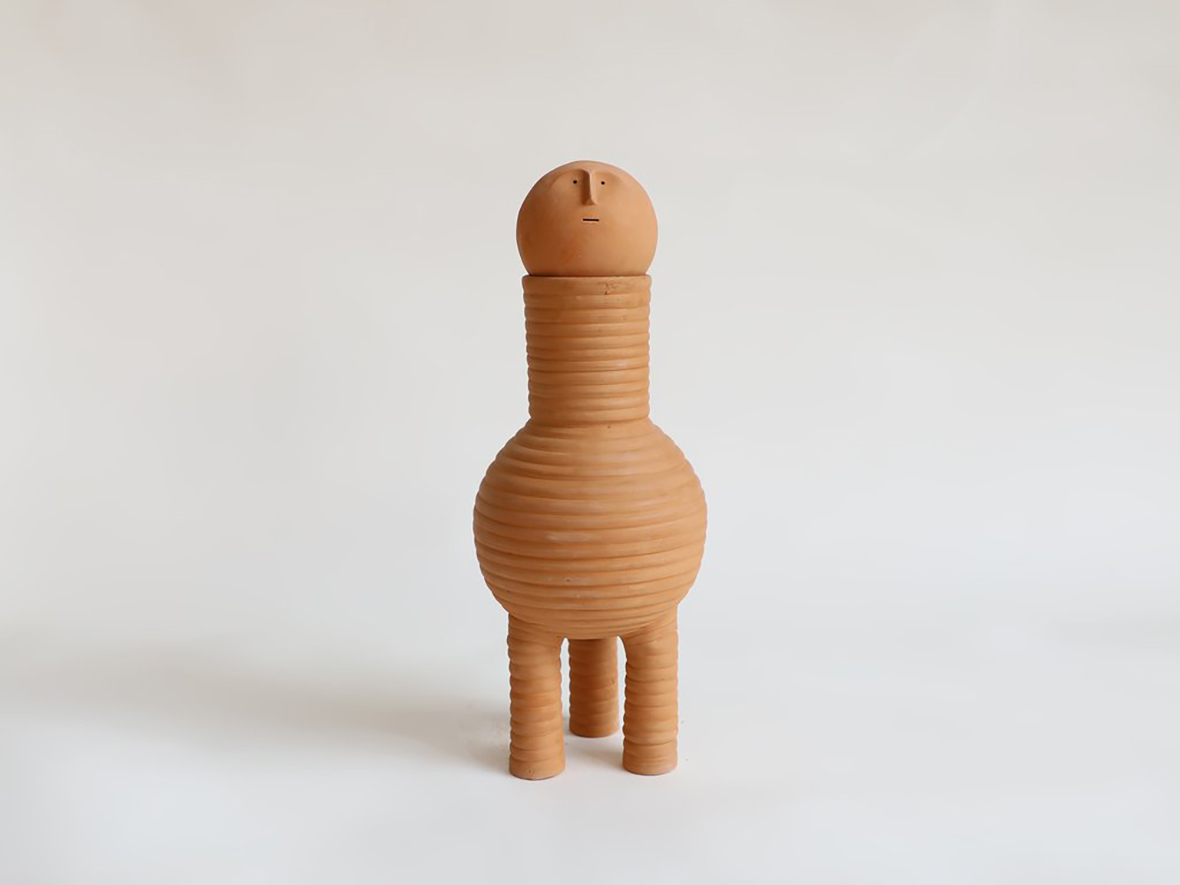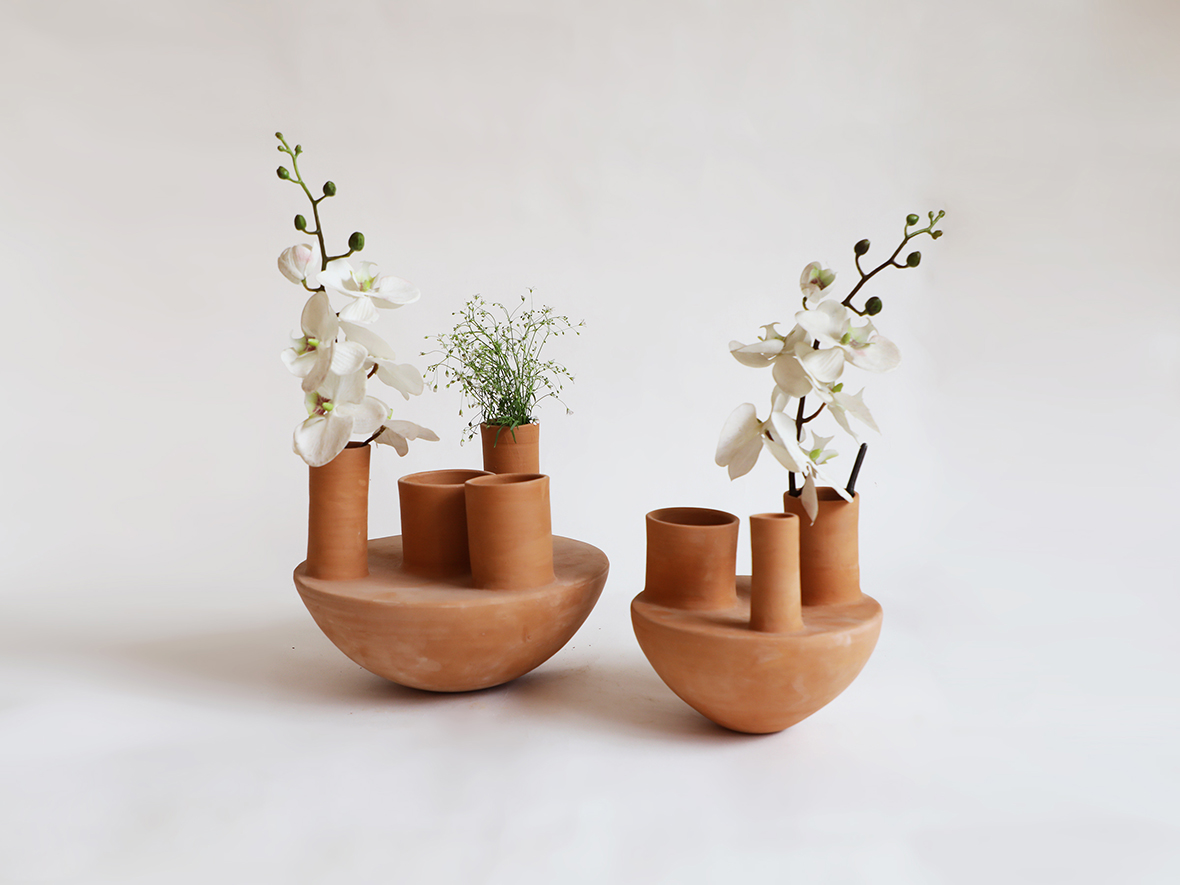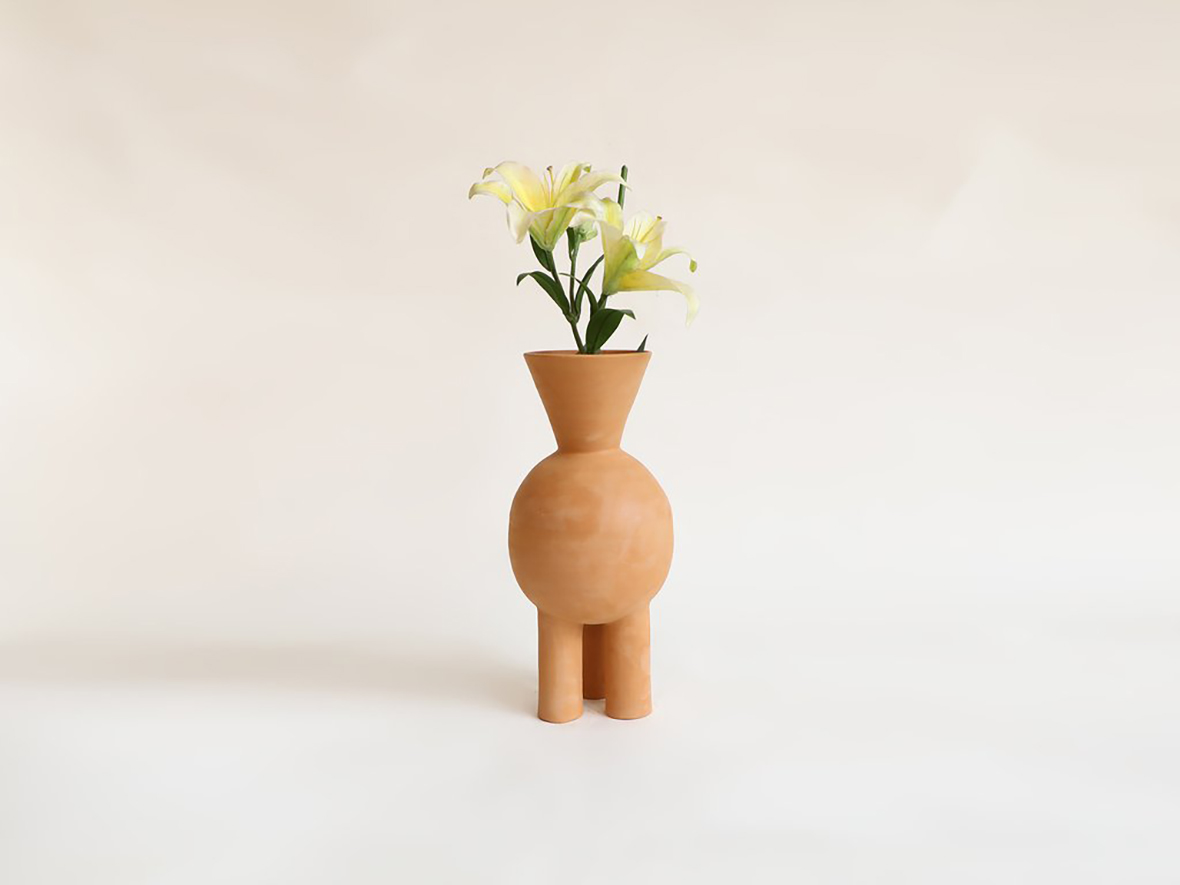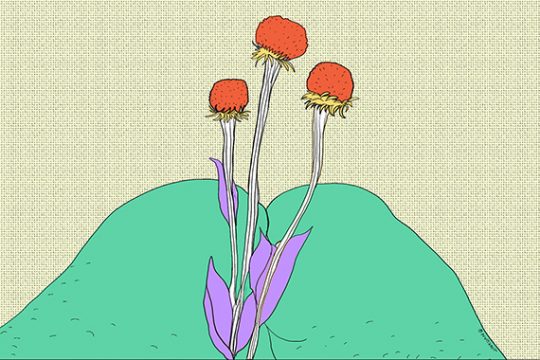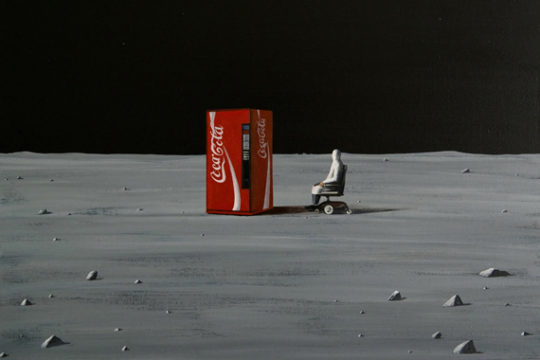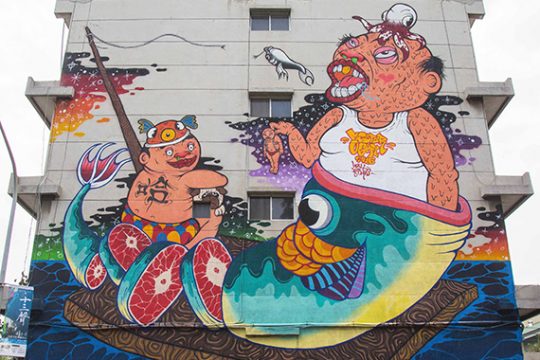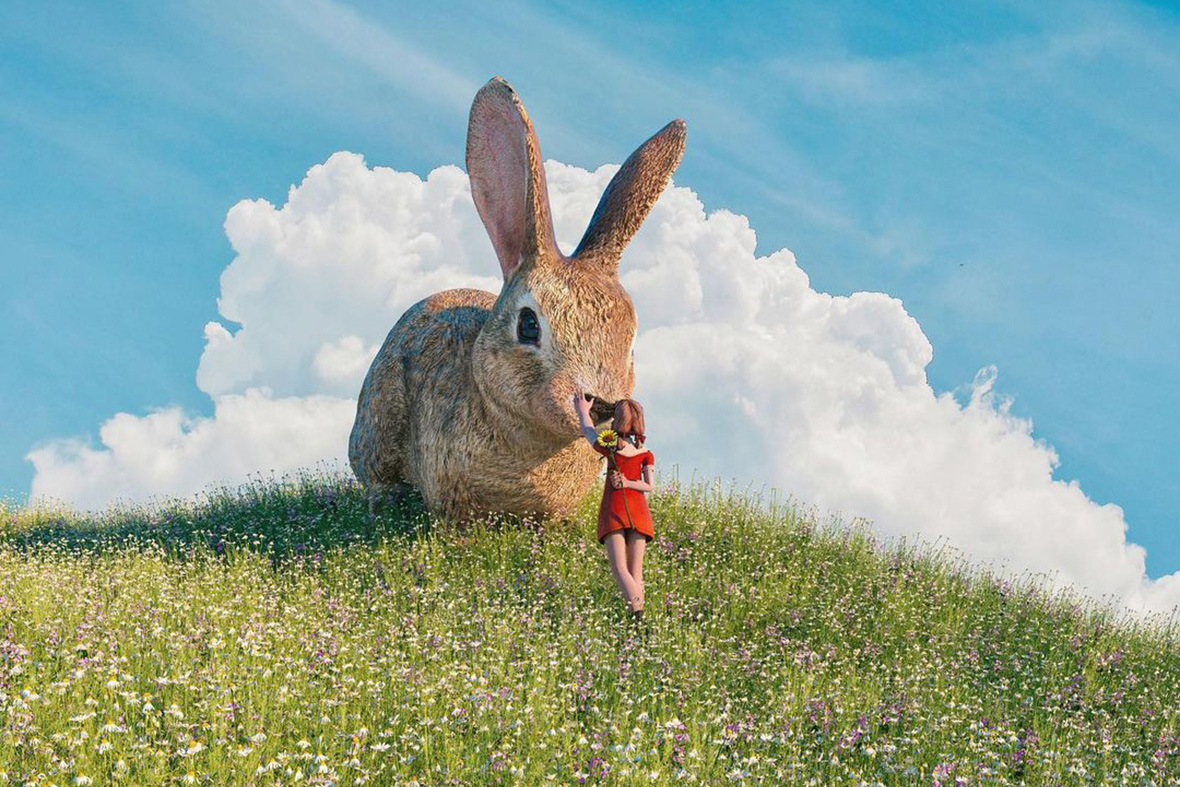
“Perception is reality. If you are perceived to be something, you might as well be it because that’s the truth in people’s minds.” — American football coach Steve Young
Chinese digital artist Kefan Weng is someone who fully buys into this idea. He believes reality is directly correlated with the five senses, noting that people often take what they perceive with their own eyes as absolute truths. “Every individual’s upbringing, life experiences, education, and personalities are all different,” he says. “They all shape an individual’s perception, even if they’re looking at the same things. Reality and truth are just what we choose to believe, and these choices are based on our perceptions.” This viewpoint has driven Weng to take his works into the realm of the surreal.
“感知即现实。如果你认定了某件事,它很可能成真,因为那是你寄存于心的信仰。” 这句话来自美国橄榄球运动员 Steve Young,用来鼓励意志消沉的队友产生对胜利的渴望。
现居德国的中国数字艺术家 Kefan Weng 和 Steve 的观点有些类似,他认为 “现实” 与每个人的感官连通,人们往往只会相信自己看到的事物。他解释说:“每个人的成长环境、阅历、教育、性格都不同,让我们每个人对于相同事物的感知各有千秋。现实和真相不过是我们选择去相信的东西,这些选择都基于我们的感知。” 如此听似唯心主义的观点,与哲学理论中所说的 “现实是客观存在的事物” 背道而驰,但却指导 Kefan 完成了一幅幅超现实主义创作。
Although Weng didn’t know it at the time, elementary school was essential in developing his appetite for art. The illustrations he found in textbooks ignited his creative spark, but maybe not in the way you might think—with a child-like sense of imagination, a bottle of whiteout, and a set of colored pencils, he altered these illustrations to humorous ends. “My classmates got a kick out of those drawings,” he grins. “Though they were simple scribbles, it was fun. These drawings ultimately had an influence on my decision in pursuing art.”
最早对“感知即现实”这句话的体悟或许来自 Kefan 小学时期——《人教版小学语文课本》中的彩绘插图,激发了他最原始强烈的创作欲望。结合孩童时期对图像之外不着边际的想象,凭借一瓶修正液,一套水彩笔,Kefan 记忆中魔改的课本插图数不胜数。他说道:“当时获得了笑声无数,也带给我很多难以忘记的欢乐。这种方式非常简单且直接,一直激励着我的创作。” 倘若课本中的插画算作现实,那么魔改后的插画则是 Kefan 感知后的现实,这为他视觉创作的道路埋下一颗种子。
Now, image manipulation has become Weng’s bread and butter. Photoshop and a camera have replaced the whiteout and colored pencils of his younger years. Within his works now, viewers will encounter an array of convincing oddities: parking lots are filled with nothing but candy-colored Jeeps, elephants stomp through a subway tunnel, and a swimmer diving into a flushing toilet. To the average viewer, these visuals may seem strange and farfetched, but to Weng, it’s just how he perceives reality.
现在,通过幻想来改变画面原本样貌,早已成为 Kefan 一贯的创作方式。在他如今的作品中,山间公路旁的沙县小吃、糖果色的奔驰停车场、地下铁穿行而过的大象……这些脑洞大开的画面大都取材自生活中的场景,却在“感知”的调和下呈现令人咂舌的效果。而与曾经不同的是,相机镜头和电脑软件代替了曾经的修正液和水彩笔。显而易见,在常人眼里,他对于现实的感知是魔幻且虚构的。而在现实之外,则恰恰是 Kefan 的现实。
Weng’s interest in photography began in middle school, and it stems from an unlikely inspiration—the default Windows wallpaper. Once he had his first camera, he began shooting the humdrum of his daily life in China’s Zhejiang Province. He explored every nook and cranny of his hometown, recording its gradual transformation over the years. As the years went by, the area’s narrow lanes and dilapidated factories remained, seemingly stuck in time. They felt so out of place, especially in comparison with how fast the surrounding cities grew. Whenever he came across these sights, his imagination felt invigorated. “These places always made my mind come alive,” he says. “They planted all sorts of surreal stories into my head.”
Aside from his hometown, nearby forests and mountains also became fonts of inspiration. The bristling sounds of leaves caught in the wind and the way sunlight streamed through the treetops are some his fondest memories. The atmospheric light of these woodlands, having clearly left an impression on him, frequently appears in his work.
早年家中 Windows 电脑系统所配备的风景图桌面,让 Kefan 开始迷上图像。初中时期,他获得人生第一台相机,尝试在熟悉的生活中找找灵感。出生并成长在浙江湖州山下的小县城,课余时间,他有机会在不大的城区里探索每一个角落。小城市发展缓慢,一些古旧废弃的厂房和小巷与现代化生活方式格格不入,却总让不经意路过的他驻足凝视,他说:“这些地方总会让我脑子里产生奇异的幻想,想象一些不切实际的故事。”
小城背后的山林也是他经常光顾的地方,叶片摩挲发出的海浪一样的声音,身临其中,非常舒服。童年的这些经历潜移默化地地影响着他的创作。他的作品充满了幻想的线条,同时,柔和的色调和意境又令人身心畅然。
But the more he shot, the more he realized the impracticalities of traditional photography. “A professional photographer needs a bunch of expensive lenses, and they’re often affected by things out of their control,” Weng says. “To construct a scene just as envisioned, the photographer has to invest a lot more time, effort, and money.”
Recognizing these restrictions, he had an epiphany. While studying communication design in Germany, he saw how computer graphics could sidestep these issues and construct entirely new realities. This discovery emboldened him and elevated his work to new creative plateaus.
Weng’s works are cohesive—nothing seems out of place. But at the same time, they’re also masterclasses in juxtaposition, whether it be between colors, scale, or even situations. For example, in one image, a SWAT team bursts through a door only to discover an innocent kitten on the other side. In another, a couple sits in a basin, looking on with nonchalance as a wall of water is seconds away from wiping them out. “I like playing with exaggerated contrasts, which give a certain visual ‘oomph’,” he says.
若想要在作品中创作想象,传统的相机拍摄方式对于 Kefan 来说太过局限性。他说道:“专业摄影需要很多价格高昂的镜头,还会受到很多自然环境等不可抗力因素的影响。如果想要凭空构建一个现实,对创作者的审美把控和前期付出的努力和成本有比较高的要求。” 2019 年,Kefan 在德国攻读传达设计的时候接触了 3D 和 CG 的创作方式。这让他的创作仿佛插上了翅膀,可以在幻想的空间里翱翔,作品也比以往呈现出更加大胆的方向。因此,即便 Kefan 并不认为自己是一名摄影师,描述他为数字艺术家或许更为准确。
他的作品融合很多室内和室外风景,然后融入人物和事物之间的抽象关系,从而使画面成为具有故事性的场景,并不是一味地将一些毫不相干的元素拼凑在一起。你会看到雏菊丛中的男人望向汽车的熊熊烈火、荷花池中站在淹没轿车上的女人、会议现场男女之间摆放的手枪……至于故事的内容,Kefan 则希望用影像建立起框架,剩下的留给观众自行联想。
同时,一些作品通过强烈的对比带来视觉冲击,包括了颜色之间的对比、事物尺寸之间的对比、事物状态的对比。例如《buddha plus+》中巨大佛像和渺小人物的对比、《(no)exit》中破门而入的 SWAT 警员和端坐着的可爱猫咪的对比。他说:“我喜欢事物之间夸张的尺度对比,这能带来最直接的视觉震撼。”
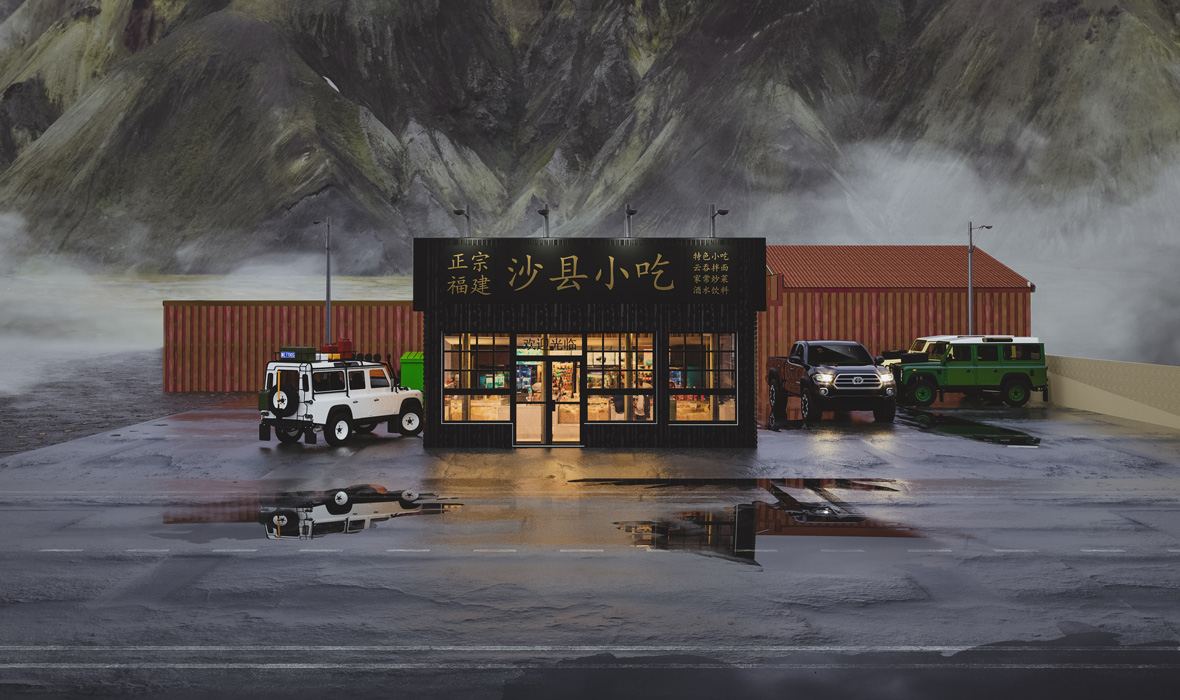
Weng’s Instagram bio consists of four simple words: “Reality is your perception.” He isn’t looking to preach this belief, but his visual expression does capture this viewpoint. “We all exist in this particular moment, but this moment may have seven billion parallel realities branching out,” he says. “Even though we’re living in this age of information, some discount the existence of parallel realities. People are all too obsessed with convincing people to buy into their own belief systems.”
In the future, Weng has hopes of extending his CG work beyond photography and putting it to use in other creative endeavors. He’s also interested in incorporating more elements of Chinese culture into his work: “In my reality, even a hole-in-the-wall Chinese restaurant can carry the infinite possibility of the entire cosmos.”
“感知即现实” 这句话出现在 Kefan 个人 Instagram 账户首页的简介部分。他并不希望以此来教化别人,而是通过海量的视觉语言对广义的现实提供某种可能性。他说:“我们都处于同一个时空,只是这个时空里有着七十亿个平行现实。当代互联网生活的一大矛盾就来自于对于平行现实的不接受不认可,人们总是执着的想去用自己的感知标准来说服和要求他人。”
未来,除了将 CG 渲染的技术运用在摄影领域,Kefan 还希望将更多交互、数字的创作方式融入作品中,也会考虑更多中国元素。他说:“在我的现实中,沙县小吃的征途是星辰大海。”
Like our stories? Follow us on Facebook and Instagram.
Instagram: @kefan404
Weibo: ~/kefan404
Contributor: Pete Zhang

